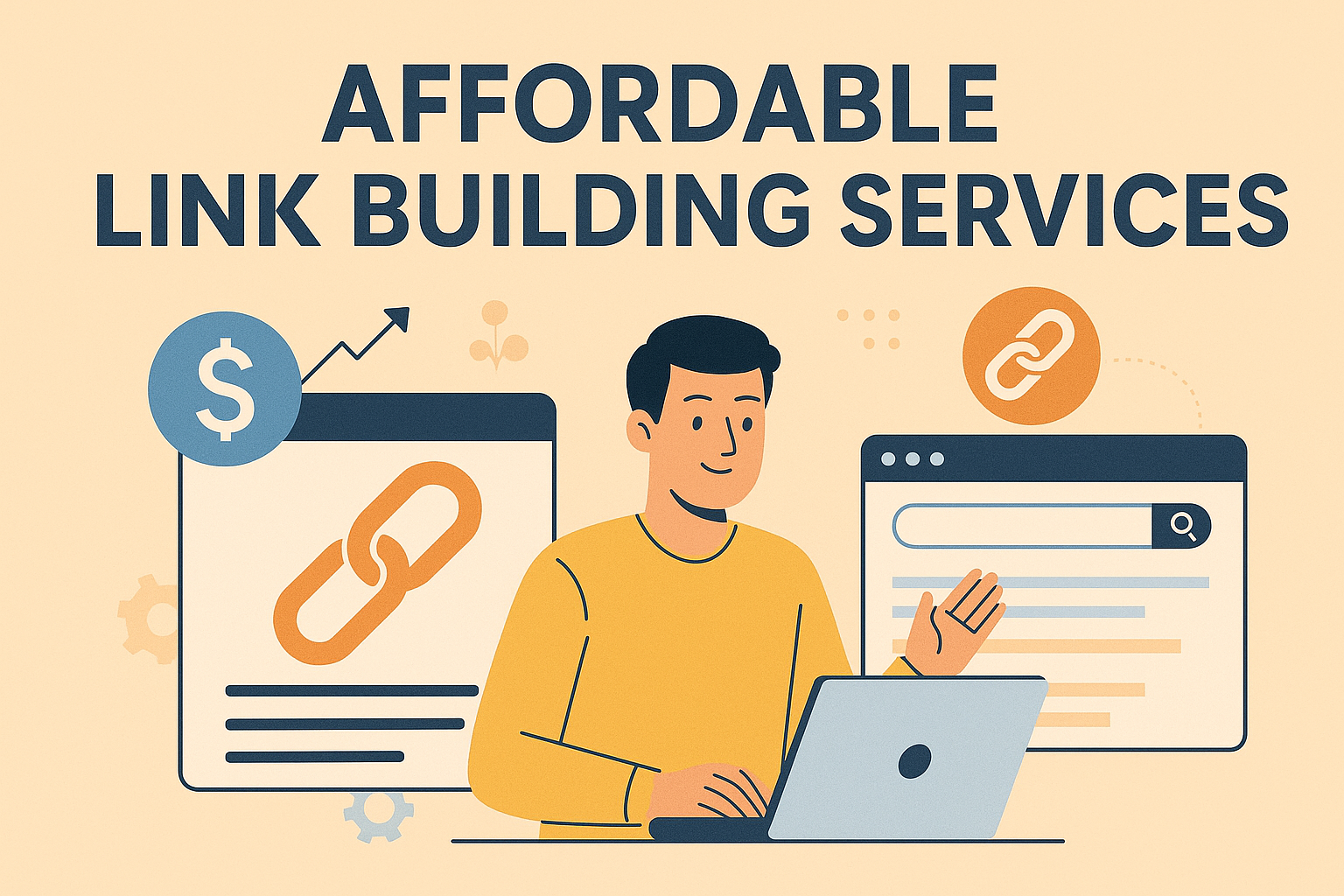Every company wants to stand out online, but choosing the right strategy can feel overwhelming. While paid ads deliver quick clicks, there’s another approach that builds lasting visibility without ongoing costs. Let’s talk about how organic search strategies work—and when they might not fit your goals.
Imagine planting seeds that grow into steady traffic over time. That’s the promise of a well-planned search strategy. Unlike paid campaigns that stop working the moment funding dries up, this method can keep your business visible for years. But it’s not a quick fix. Results take patience, and some industries face tougher competition than others.
Many assume it’s either a miracle solution or a waste of energy. The truth? It depends on your resources, timeline, and audience. This guide will help you cut through the noise. We’ll break down real-world benefits, like sustainable growth and higher ROI, alongside challenges like upfront effort and shifting algorithms.
By the end, you’ll know exactly how to decide if this approach aligns with your marketing priorities. No hype—just clear insights to help your company thrive online.
Key Takeaways
- Organic search strategies offer long-term visibility but require patience
- Upfront effort and resource allocation are critical factors for success
- Results vary significantly across industries and competition levels
- Balancing immediate needs with future growth is essential
- Regular adjustments are needed to keep up with algorithm changes
Overview of SEO in Today’s Digital Marketplace
The digital marketplace thrives on discovery, and search engine optimization acts as the compass guiding users to your doorstep. This practice transforms websites into magnets for organic traffic, connecting brands with customers actively searching for solutions. Unlike old tactics that manipulated rankings, modern strategies prioritize user value and technical precision.
Early approaches focused on stuffing pages with keywords. Today, search engines analyze context, quality, and intent. Over 53% of website visits start with unpaid results, making this approach a cornerstone of digital growth. Brands that master it gain consistent visibility without recurring ad costs.
Search platforms like Google now act as problem-solving partners. They match queries with content that answers real needs, not just keyword matches. This shift demands a strategic approach combining content quality, site speed, and authority signals.
For businesses, this means integrating search engine optimization into broader marketing efforts. It works alongside social media and email campaigns, creating a cohesive online presence. Companies ignoring these practices risk losing ground to competitors who speak their audience’s search language.
The stakes keep rising. As algorithms grow smarter, so must marketing strategies. What worked three years ago might now trigger penalties. Staying current isn’t optional—it’s how brands remain visible in today’s crowded digital space.
Understanding the seo pros and cons
Building a sustainable online footprint hinges on understanding core optimization principles. Let’s unpack the framework that makes websites visible to search engines while staying relevant to real users.
Defining Key Concepts in SEO
Modern search optimization operates on three fronts. On-page efforts refine content and page structure to match what audiences seek. Think of it as organizing a bookstore—clear signs, helpful staff, and well-stocked shelves guide visitors naturally.
Off-page tactics build credibility through external signals like backlinks and social shares. These act like word-of-mouth recommendations in digital form. Meanwhile, technical adjustments ensure search engines can efficiently crawl and index pages—similar to maintaining smooth roads for delivery trucks.
“Organic visibility isn’t bought—it’s earned through consistent value.”
Why Businesses Focus on SEO
With digital ad costs rising 25% year-over-year, companies seek lasting alternatives. Organic search delivers 5x more clicks than paid ads for top-ranking pages, according to recent studies. Users also trust natural results 2.3x more than sponsored listings.
This shift reflects changing consumer behavior. Over 70% of shoppers research products through search engines before purchasing. By aligning with these habits, businesses build authority while reducing reliance on fleeting ad campaigns.
Advantages of SEO for Business Growth
What separates thriving businesses from those lost in digital noise? Strategic visibility in search results acts as a silent salesforce working around the clock. Companies that master this approach unlock steady growth through qualified visitors who actively seek solutions.
Fueling Sustainable Visitor Growth
Appearing in top search positions puts your website before motivated shoppers. One study found pages ranking #1 receive 27% of all clicks—nearly 10x more than position #10. This organic traffic compounds over time, creating a self-sustaining growth engine.
| Factor | Paid Ads | Organic Traffic |
|---|---|---|
| Cost per click | $2-$50 | $0 after ranking |
| Click-through rate | 2-5% | 25-35% |
| Long-term value | Stops when budget ends | Lasts years |
Establishing Market Authority
High search rankings signal expertise to potential customers. Google’s E-E-A-T framework rewards content demonstrating real-world experience. Users perceive top-ranking sites as 68% more trustworthy than paid ads according to Search Engine Journal data.
“First-page rankings act like digital trust badges—they tell customers you’ve earned your place through merit.”
This credibility extends beyond search engines. Consistent visibility builds brand recognition, turning casual visitors into loyal advocates. Over time, your website becomes the go-to resource in your industry.
Disadvantages of SEO and Its Limitations
While search optimization offers lasting benefits, its challenges demand careful consideration. Organic growth operates on a different clock than paid advertising, requiring businesses to balance patience with persistence.
Lack of Instant Results and Guarantees
Expecting quick wins? Think again. Google’s guidance suggests up to 12 months for meaningful results. This timeline frustrates companies needing immediate visibility. Unlike paid ads, there’s no finish line—success depends on shifting ranking factors.
“Optimization is a dance with invisible partners,” remarks an industry expert.
Even experts avoid specific promises. Algorithm changes can wipe out progress overnight. One week you’re ranking well—the next, traffic drops mysteriously.
High Competition and Ongoing Maintenance
Established players dominate lucrative keywords, creating barriers for newcomers. Breaking into top spots demands exceptional content and technical precision.
Maintenance never sleeps. Monthly content refreshes, backlink checks, and speed tweaks become routine. Major algorithm updates—like Google’s core changes—force complete strategy overhauls. Skip one adjustment, and rankings might disappear.
When SEO Might Not Be the Best Approach
Not every marketing challenge calls for a long-term solution. While organic search strategies excel at building lasting visibility, certain situations demand different tactics. Let’s explore when shifting focus could benefit your company.
Scenarios Requiring Quick Results
Imagine needing immediate visibility for a product launch next week. Organic search moves at its own pace—sometimes taking 6-12 months to gain traction. For urgent cash flow needs or time-sensitive promotions, paid advertising often delivers faster outcomes.
Consider these scenarios:
- Startups needing to validate market demand within 90 days
- Seasonal businesses preparing for holiday rushes
- Companies entering markets with entrenched competitors
“When the clock’s ticking, paid ads become your best friend,” notes digital marketer Leah Simmons. “They’re like express lanes for reaching ready-to-buy audiences.”
Limited budgets also play a role. Small businesses might prefer allocating funds to social media campaigns or email marketing that show returns within weeks. Industries like local services or niche B2B sectors sometimes find better ROI through trade shows or partnerships.
| Factor | SEO | Paid Ads |
|---|---|---|
| Time to impact | 3-12 months | 24-48 hours |
| Budget flexibility | Fixed costs | Adjust daily |
| Traffic duration | Years | Campaign period |
Ultimately, aligning your strategy with business goals matters most. If building brand authority isn’t urgent, other channels might serve you better right now.
Exploring Diverse SEO Strategies and Techniques
Mastering digital visibility requires a three-pronged approach. While many focus solely on content creation, true success comes from harmonizing front-end polish, external credibility, and technical precision. Let’s examine how these elements work together.
On-Page Optimization: Your Digital Storefront
Think of your website as a physical store. Clear signage (title tags) guides visitors, while organized shelves (heading structure) help them find products. Strategic keyword placement acts like product labels—specific enough to attract the right shoppers without overwhelming them.
Key elements include:
- Meta descriptions that spark curiosity
- URLs readable at a glance
- Internal links connecting related ideas
“Optimizing pages is like training sales staff—they need to understand both customer needs and inventory strengths,” explains marketing strategist Rachel Nguyen.
Building Beyond Your Website
External signals tell search engines others vouch for your expertise. Quality backlinks function like professional endorsements, while social shares act as word-of-mouth referrals. Meanwhile, technical adjustments ensure your site meets modern standards:
| Focus Area | Tools | Impact |
|---|---|---|
| Indexing | XML sitemaps | Faster discovery |
| Accessibility | Mobile optimization | Broader reach |
| Performance | Speed enhancements | Lower bounce rates |
Balancing these strategies creates a resilient foundation. Regular content updates keep your offerings fresh, while technical audits prevent invisible barriers. Remember—visibility grows when every piece works in concert.
Leveraging SEO to Enhance User Experience
A website’s true test isn’t just visibility—it’s how visitors feel when they arrive. Strategic optimization bridges technical precision with human needs, creating spaces where users want to stay and explore.
Speed as the New Currency
Pages taking longer than 3 seconds to load lose 40% of visitors. Search engines notice this too—Google prioritizes fast-loading content in rankings. Tools like Lighthouse help identify slowdowns caused by bulky images or complex code.
“Speed optimization isn’t luxury—it’s survival. Users equate quick loads with reliability.”
Mobile users demand even faster responses. Over 60% of searches happen on phones, making responsive design non-negotiable. A mobile-friendly site adapts content seamlessly across devices, keeping engagement high.
Navigation That Guides Naturally
Confusing menus drive visitors away. Clear hierarchies with descriptive labels help both users and search bots. Internal links act like tour guides, connecting related topics while spreading ranking power.
Consider these improvements:
- Breadcrumb trails showing location within the website
- Search bars predicting queries as users type
- Footer menus highlighting key service pages
These tweaks reduce bounce rates while helping crawlers map your site structure. Analytics heatmaps often reveal unexpected navigation patterns—use these insights to refine paths.
When technical adjustments meet thoughtful design, magic happens. Pages rank higher, visitors stay longer, and conversions climb. It’s the ultimate win-win in digital strategy.
Balancing SEO Efforts with Other Marketing Channels
Building a strong online presence requires more than one tool in your marketing toolkit. While organic strategies excel at long-term growth, blending them with paid campaigns creates a safety net for immediate needs. The trick lies in making these channels amplify each other’s strengths.
Smart Integration of Paid and Organic Tactics
Paid advertising acts like a spotlight—it shines brightly but burns fuel quickly. Use it to grab attention for time-sensitive offers or untested markets. Once you identify high-performing keywords through ads, shift focus to sustainable content creation around those terms.
“Paid campaigns are our lab experiments—they reveal what resonates before we scale through organic efforts.”
Consider this comparison:
| Approach | Best For | Investment |
|---|---|---|
| SEO | Brand authority | Time + expertise |
| Paid Ads | Quick launches | Daily budget |
Content marketing fuels both strategies. Blog posts ranking organically can be repurposed into ad copy, while social media snippets drive traffic to optimized landing pages. This cross-pollination stretches your budget further.
Three rules for harmony:
- Allocate 60% of budget to evergreen strategies
- Use paid clicks to validate new keywords
- Retire underperforming ads to fund content upgrades
By letting each channel play to its strengths, you build a resilient marketing mix. Immediate wins fund long-term growth, while organic rankings reduce future ad dependence. It’s not either/or—it’s smart layering.
Measuring SEO Success and Tracking Results
Tracking digital performance requires more than gut feelings—it demands precise measurement. While rankings grab attention, true success lies in how visitors interact with your content. Let’s explore the metrics that reveal real progress.
Key Performance Indicators to Watch
Focus on three core areas:
- Organic growth patterns: Month-over-month visitor increases
- Engagement depth: Time spent per page and scroll behavior
- Conversion pathways: Form submissions or purchases from search visitors
| Metric | Impact | Tracking Tool |
|---|---|---|
| Click-through rate | Content relevance | Search Console |
| Bounce rate | Page quality | Google Analytics |
| Local visibility | Regional reach | BrightLocal |
Analytics Tools and Strategic Adjustments
Modern platforms turn raw numbers into actionable insights. Heatmaps show where users linger, while session recordings reveal navigation struggles. Combine these tools to spot trends:
“Data without context is noise. Look for patterns that explain why numbers change.”
Set up custom dashboards to monitor brand search volume alongside competitor movements. Regular reporting helps teams prioritize updates—like refreshing outdated content or fixing slow-loading pages. Remember: Small tweaks often create big ripples in performance.
Common SEO Pitfalls and How to Avoid Them
Even the best-planned journeys hit roadblocks—digital strategies are no exception. Many businesses trip over preventable errors that stall their progress. Recognizing these traps early helps maintain momentum toward lasting visibility.
Keyword Overload and Copycat Content
Forcing keywords into sentences like puzzle pieces irritates readers and alarms search engine algorithms. Modern systems detect unnatural phrasing, often pushing such pages lower in results. Duplicate material creates similar issues—why would platforms showcase identical content across multiple sites?
Tools like Copyscape help spot unintentional repetition. Regular audits ensure your pages offer fresh perspectives rather than reheated ideas. Remember: Quality trumps quantity every time.
Cultivating Sustainable Practices
Building credibility requires patience. Avoid shortcuts like purchasing backlinks from dubious sources—these often backfire. Instead, focus on earning mentions through valuable content that others want to share.
Three maintenance habits prevent most issues:
- Monthly checks for broken links
- Quarterly content updates
- Annual technical audits
Platforms like Google Search Console provide free alerts for critical errors. Addressing these promptly keeps your site in good standing while adapting to evolving search engine expectations.

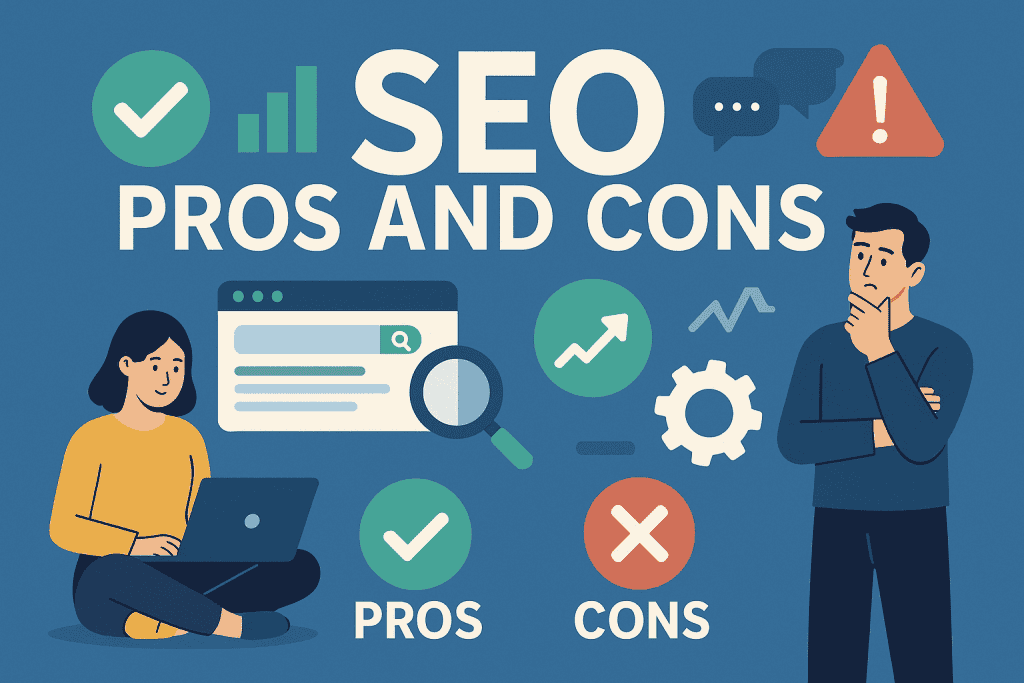
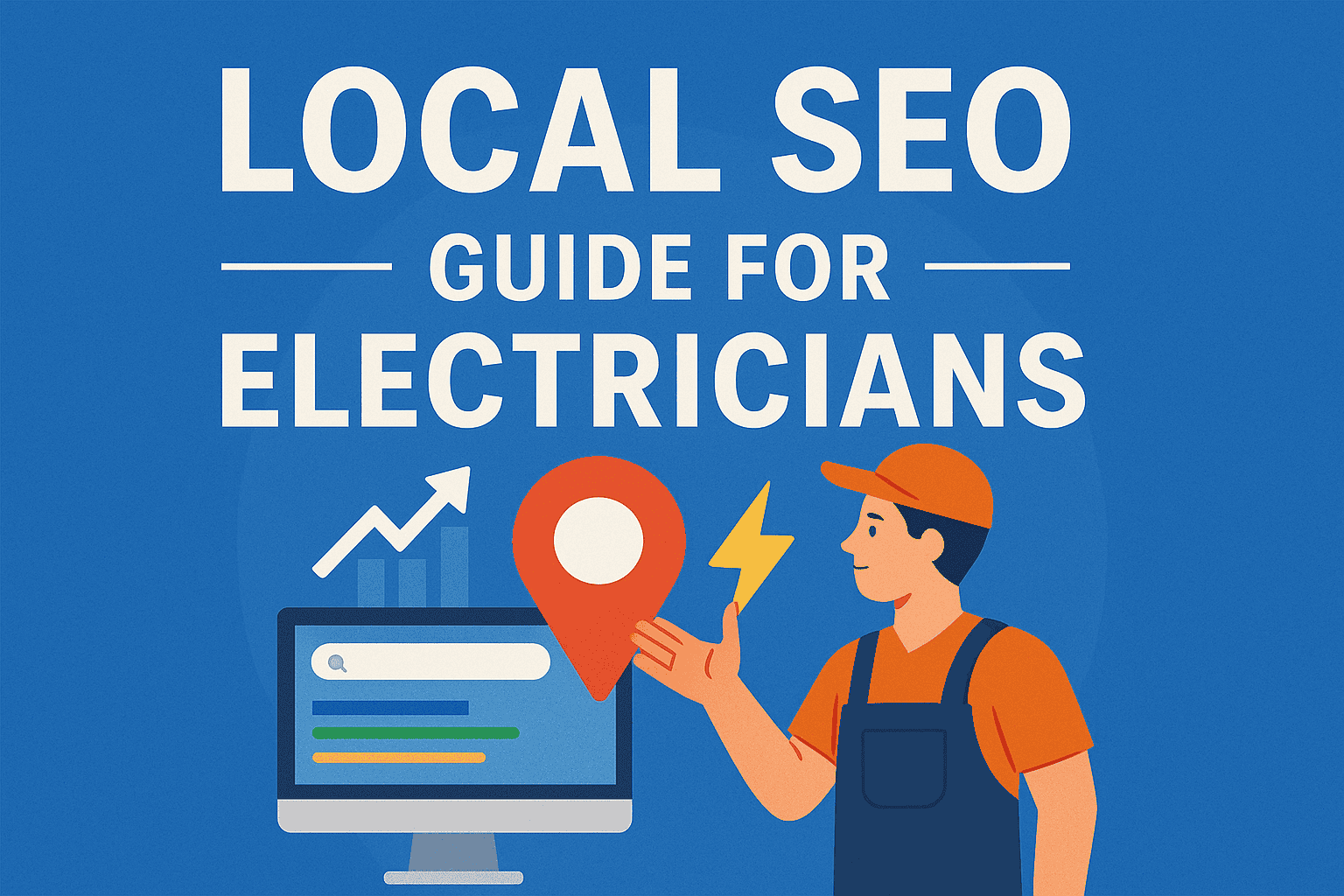
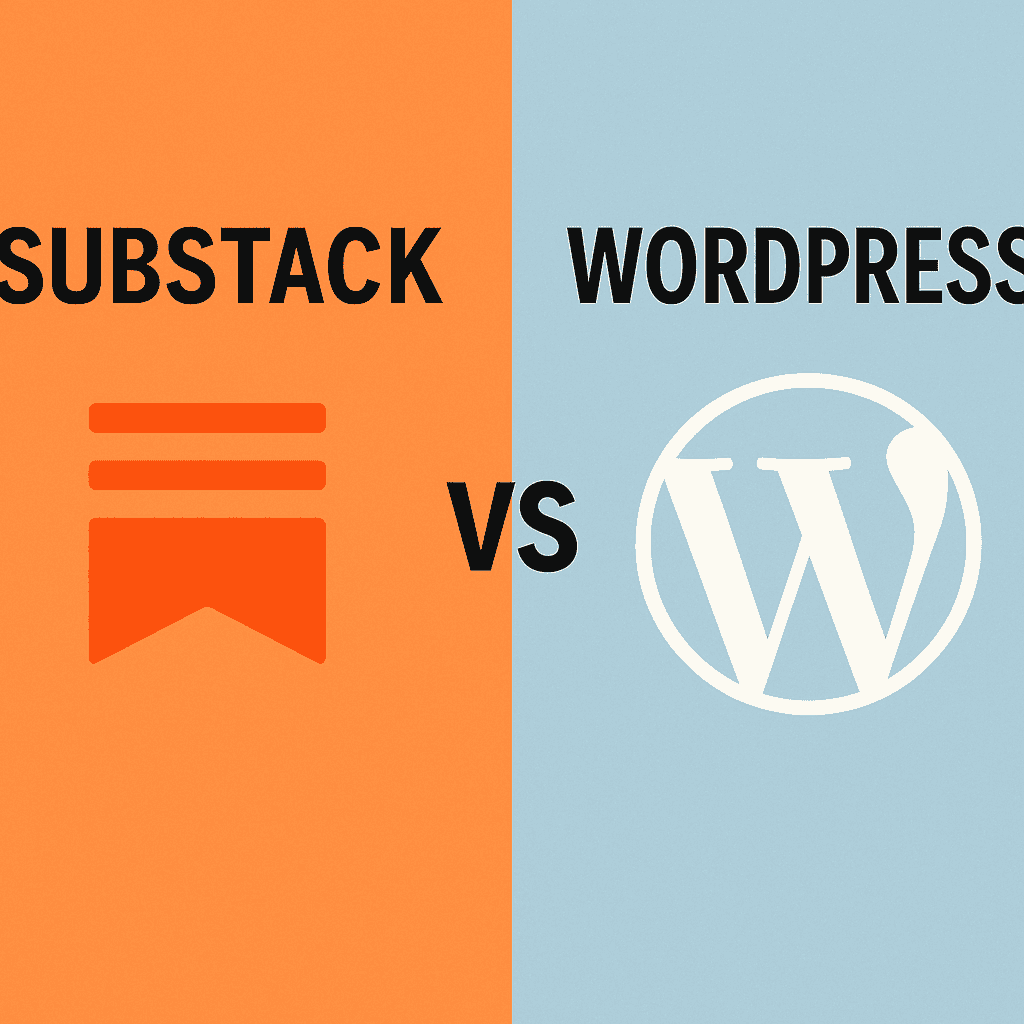

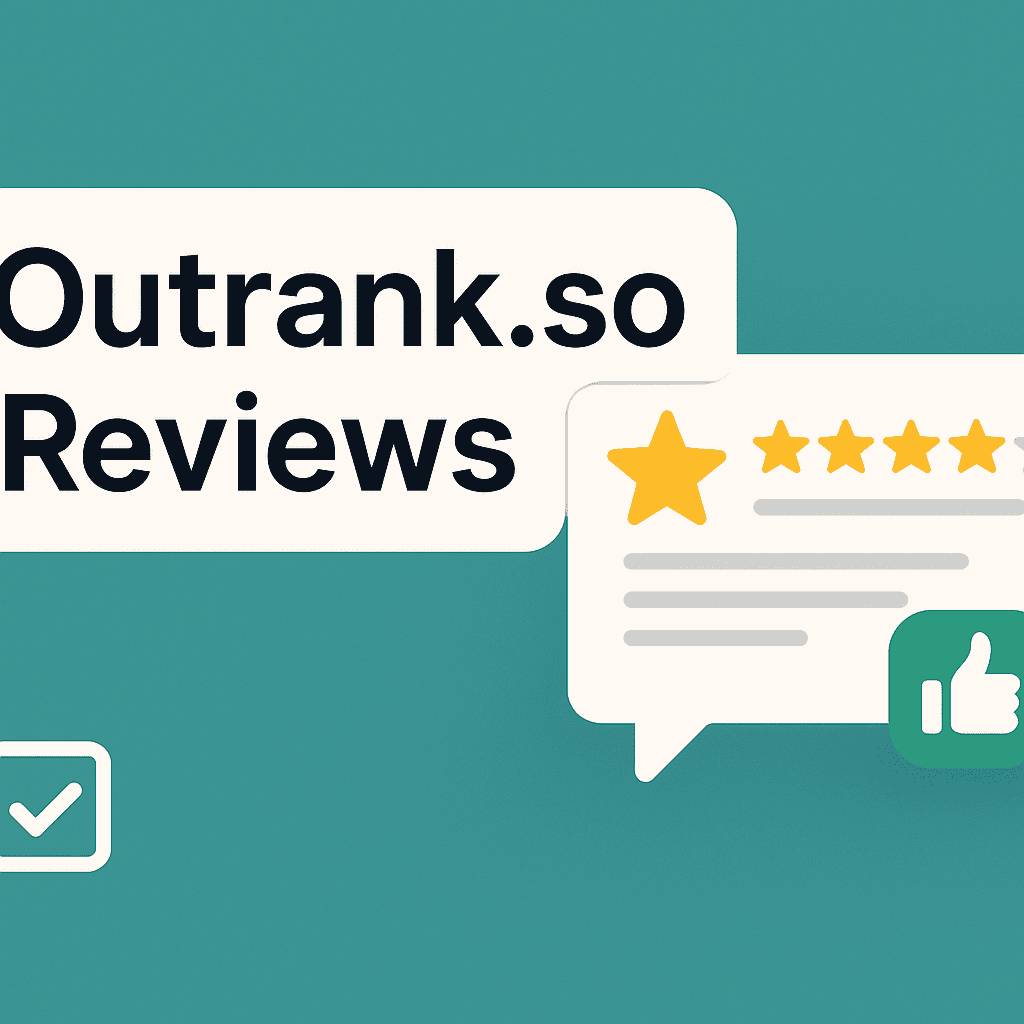
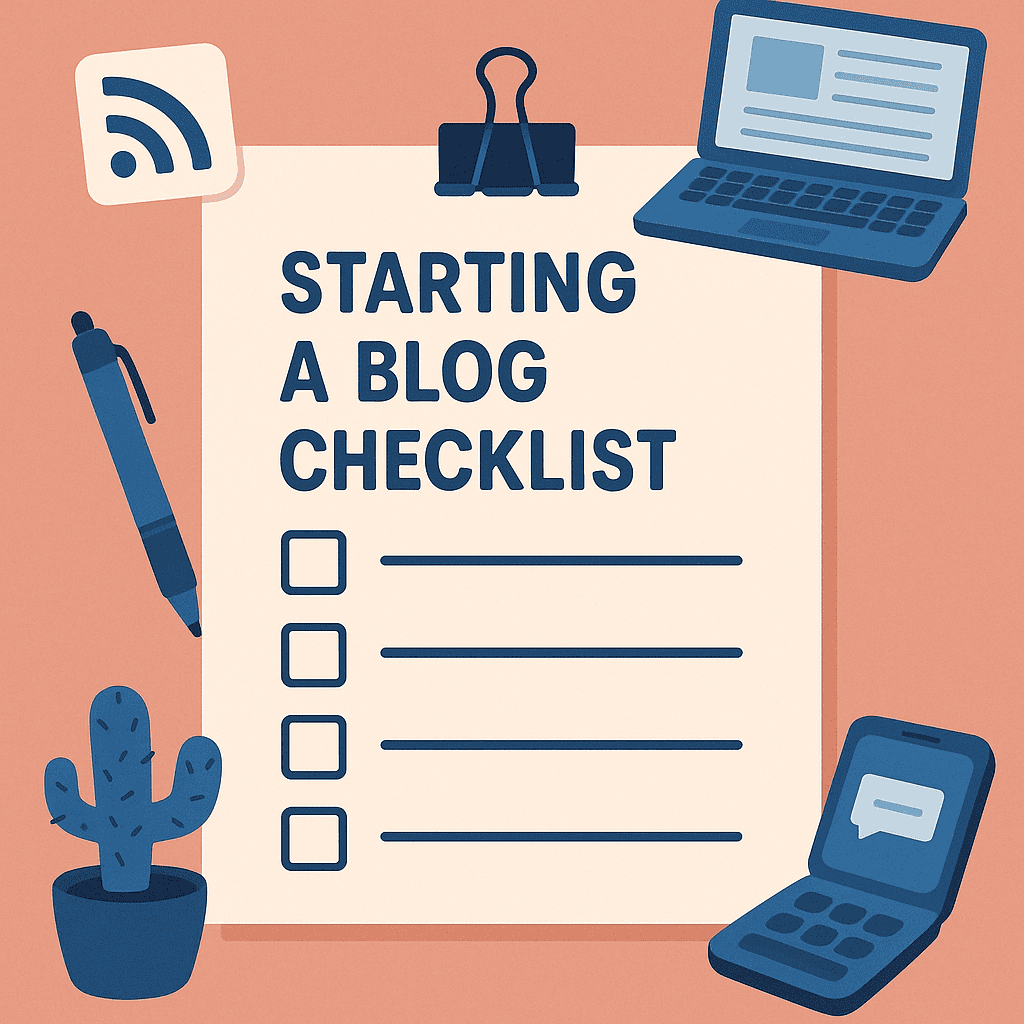
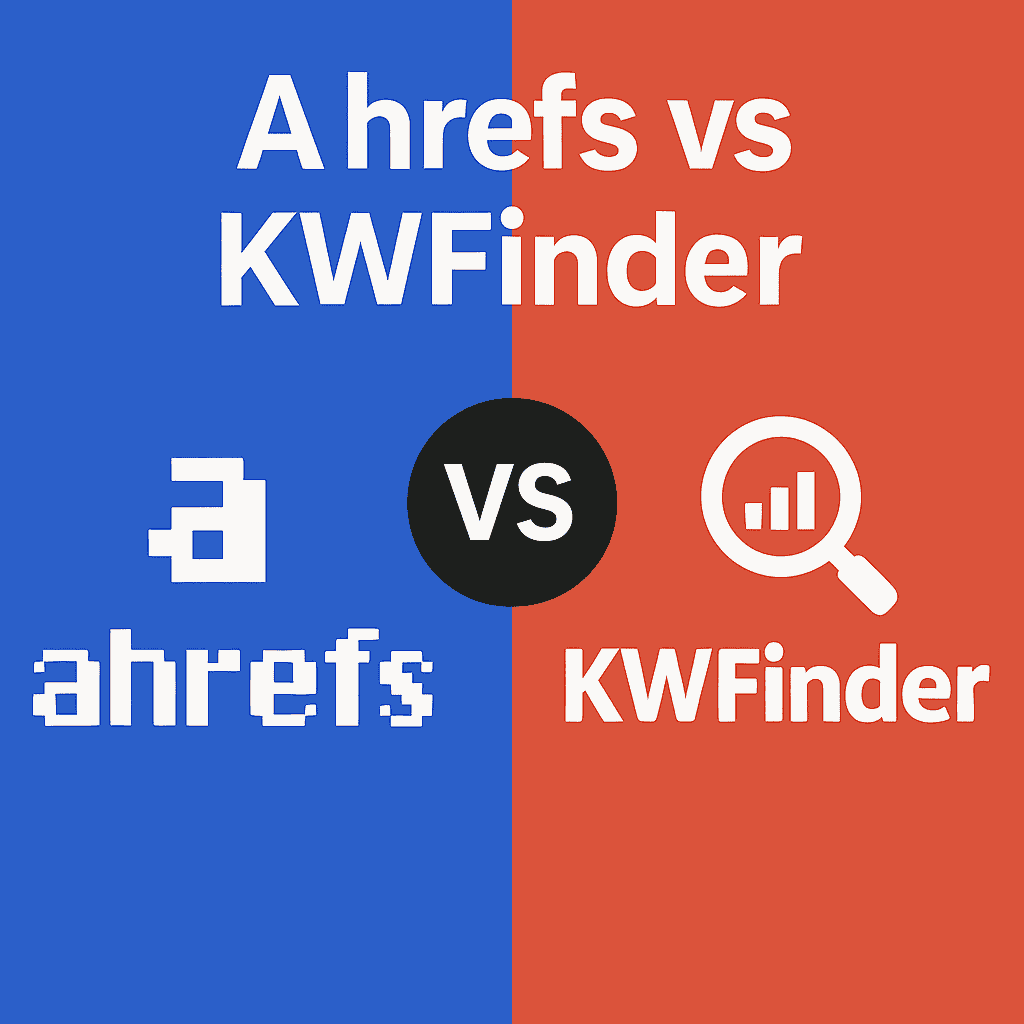
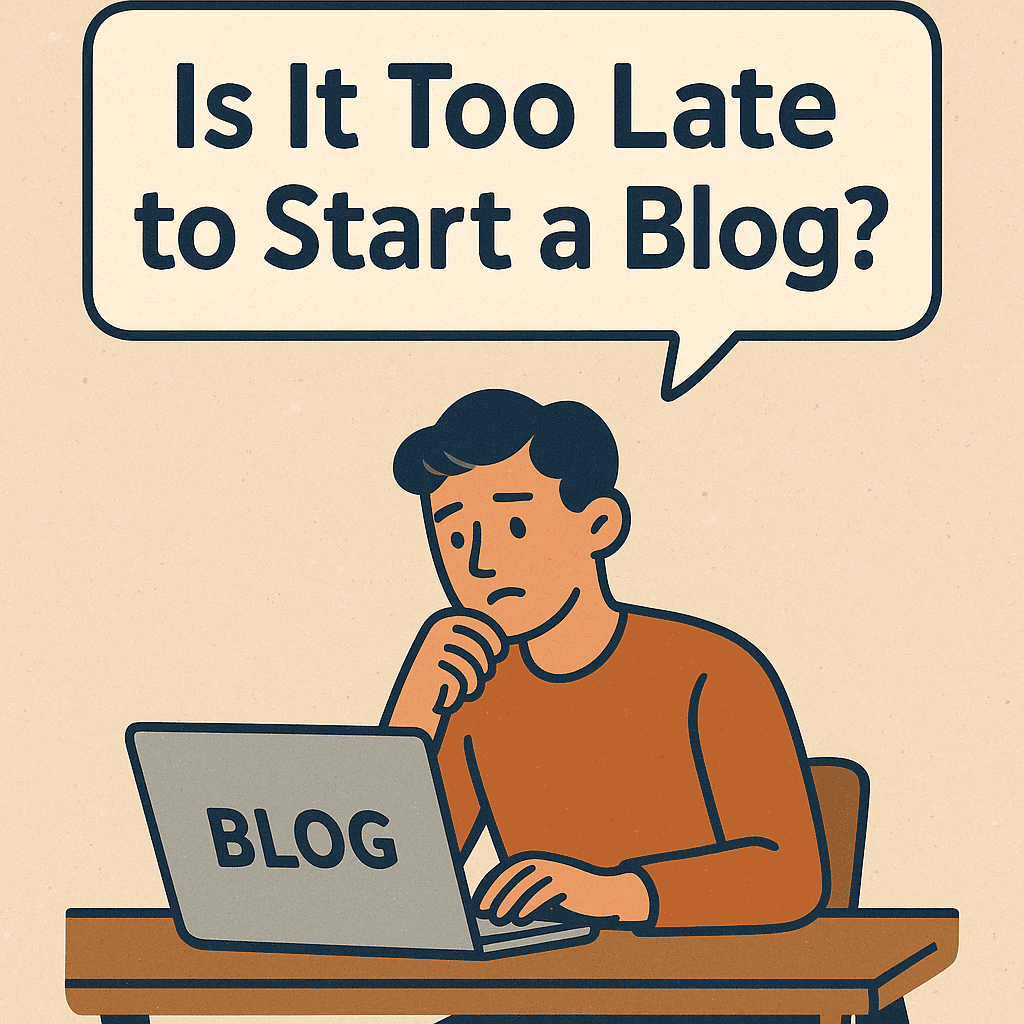
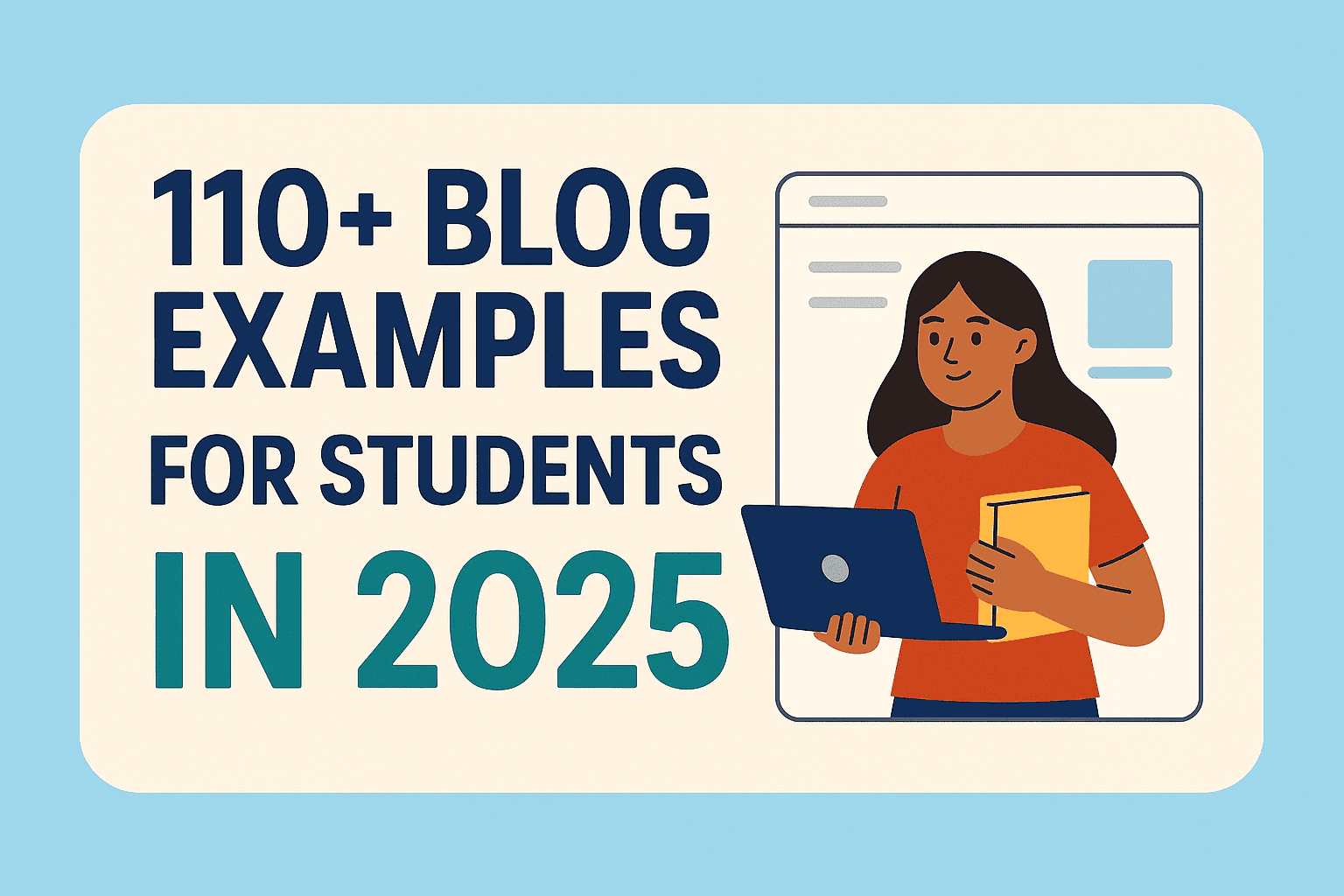
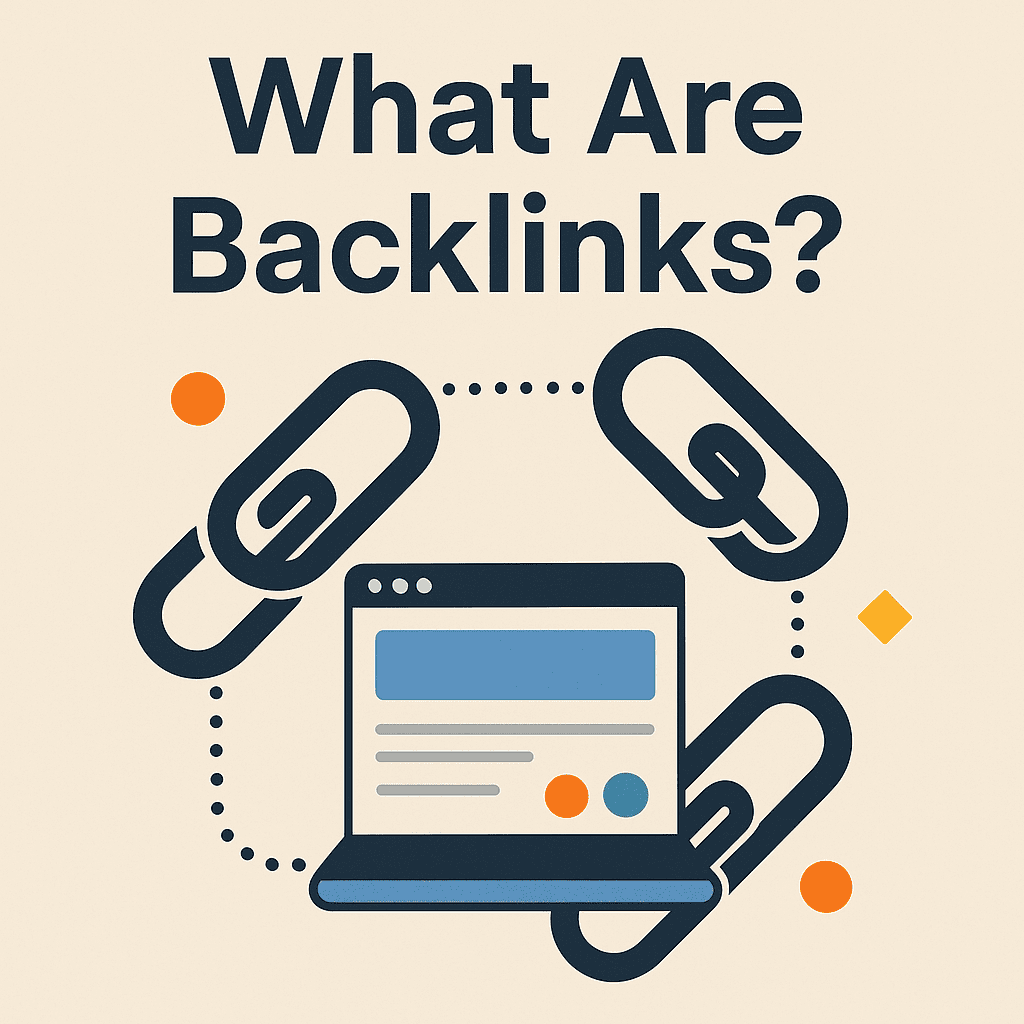
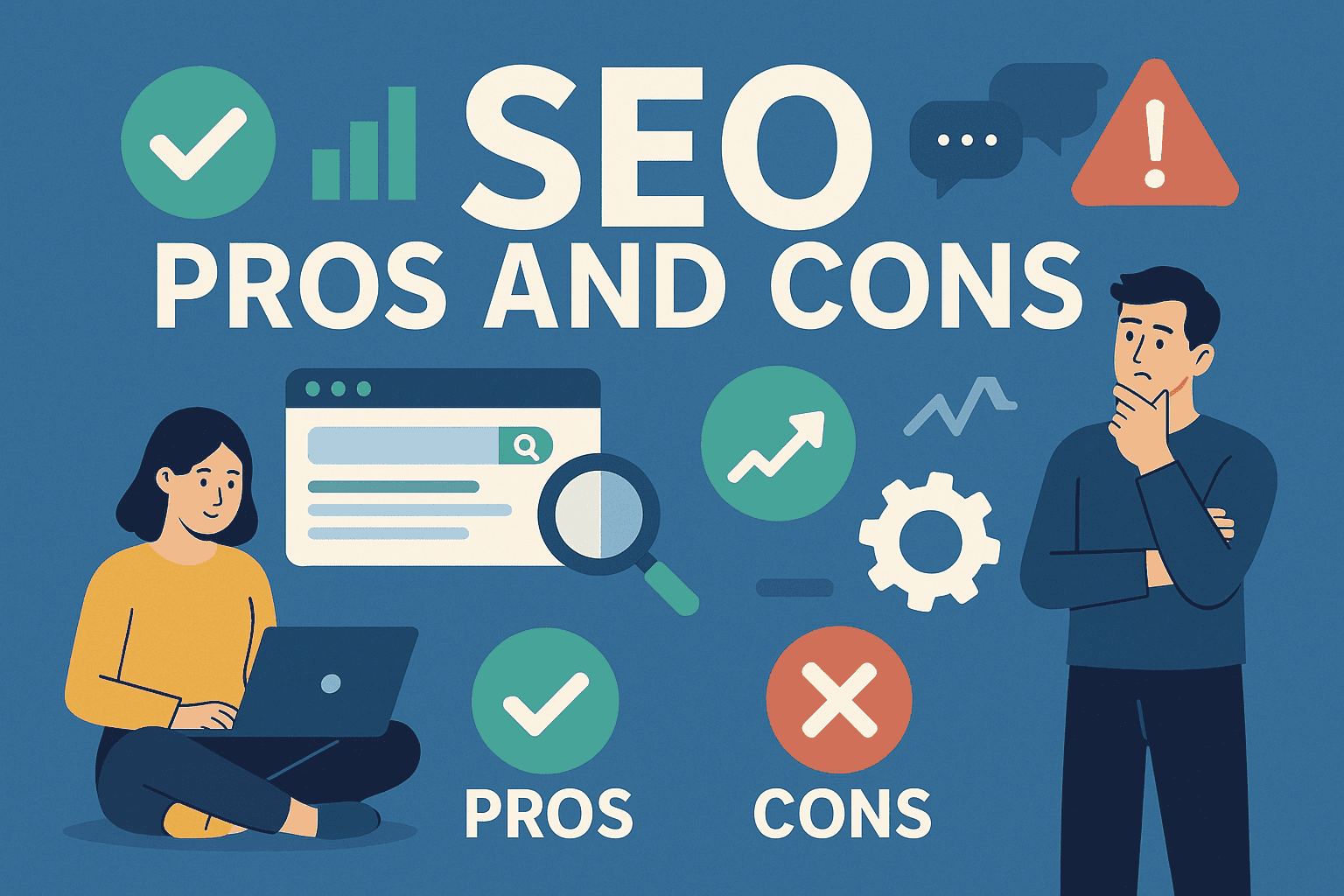
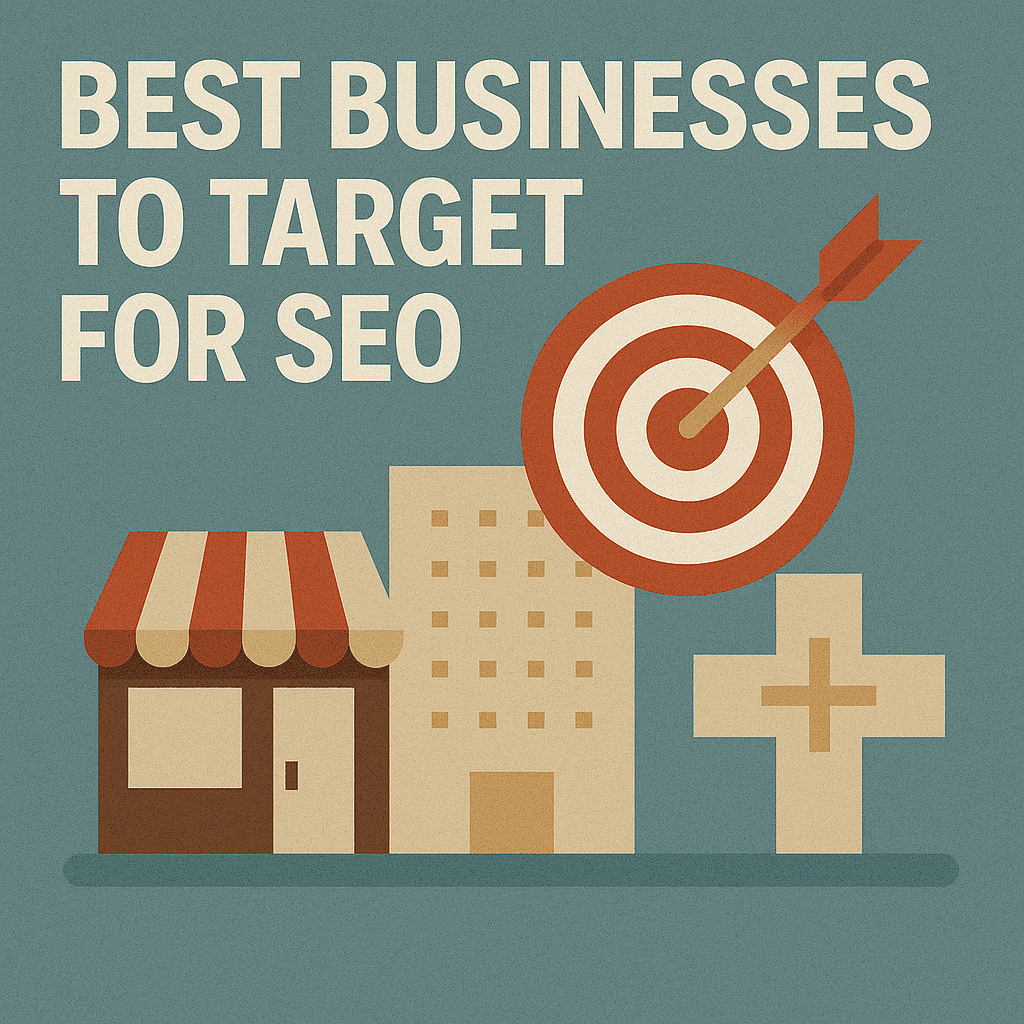
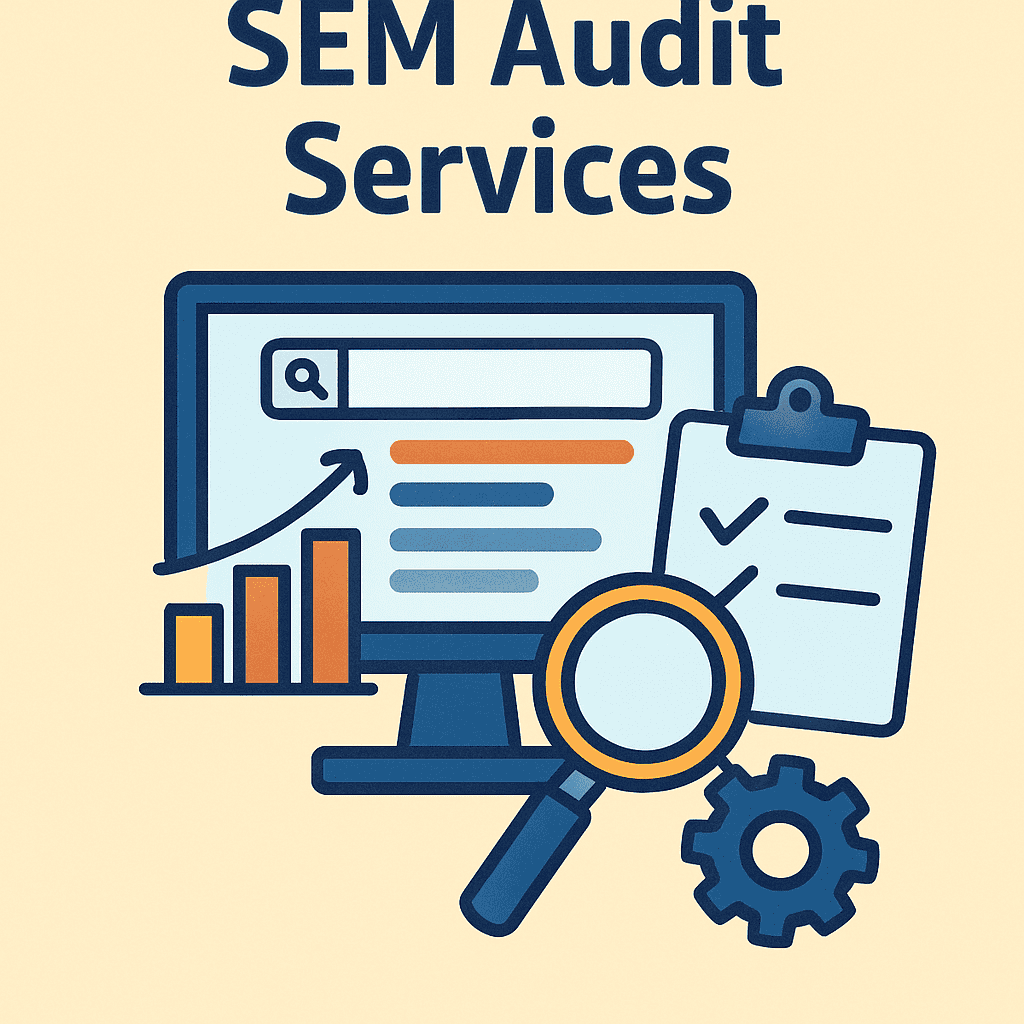
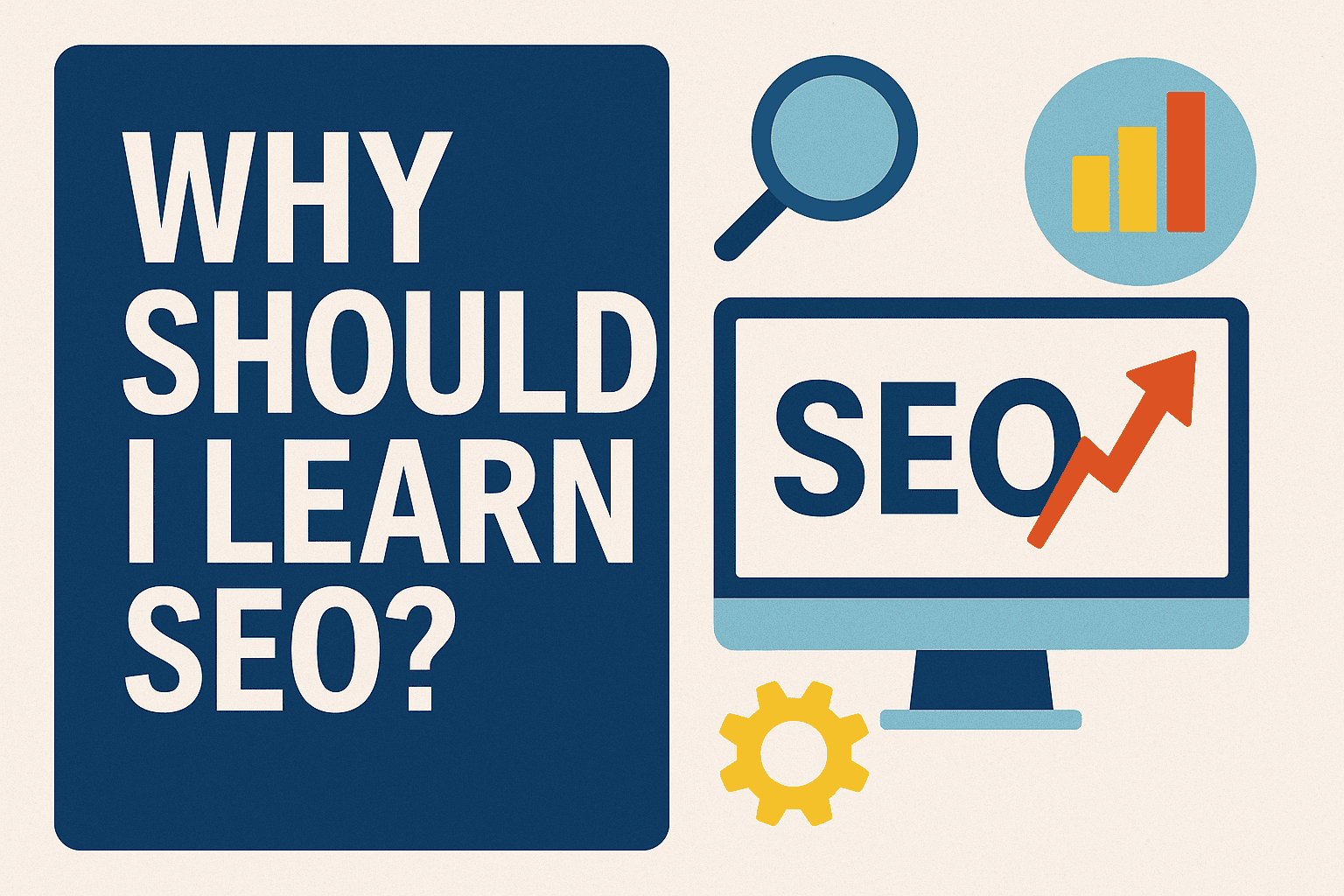
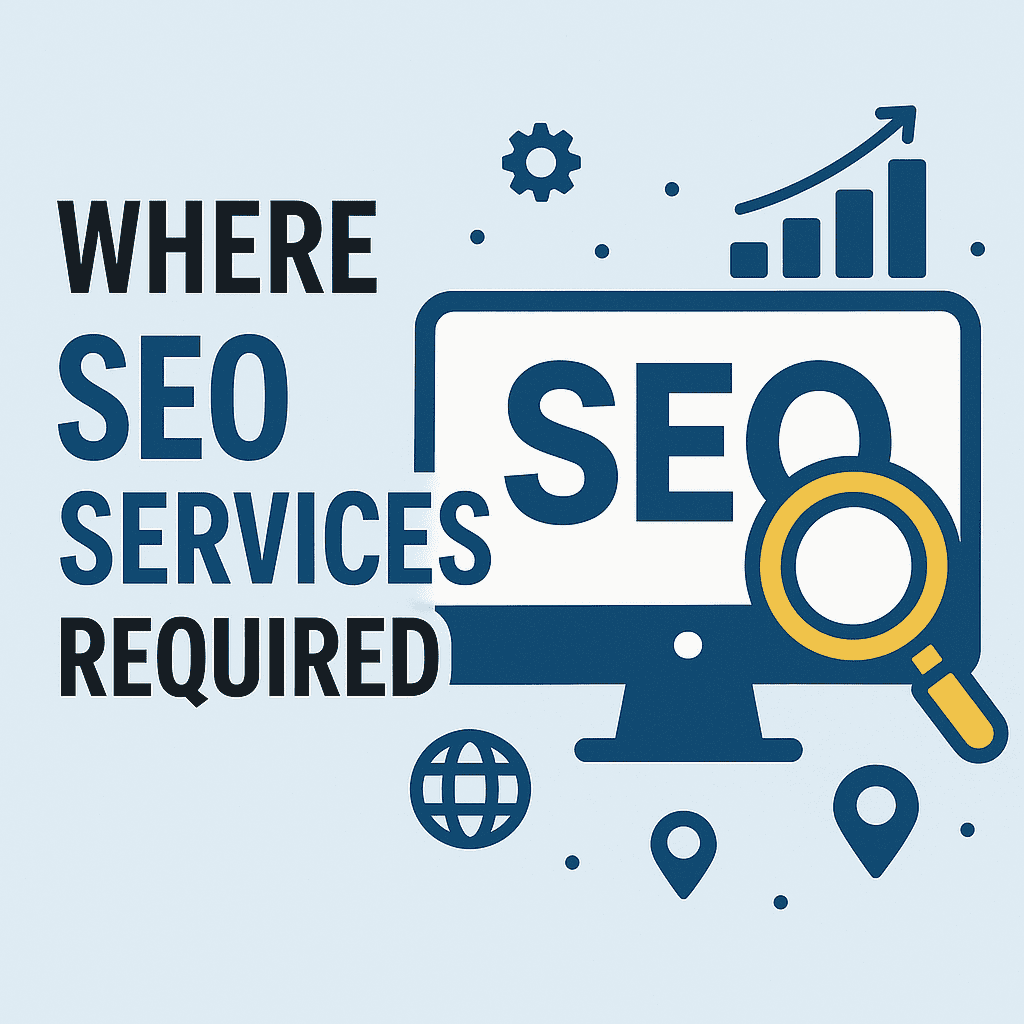
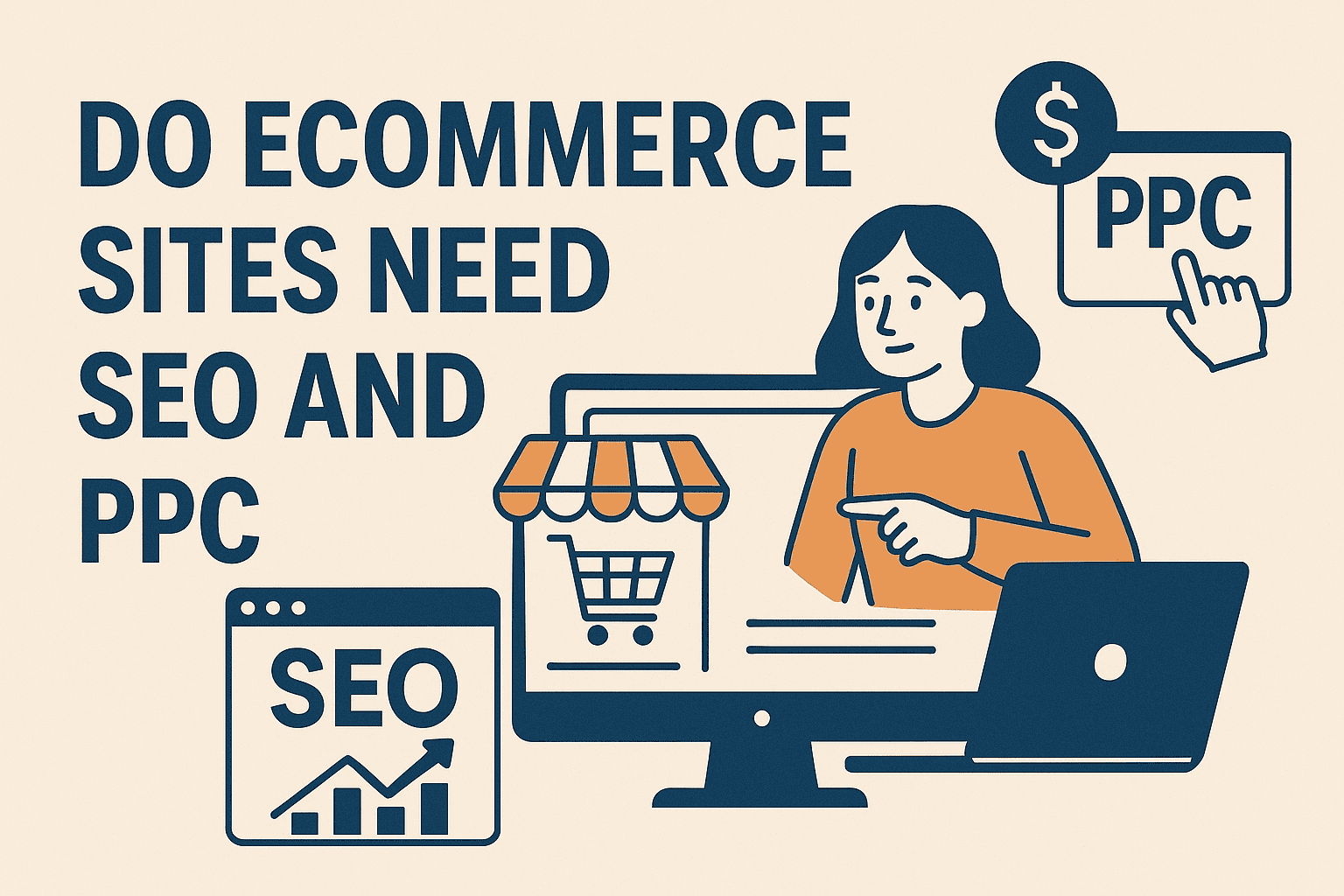
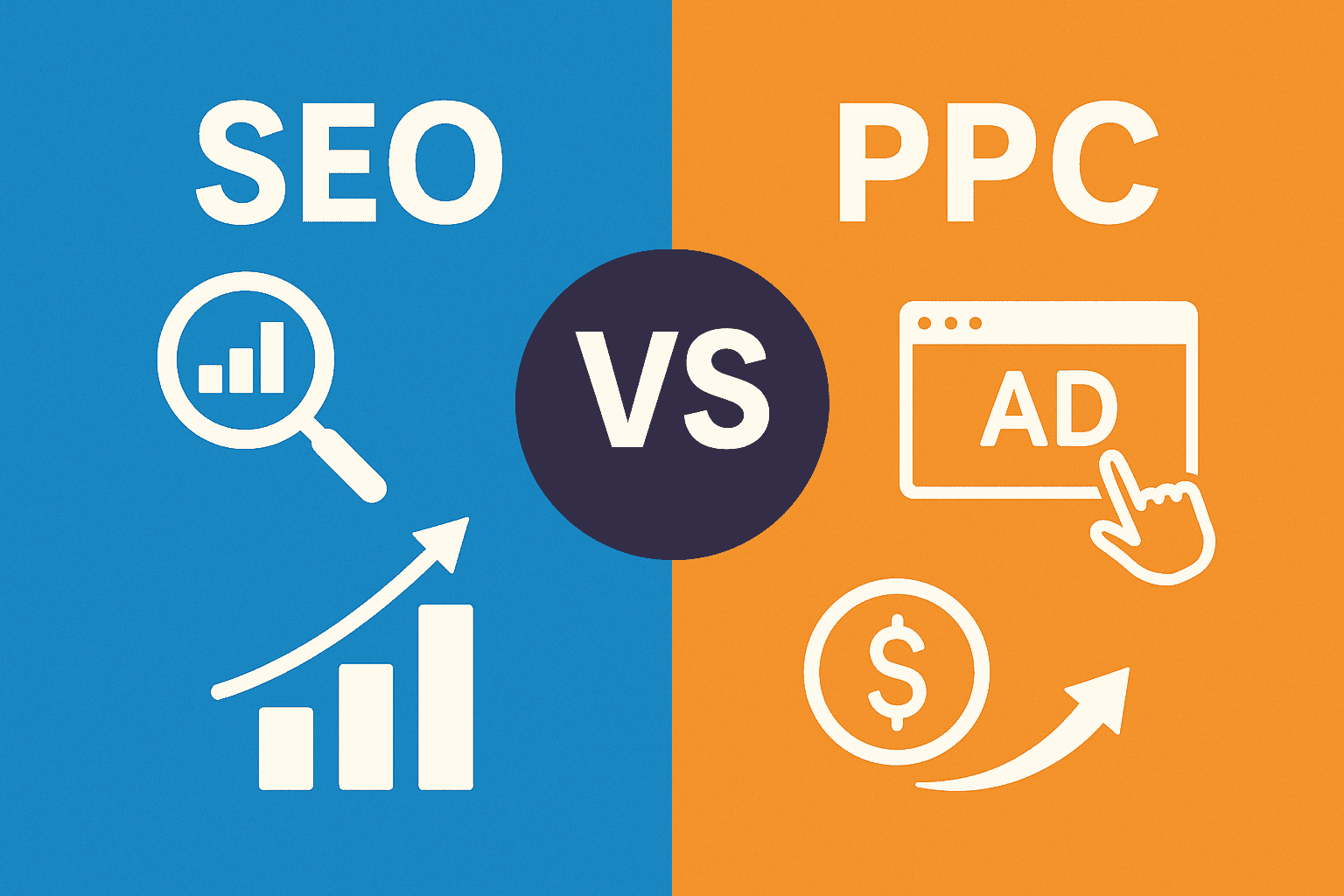
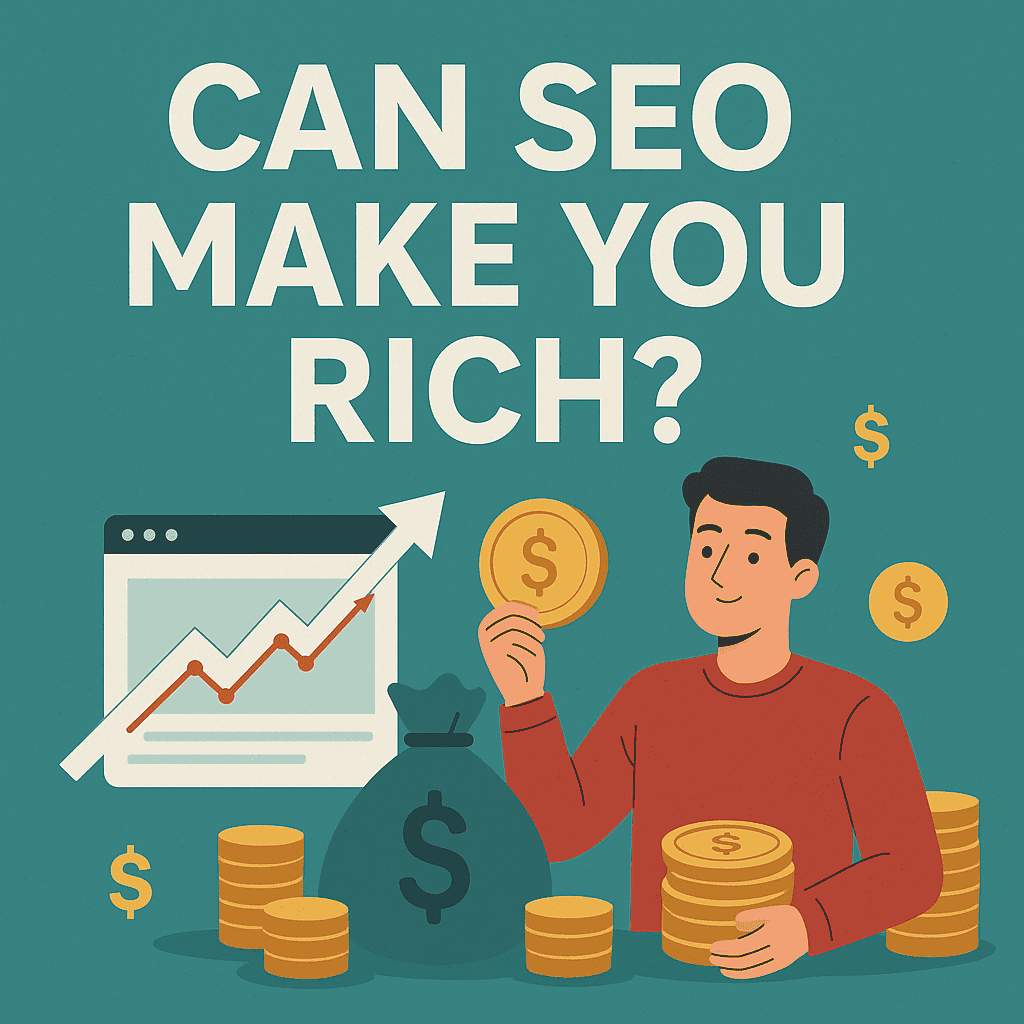
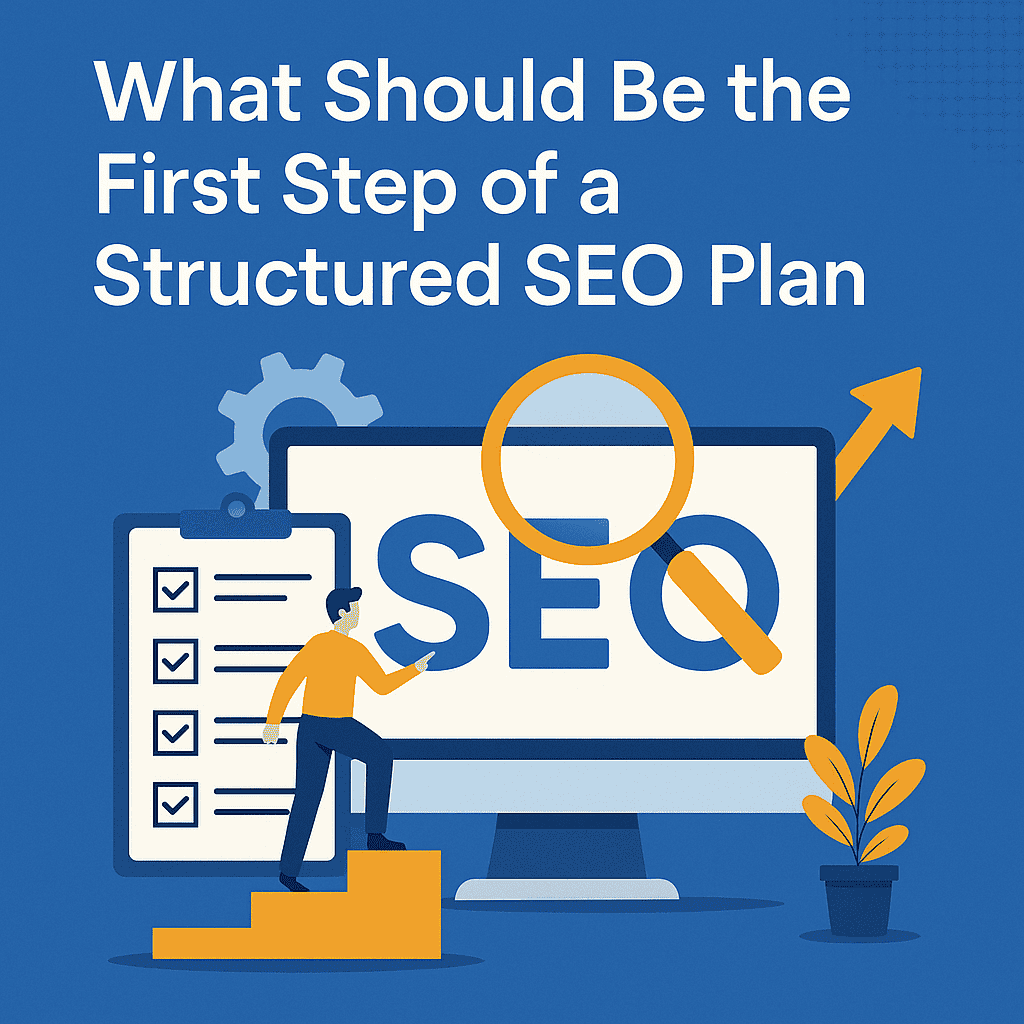
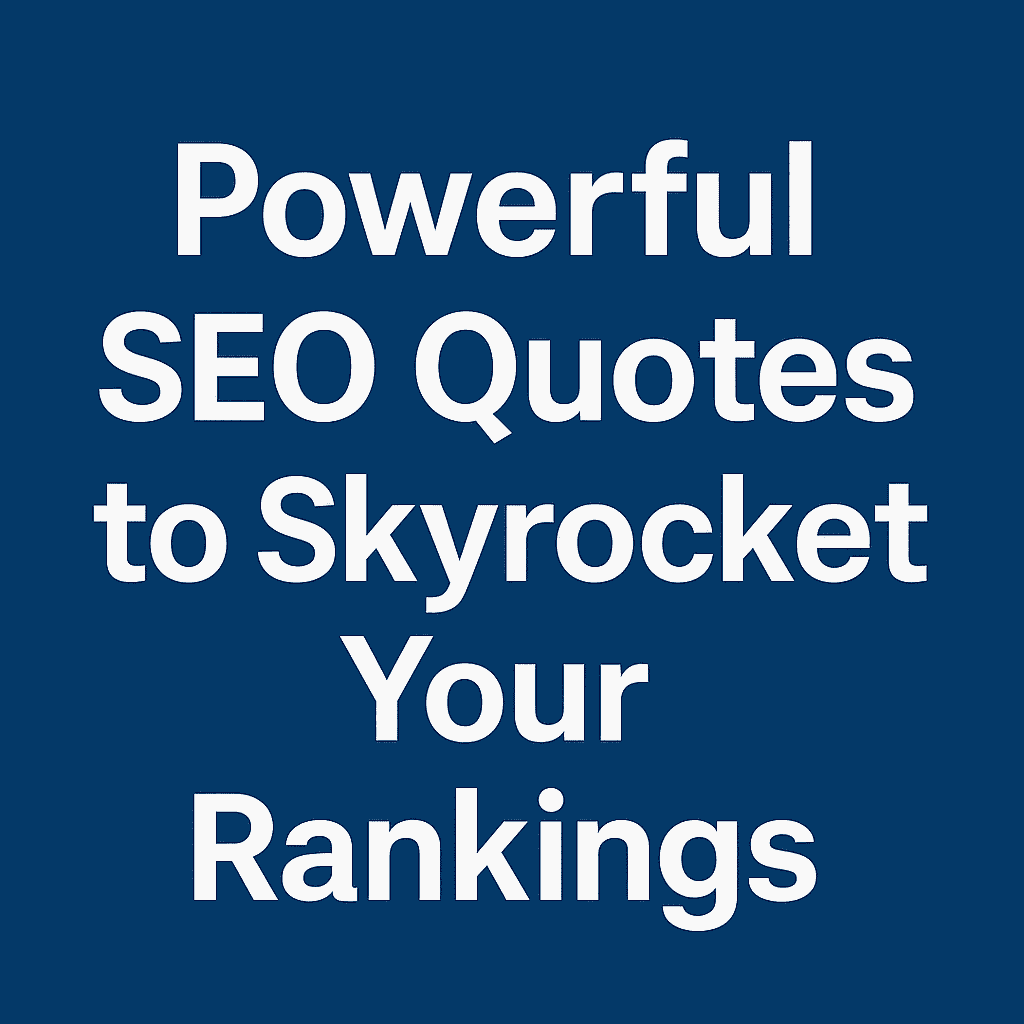
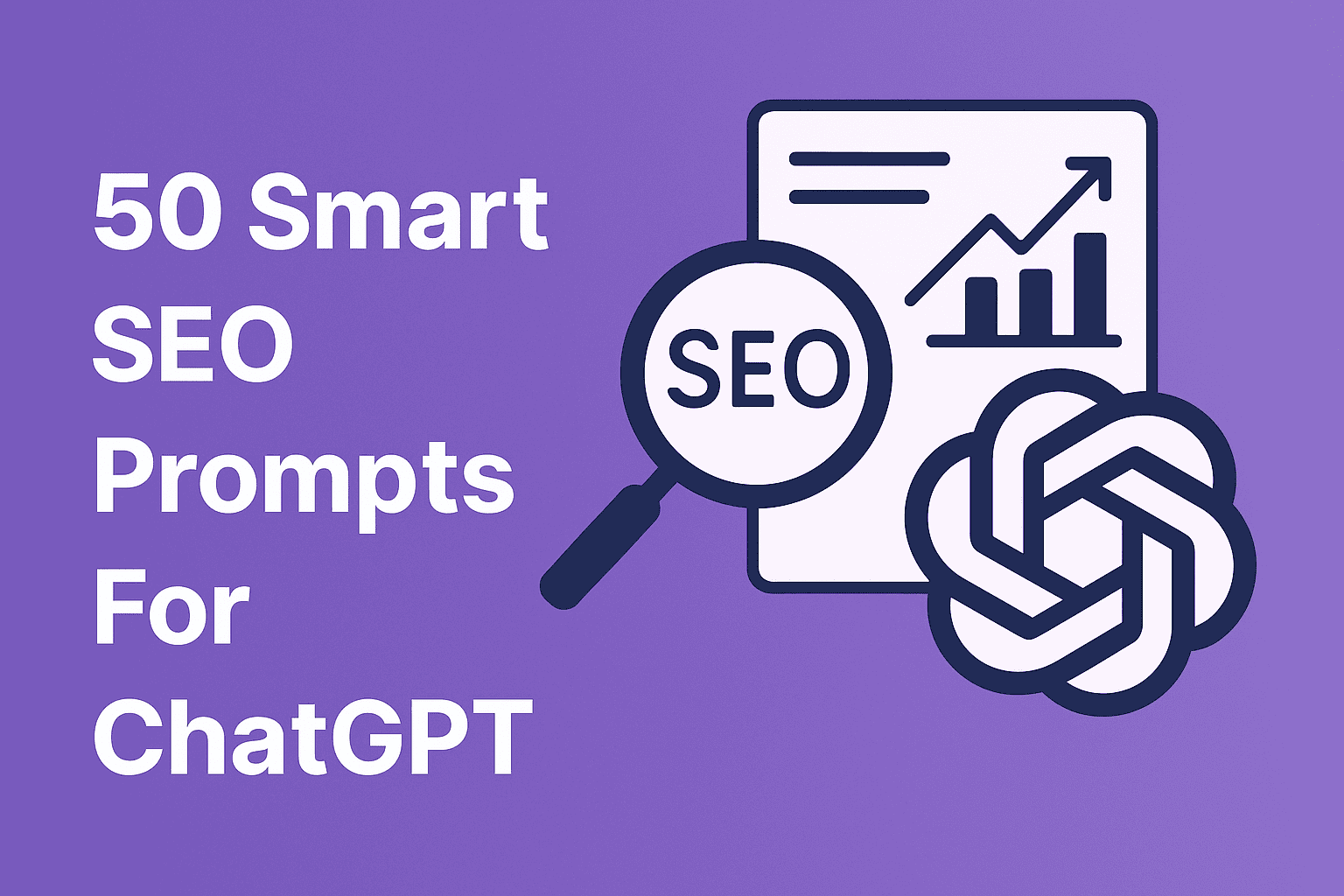
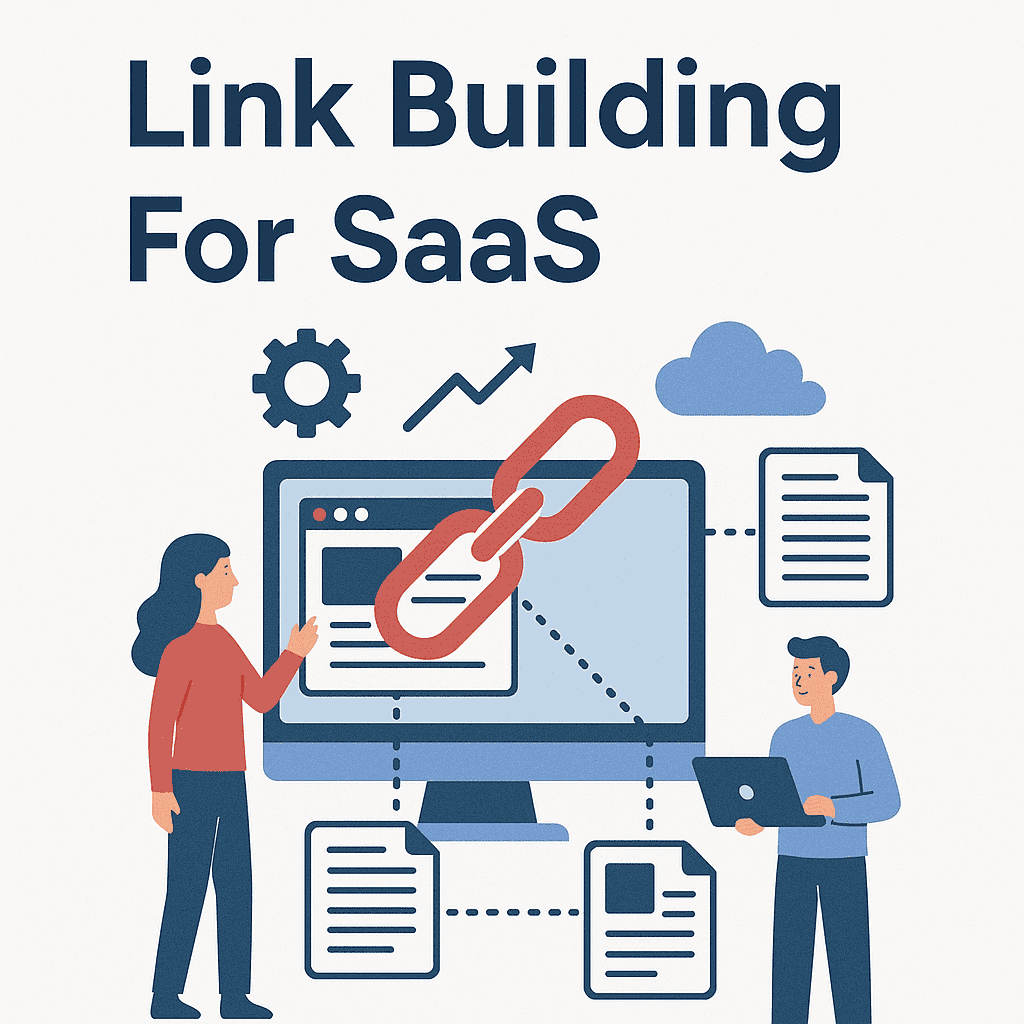
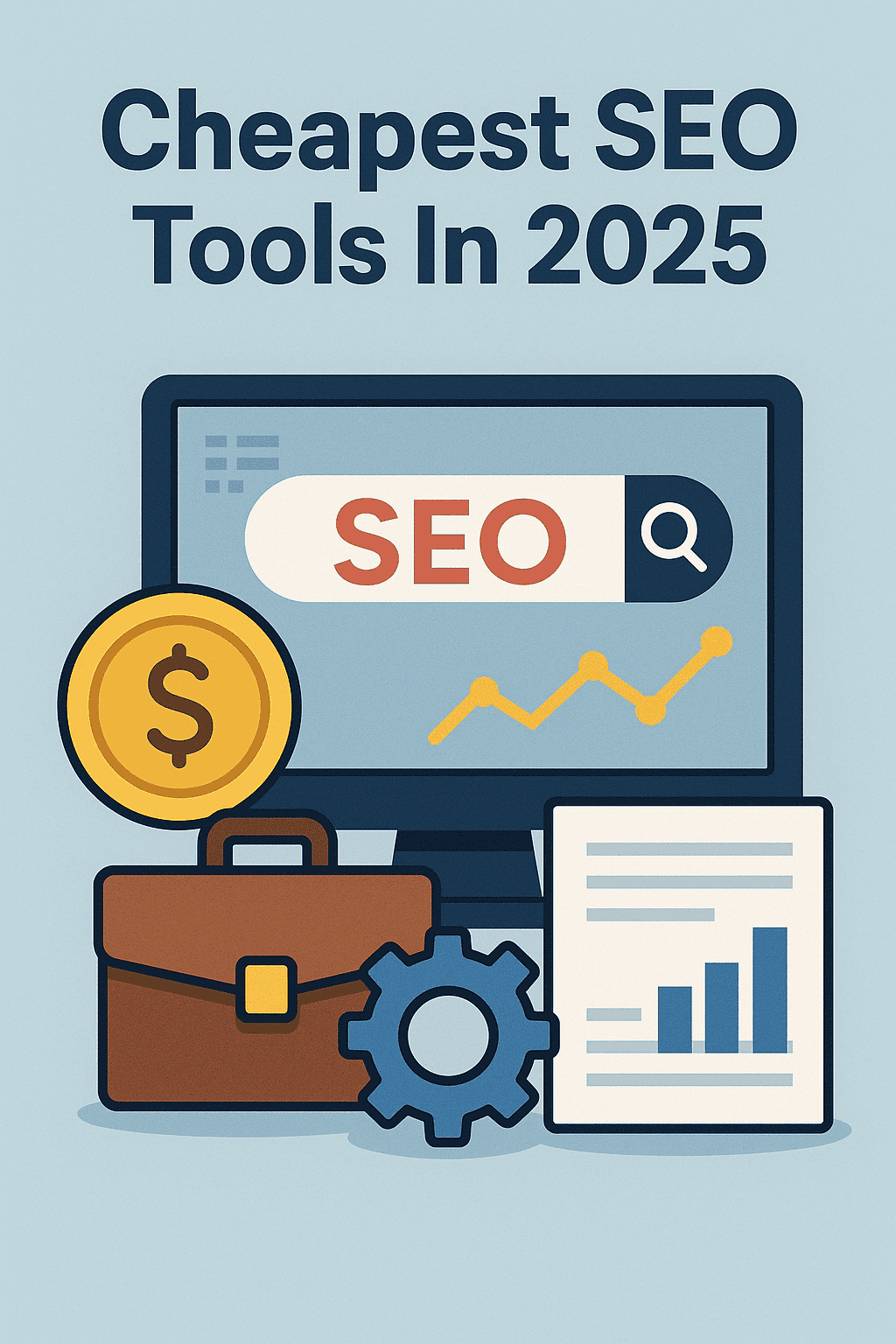
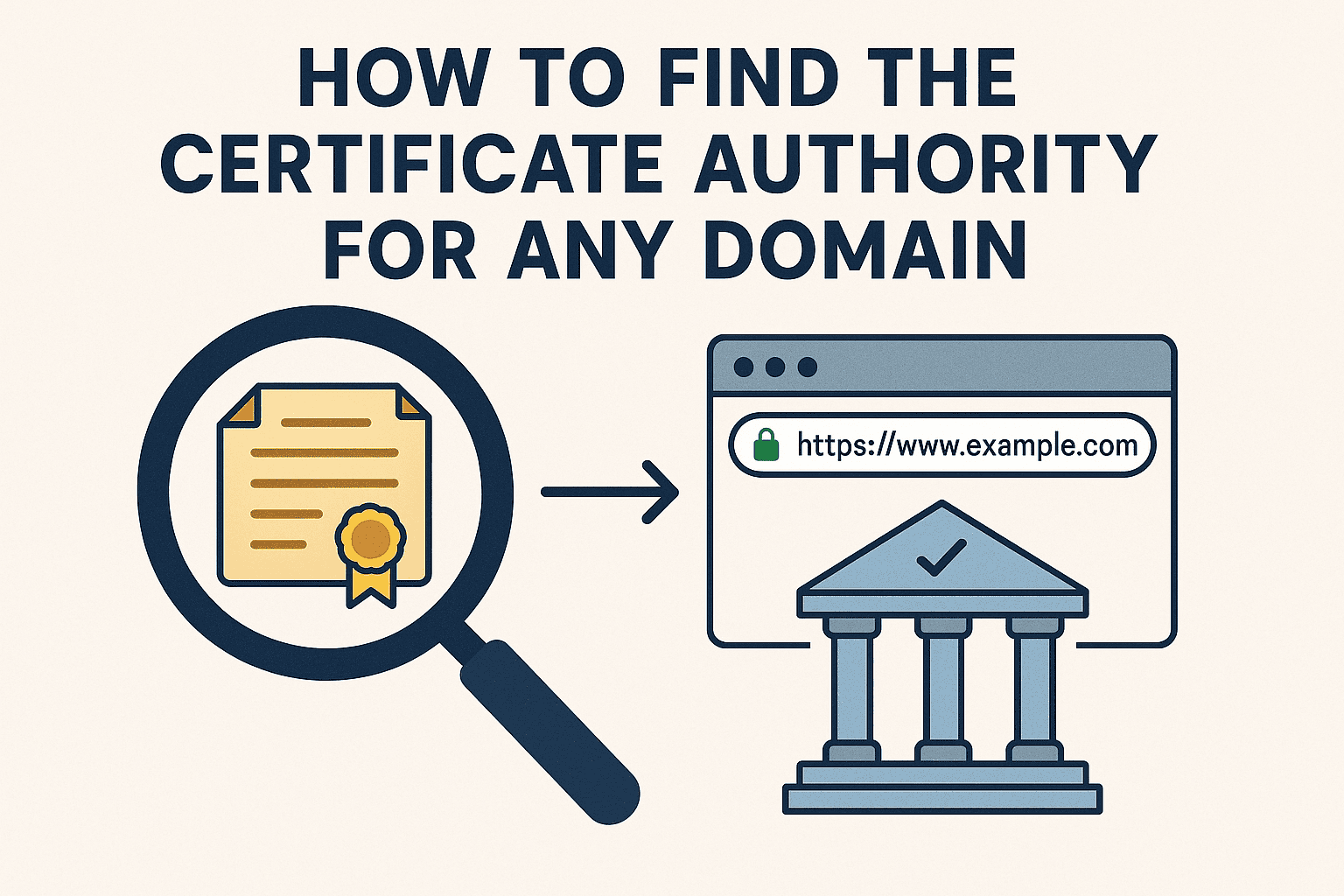
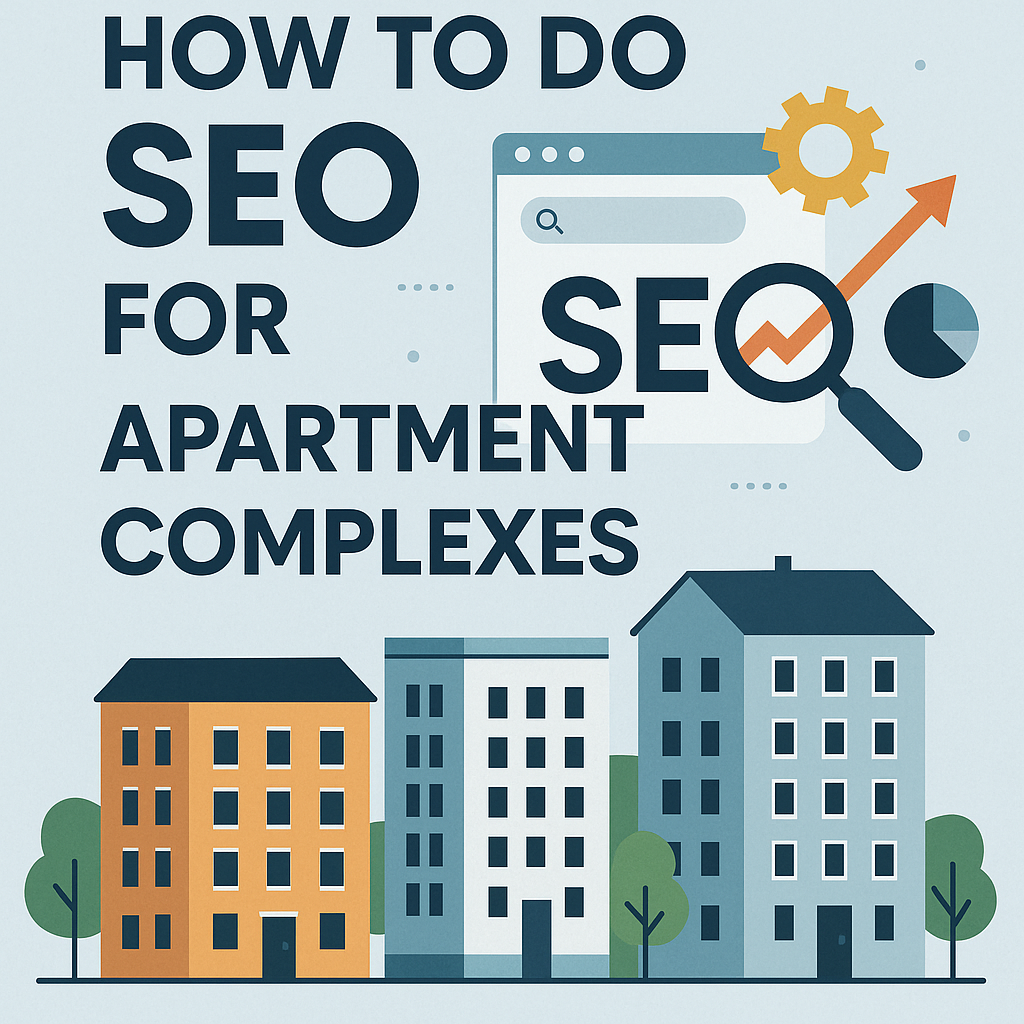
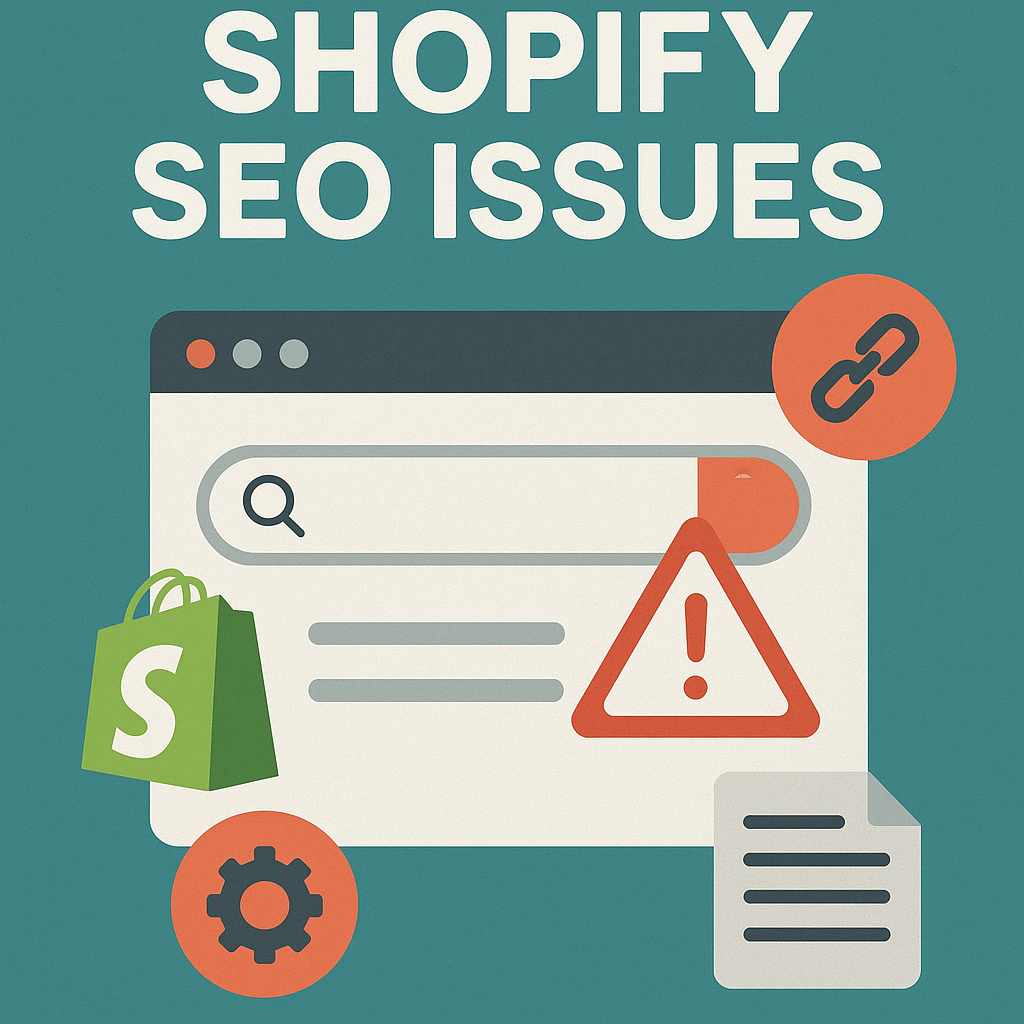
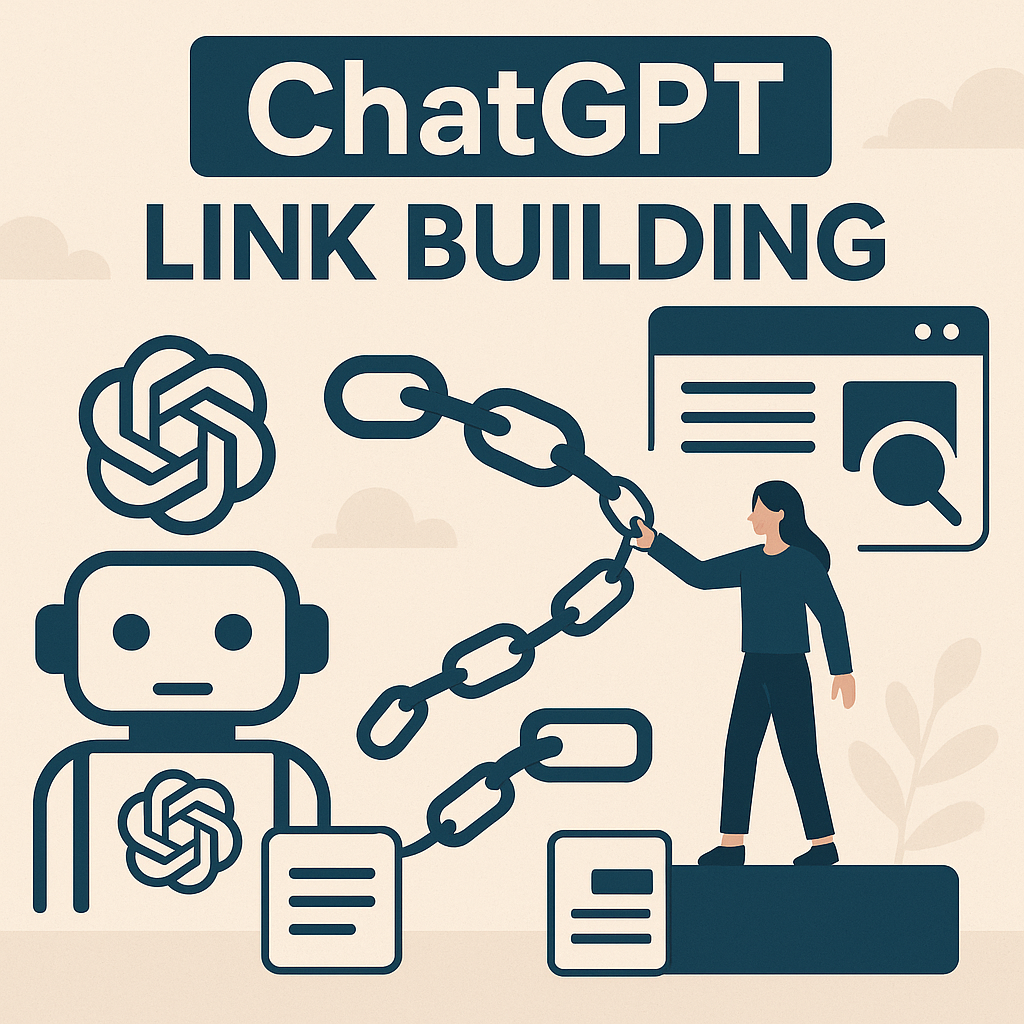
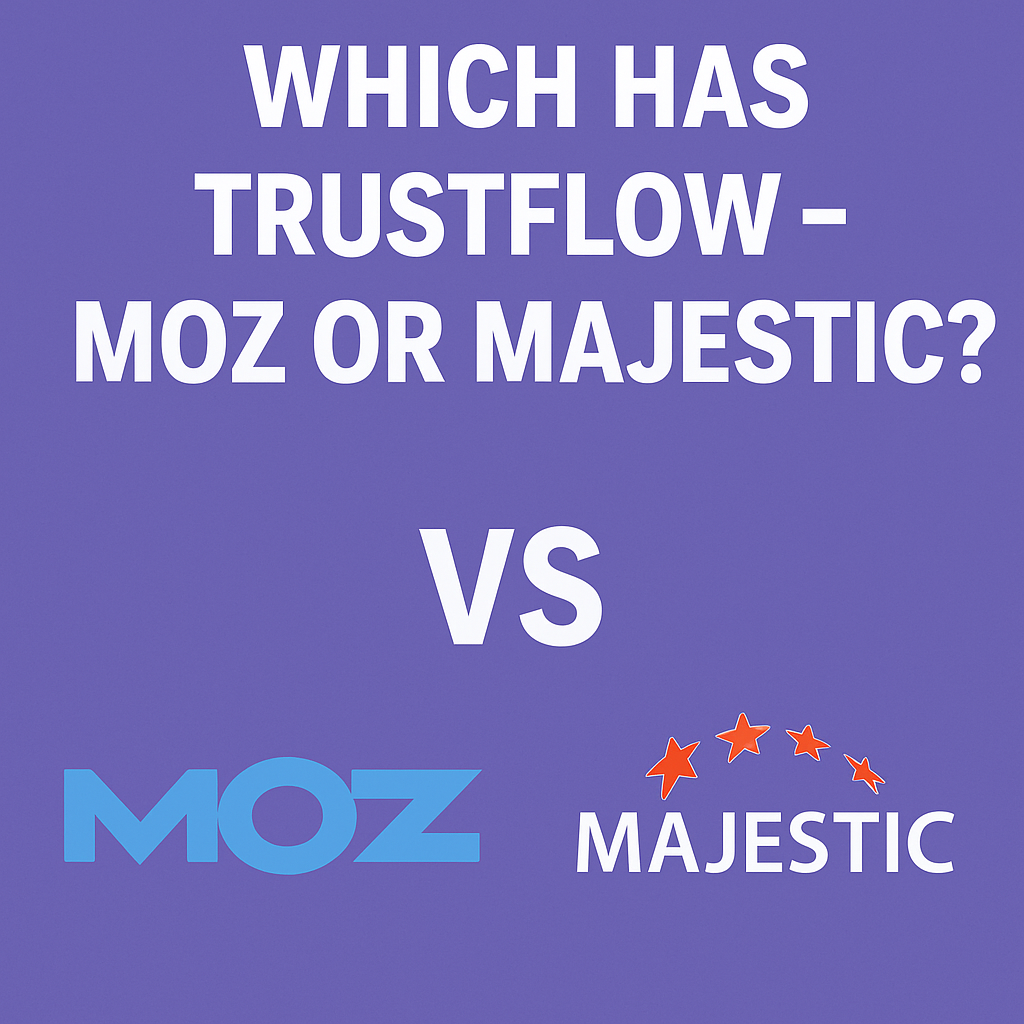

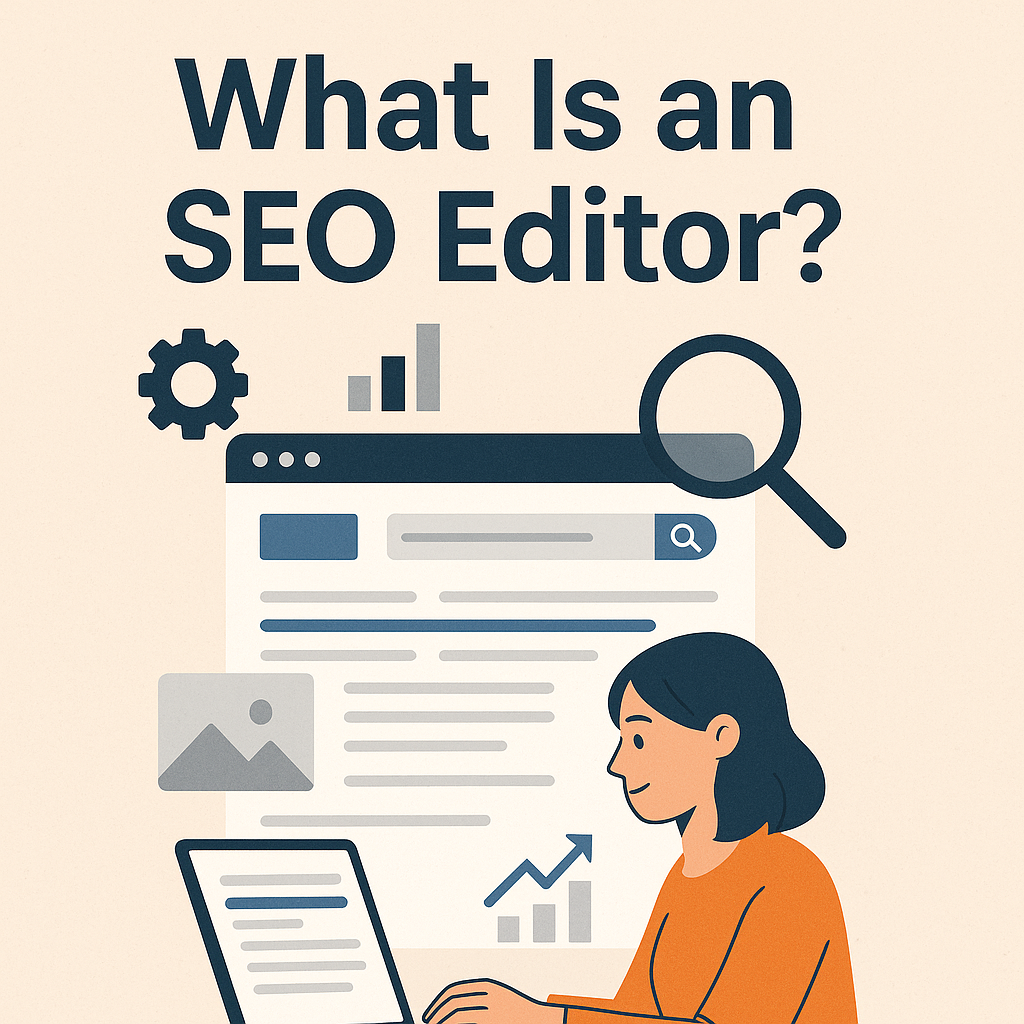
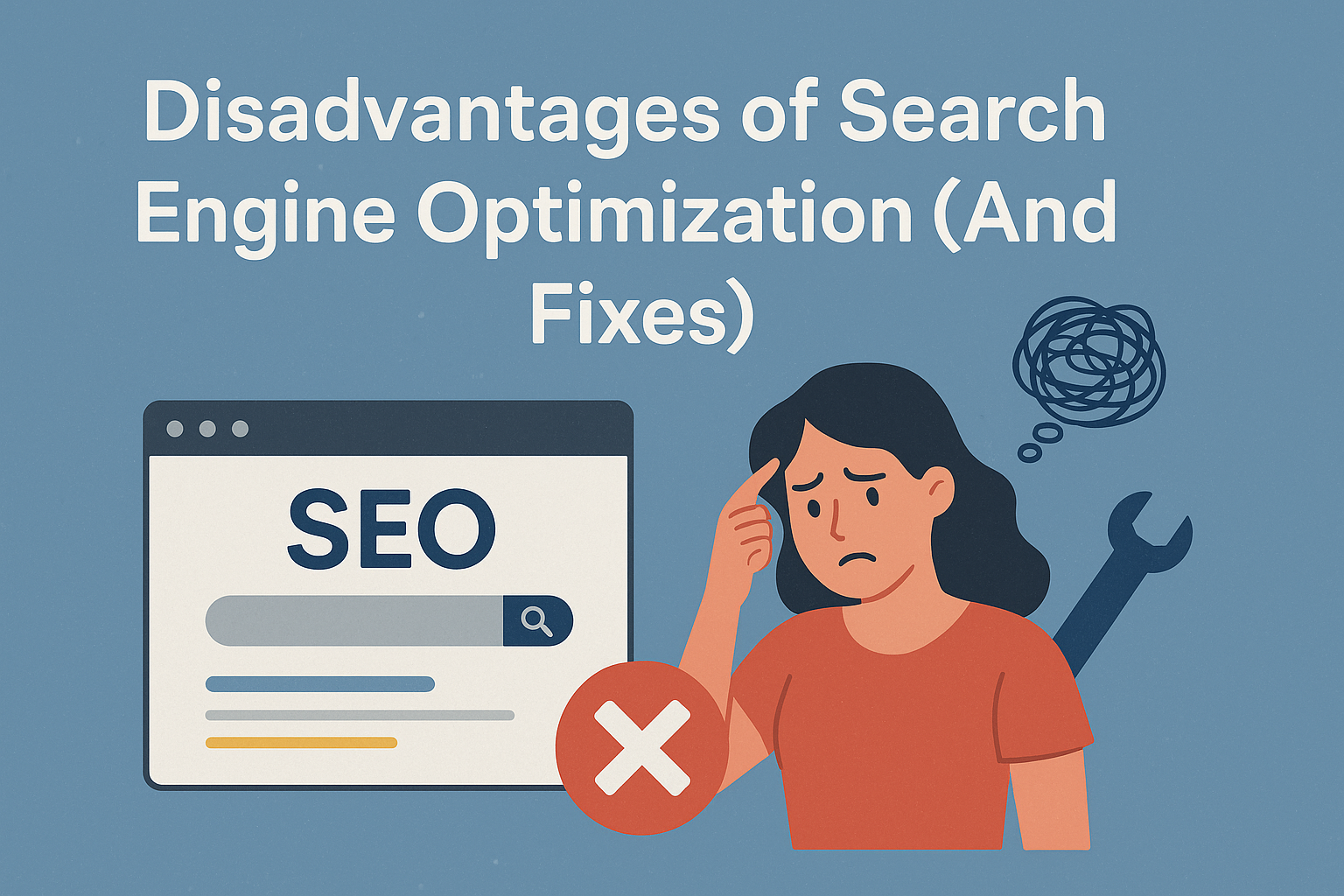
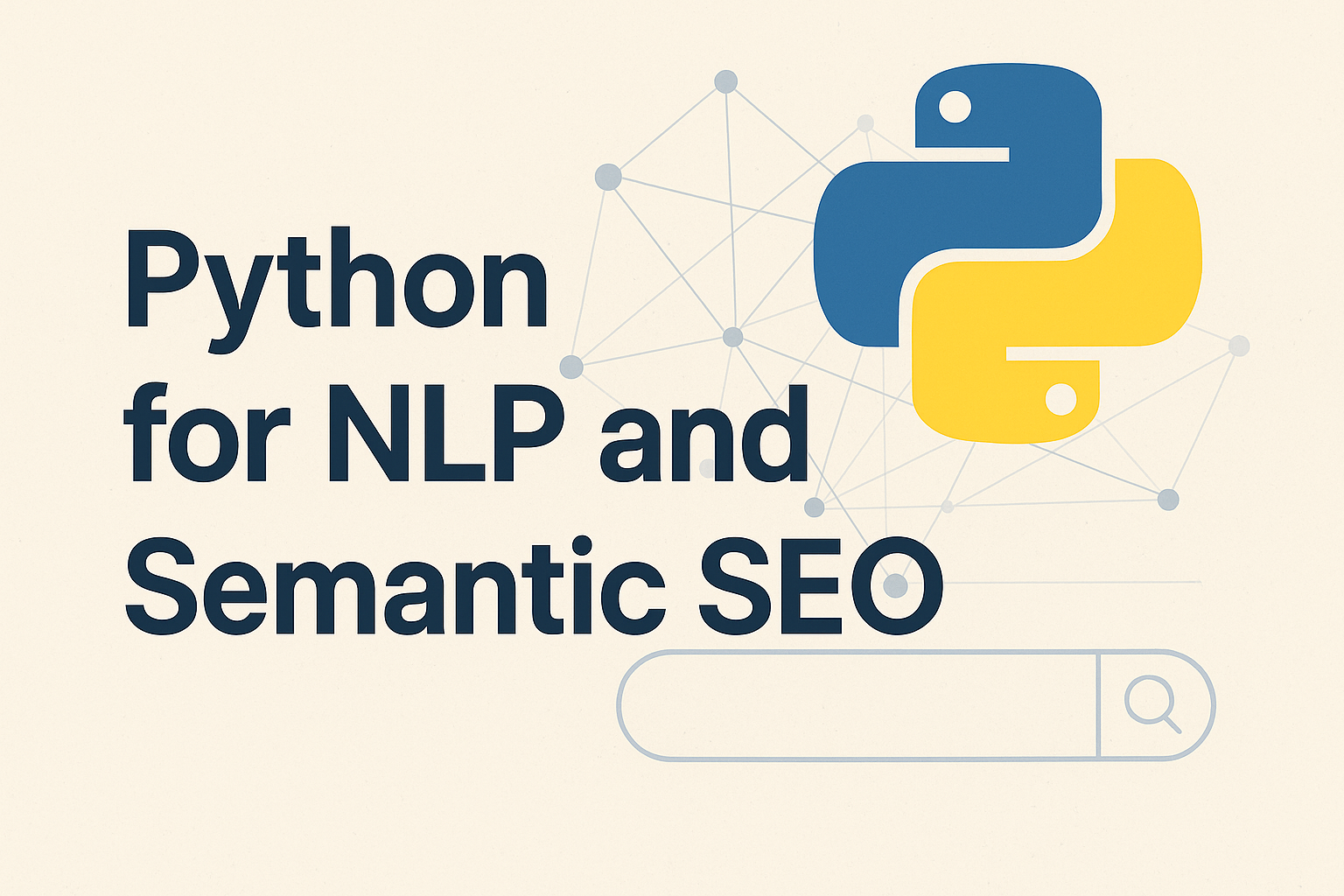



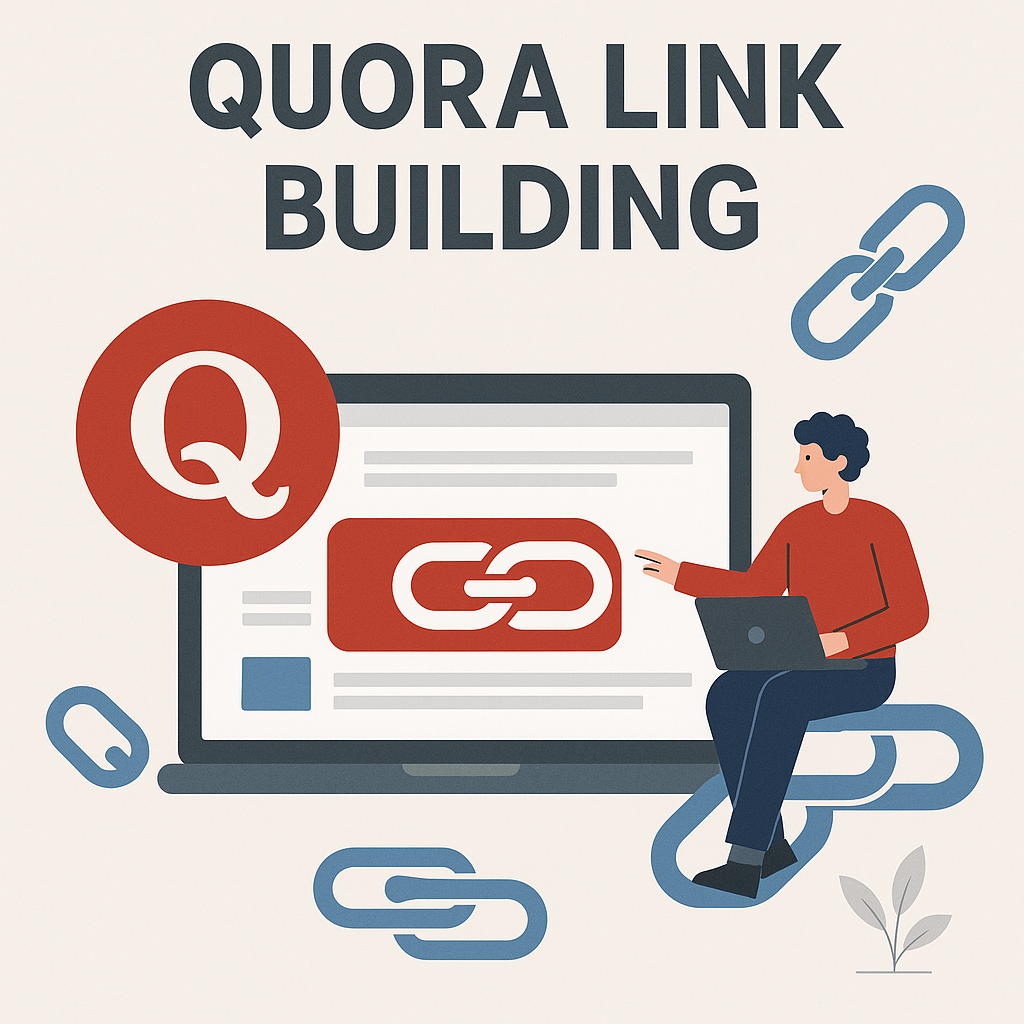
![How Many Outbound Links Per Blog [2025 Updated]](https://backlinkmanagement.io/wp-content/uploads/2025/06/How-Many-Outbound-Links-Per-Blog.png)
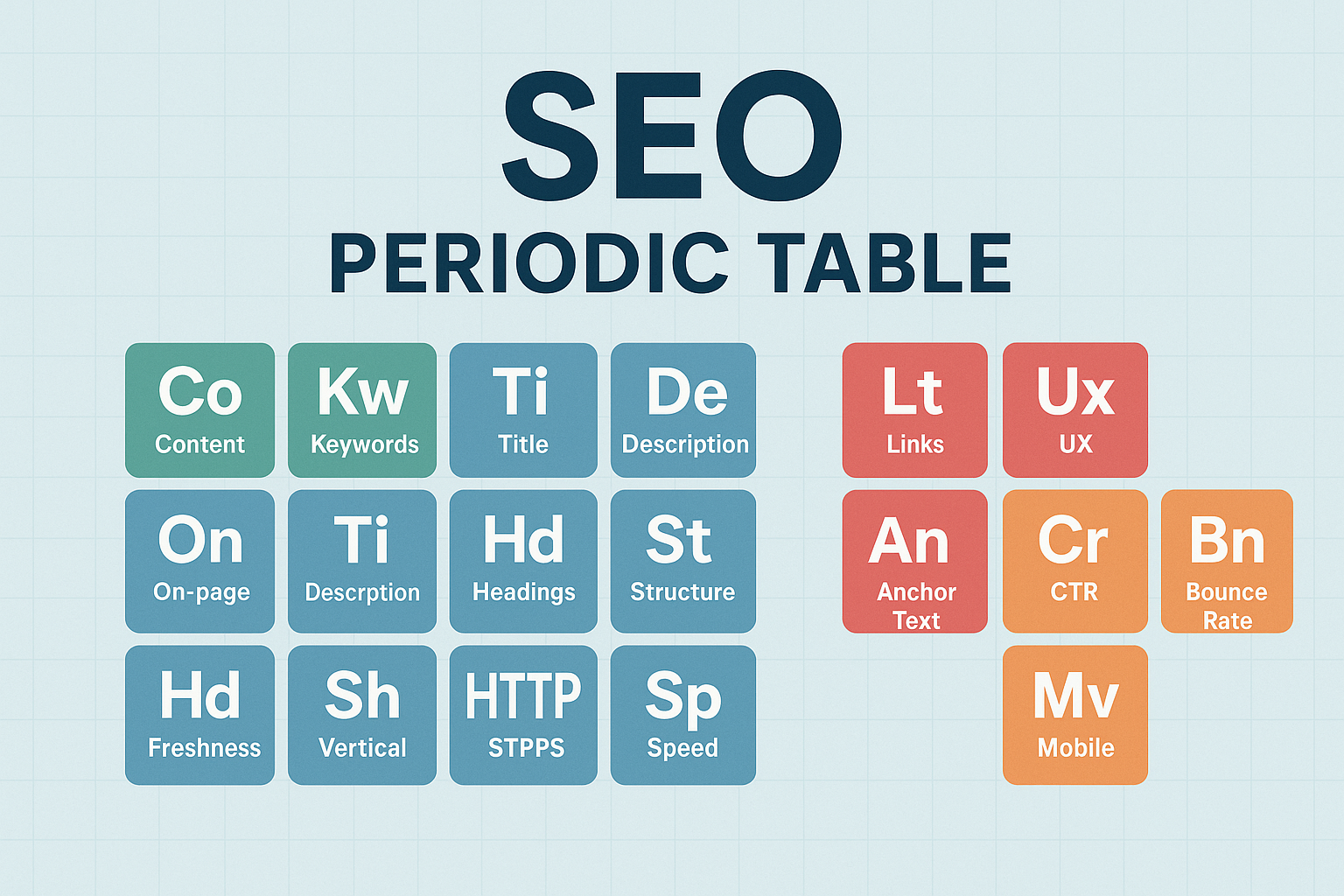
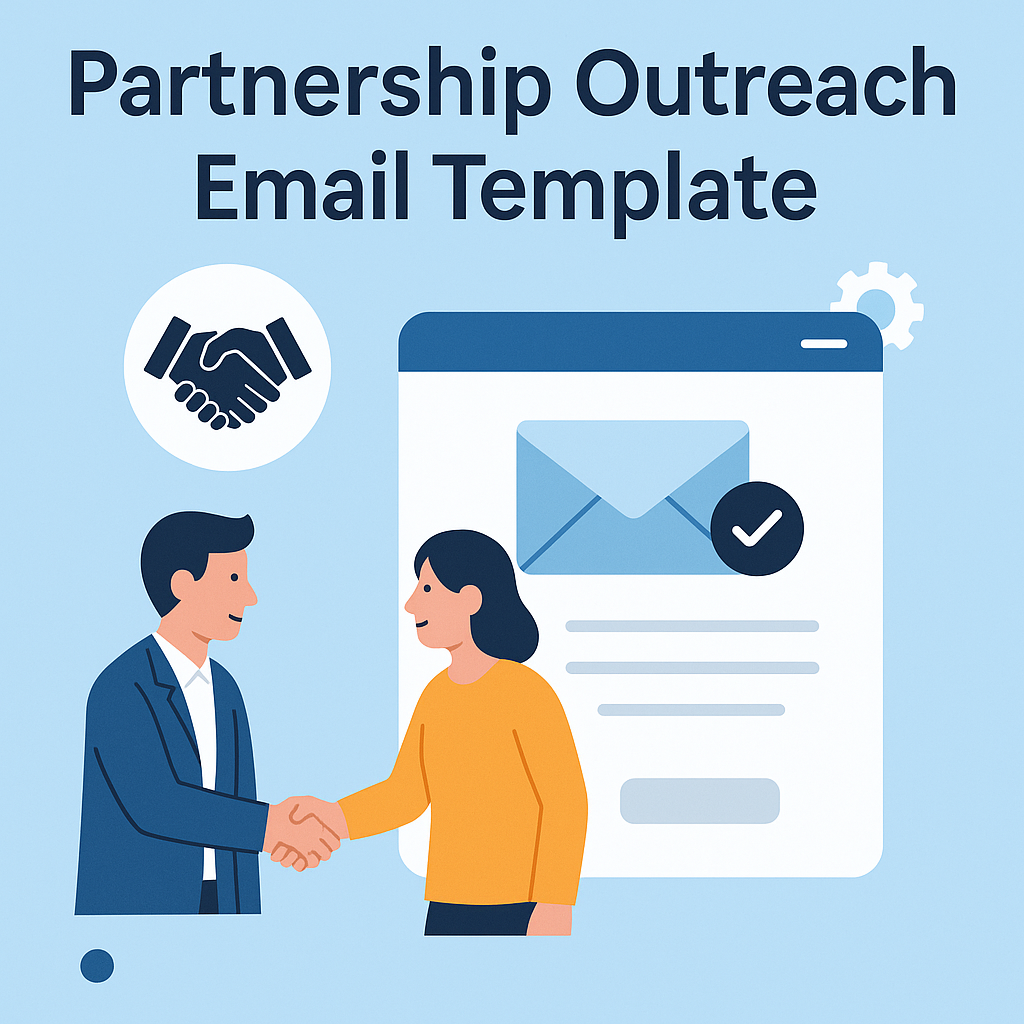
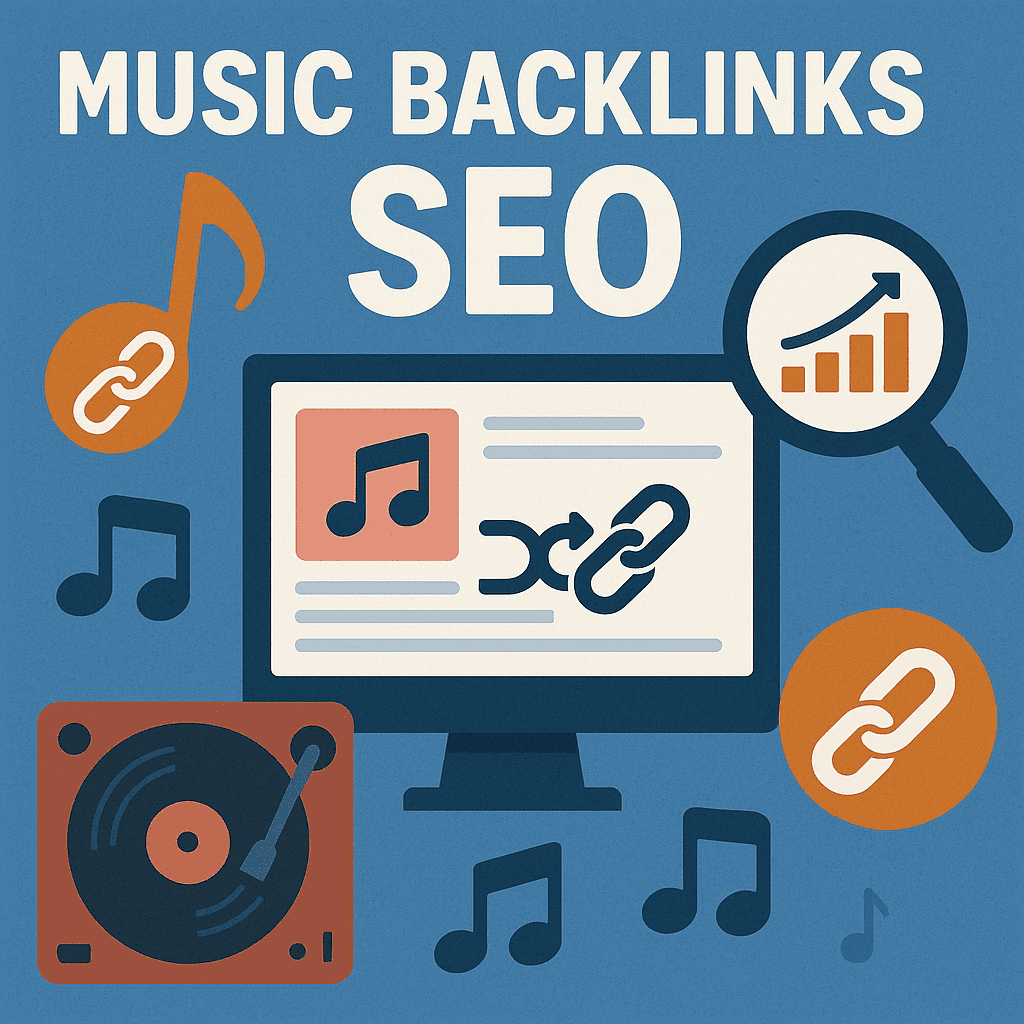
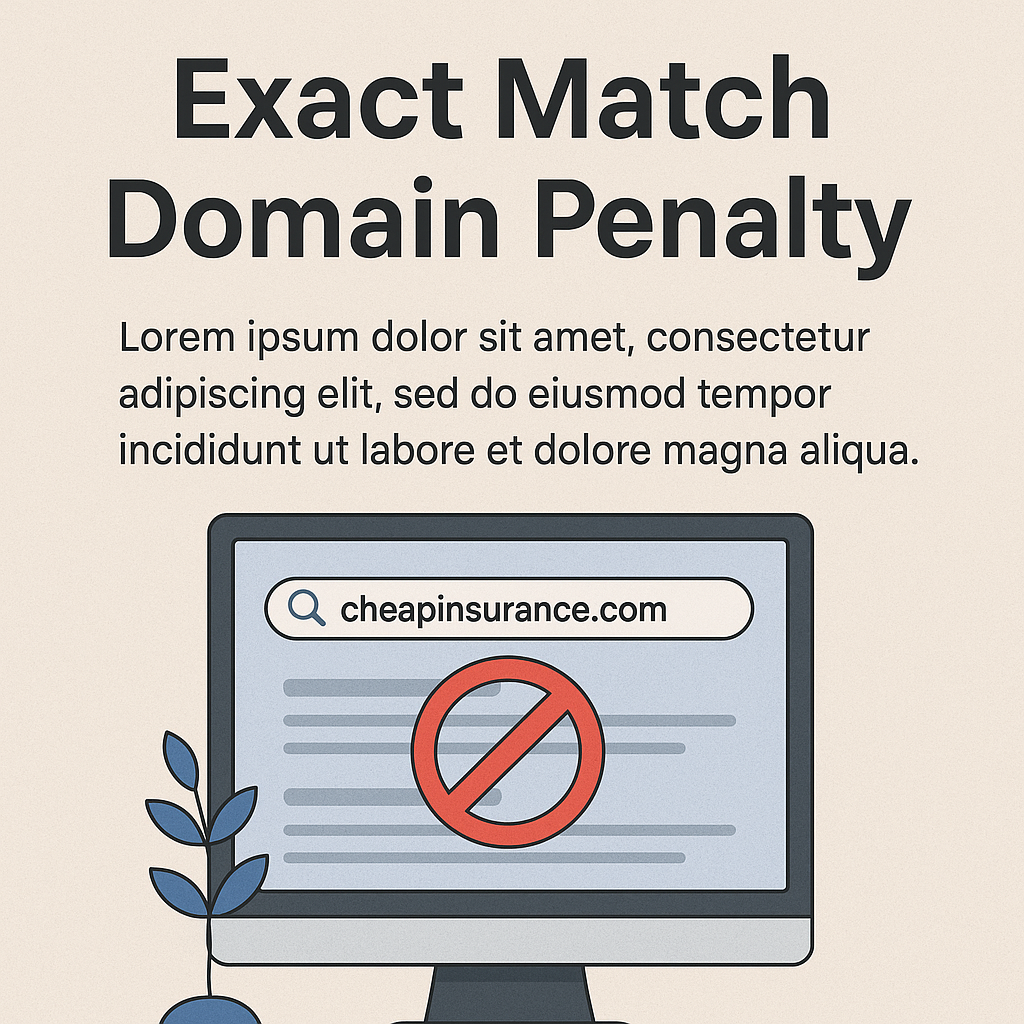
![B2B and B2C Website Examples [2025 Updated]](https://backlinkmanagement.io/wp-content/uploads/2025/05/B2B-and-B2C-Website-Example-.png)
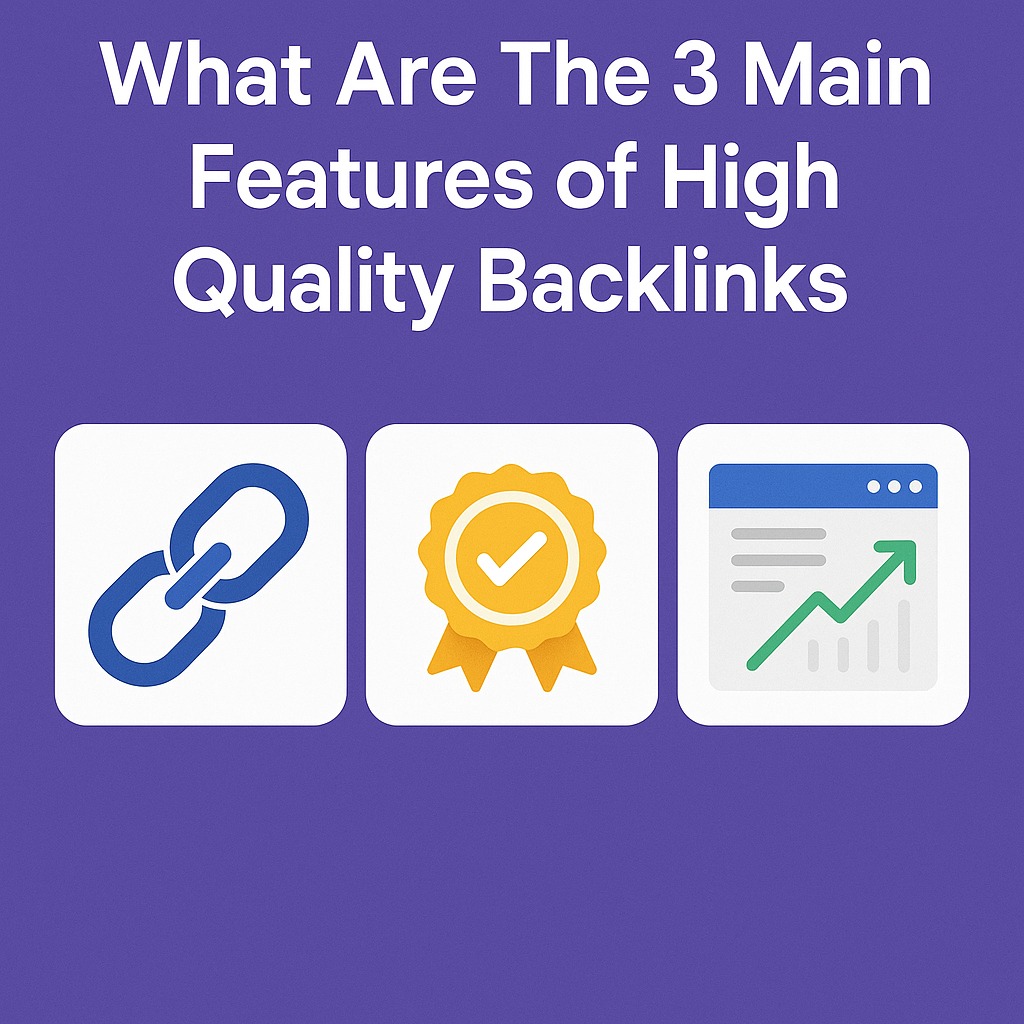
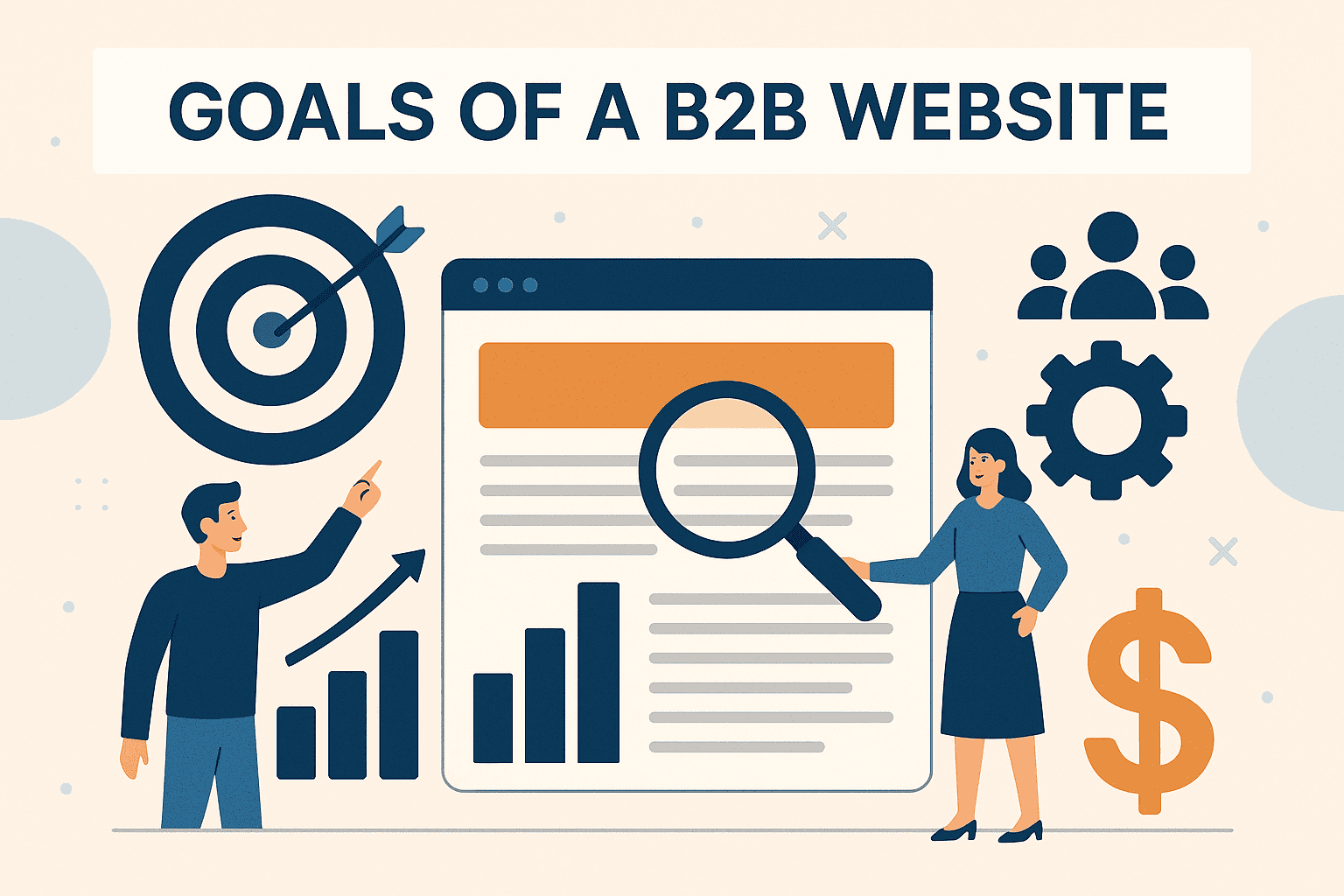
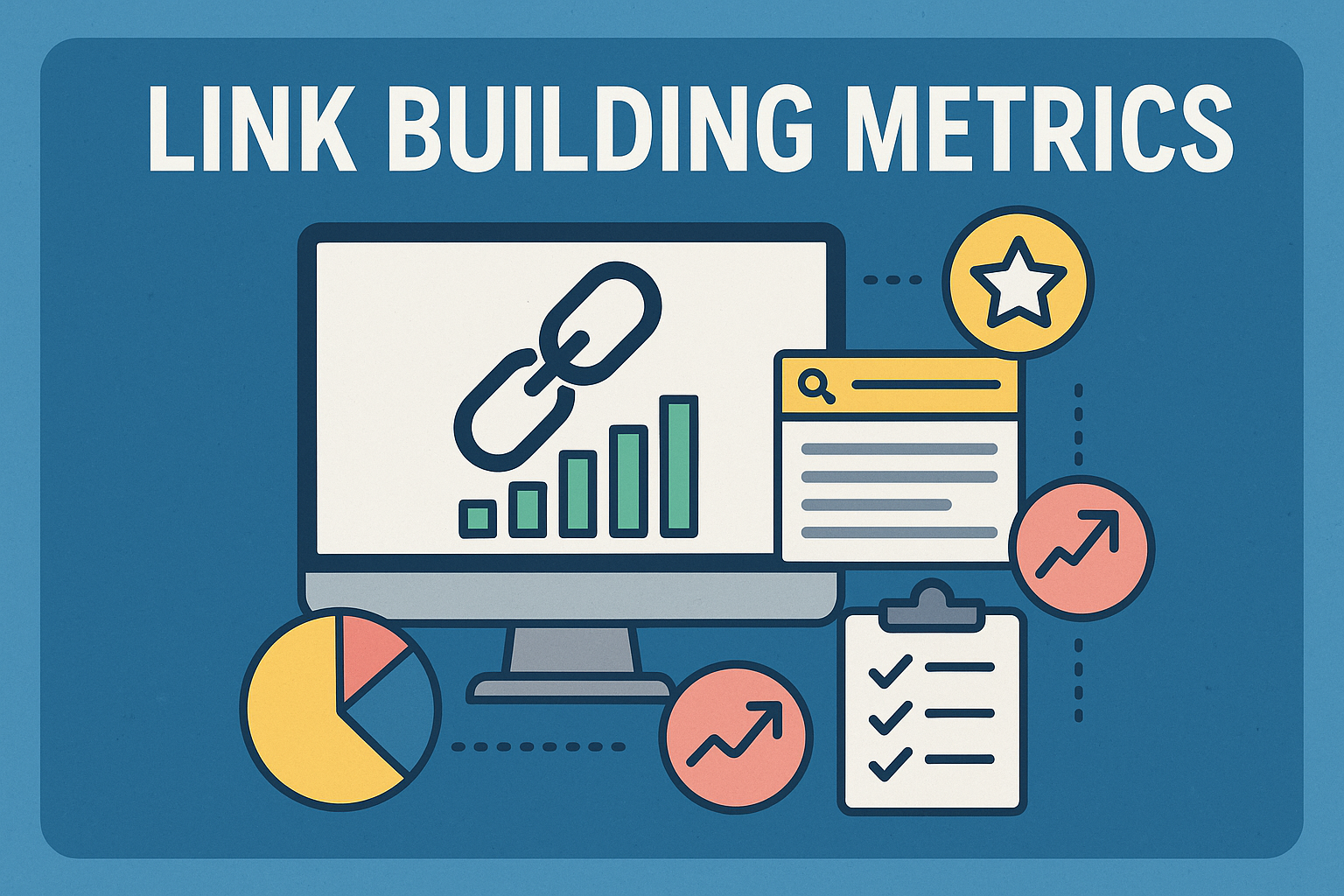
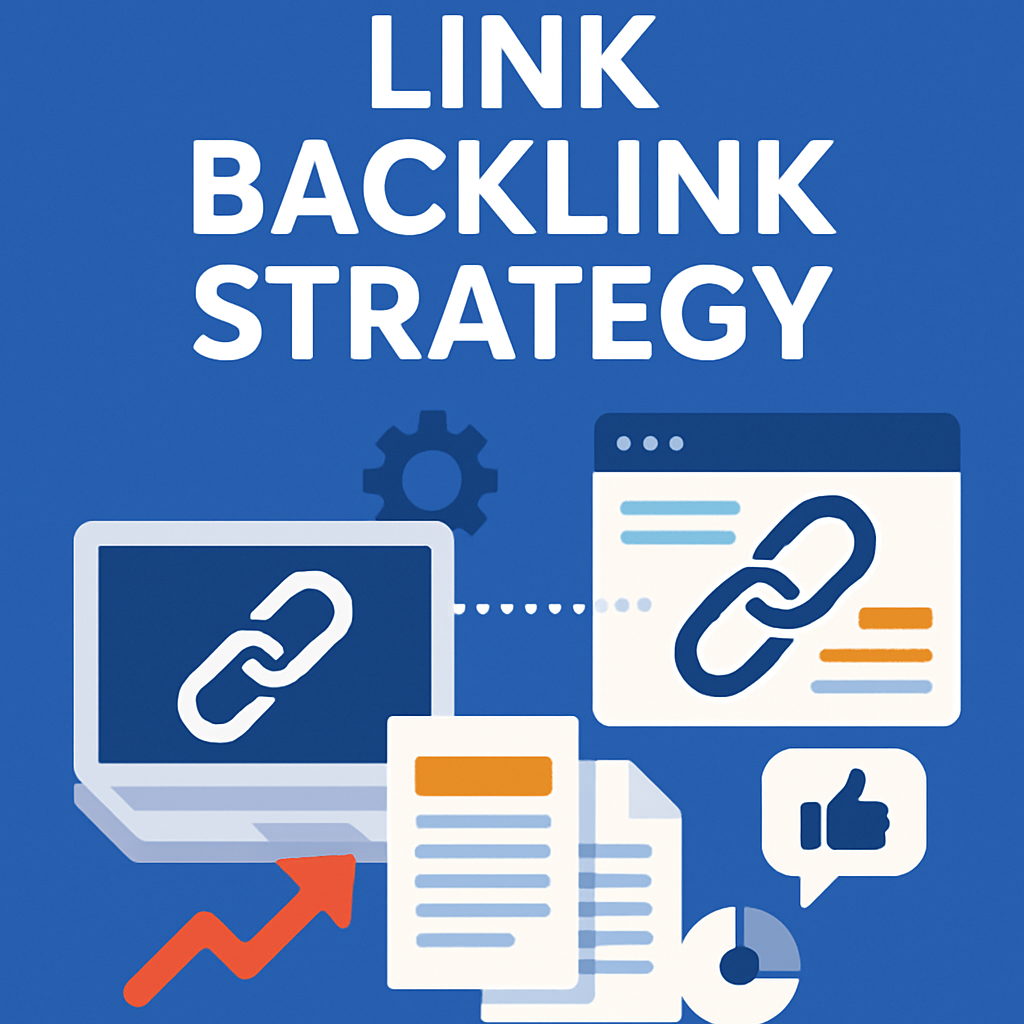
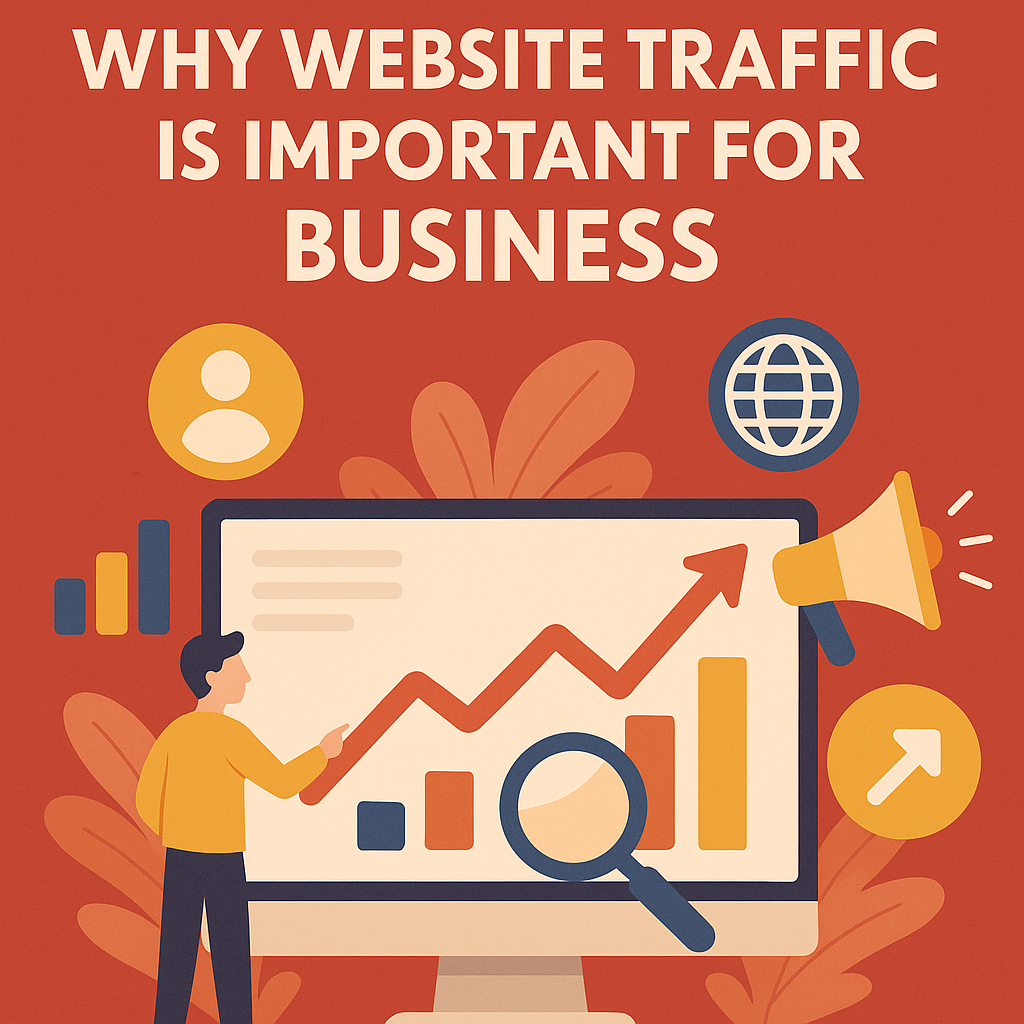
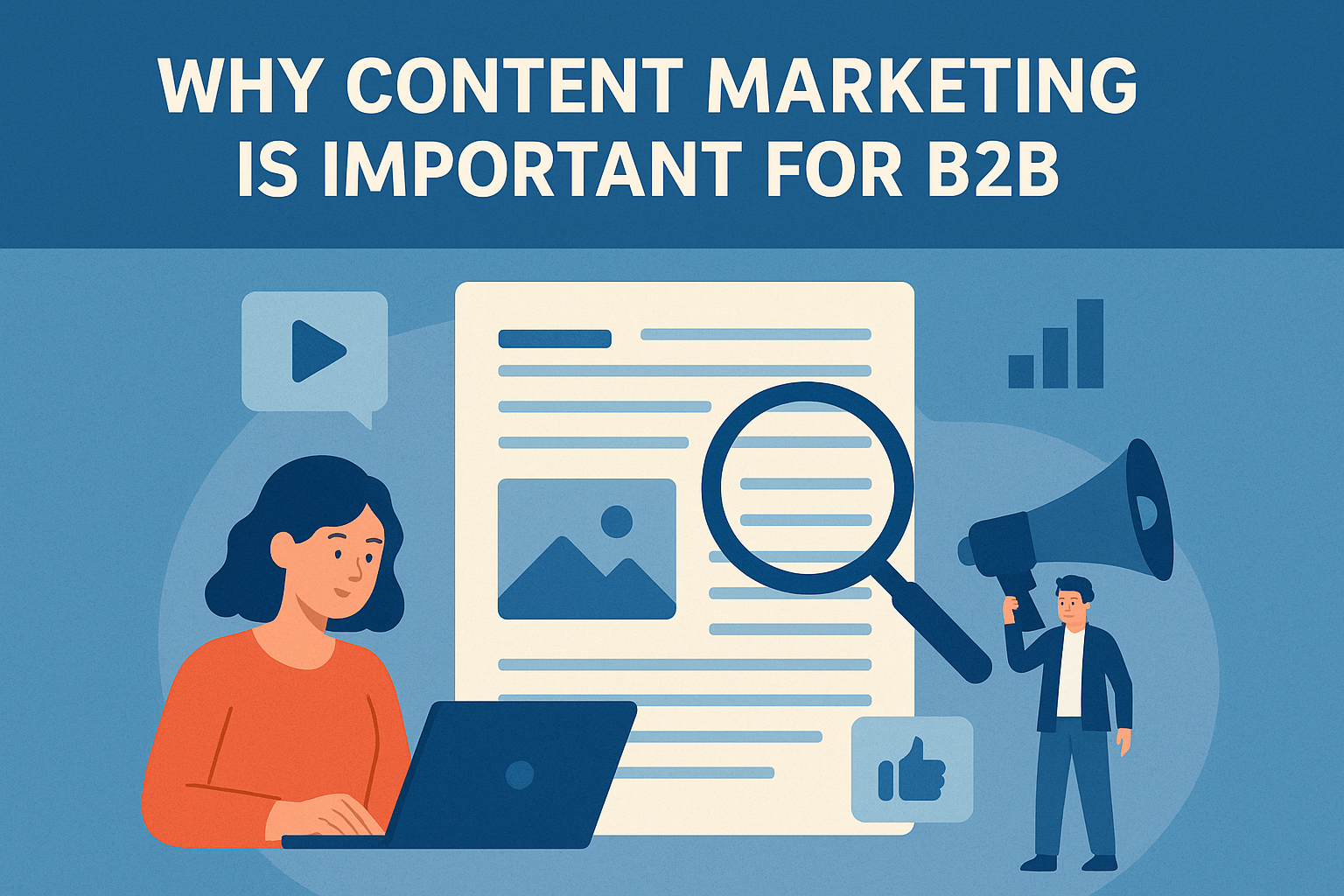
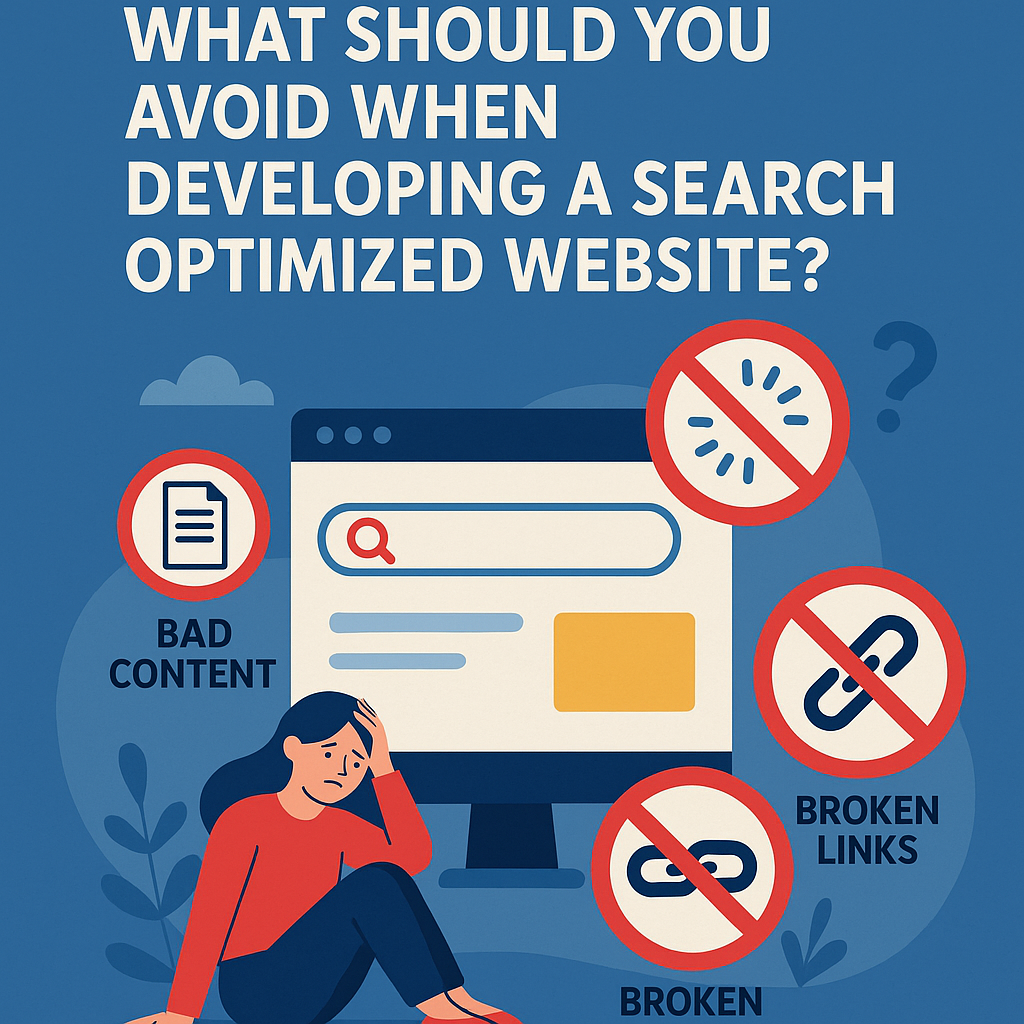
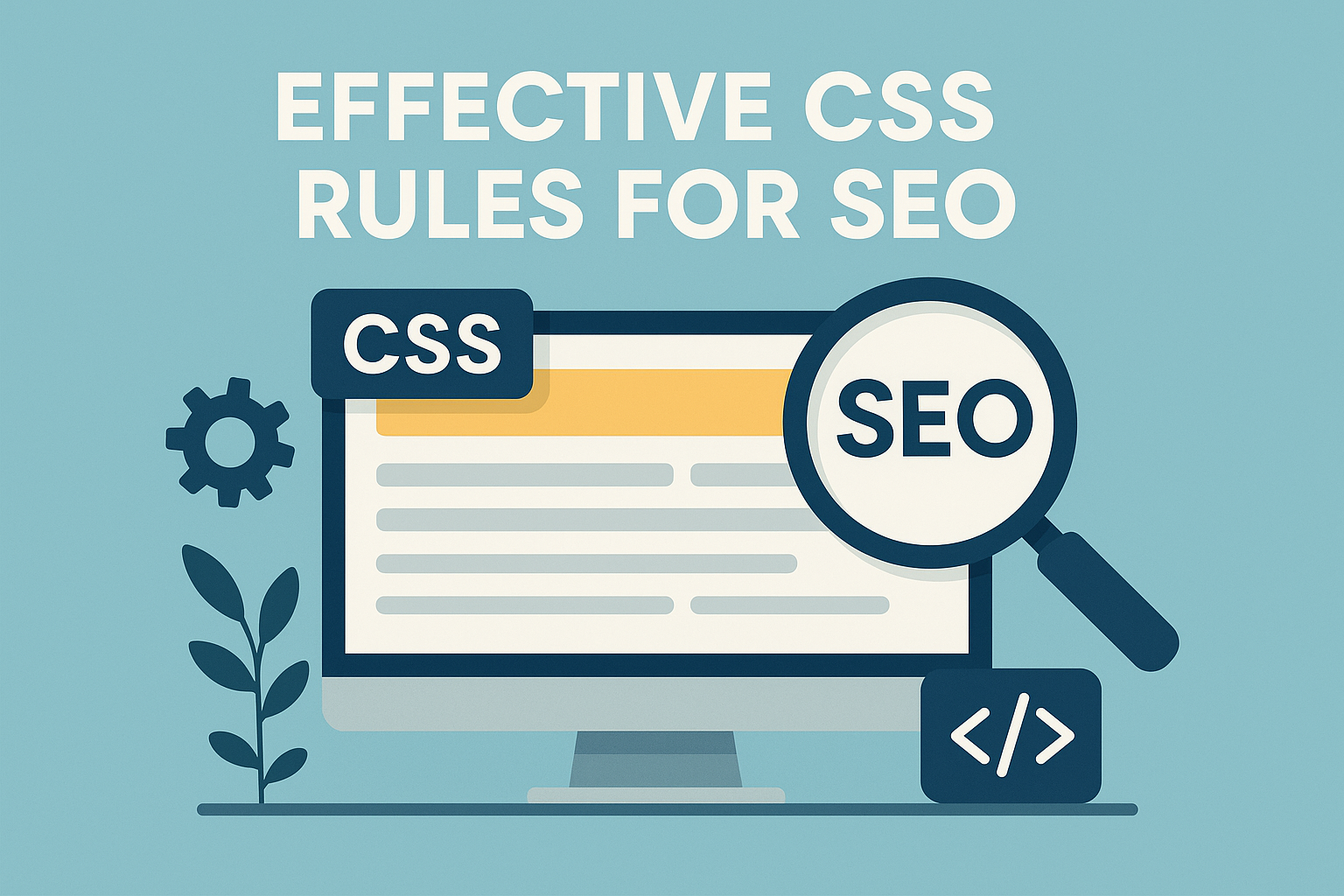
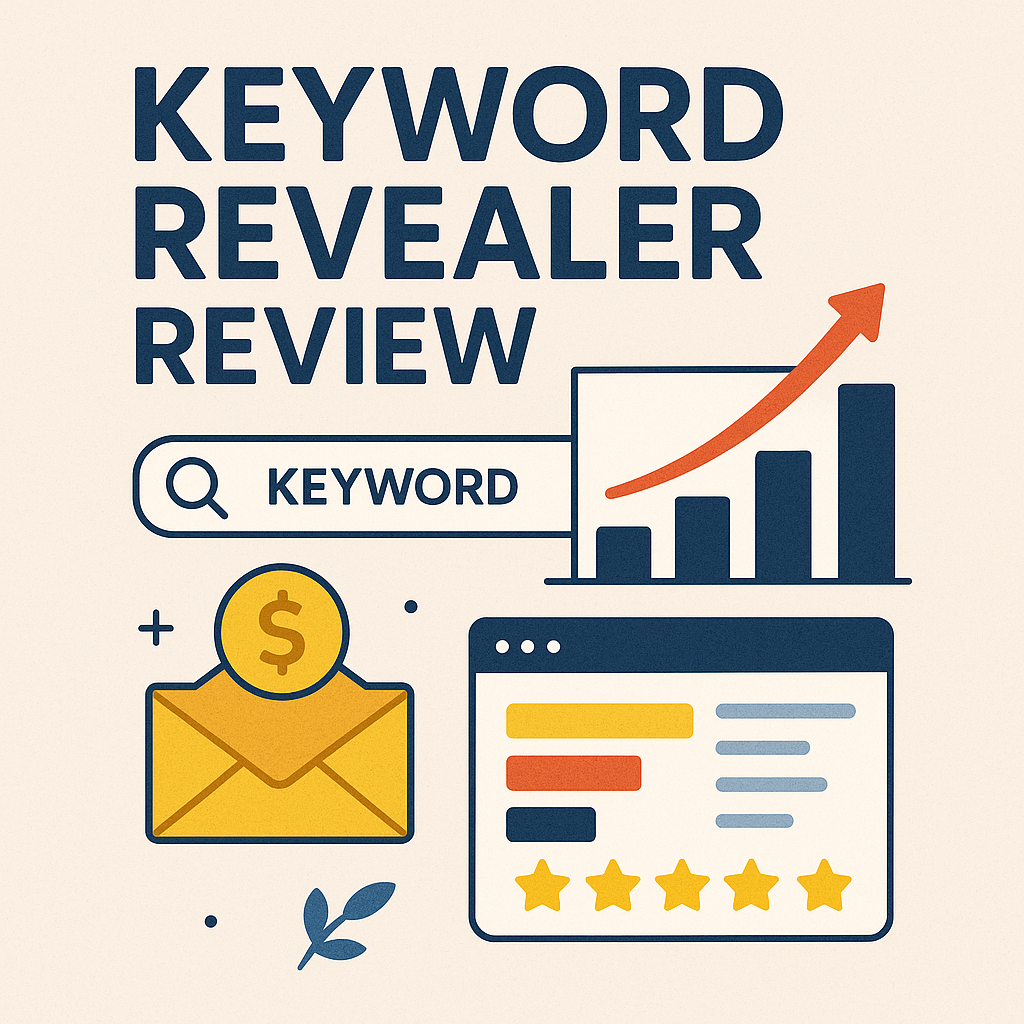
![What To Do After Keyword Research [2025 Guide]](https://backlinkmanagement.io/wp-content/uploads/2025/05/What-To-Do-After-Keyword-Research.png)
![Is Page Speed Really A Ranking Factor? [2025]](https://backlinkmanagement.io/wp-content/uploads/2025/05/Is-Page-Speed-Really-A-Ranking-Factor.png)

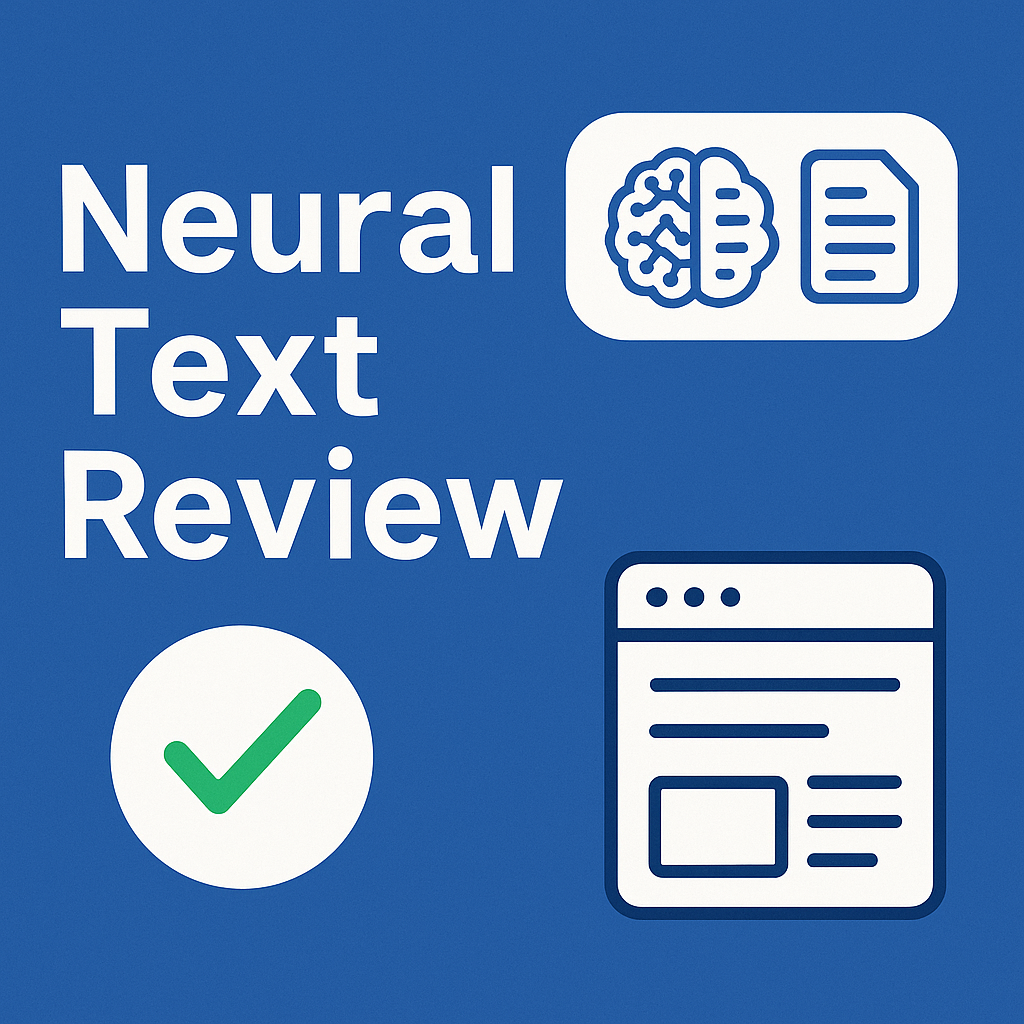
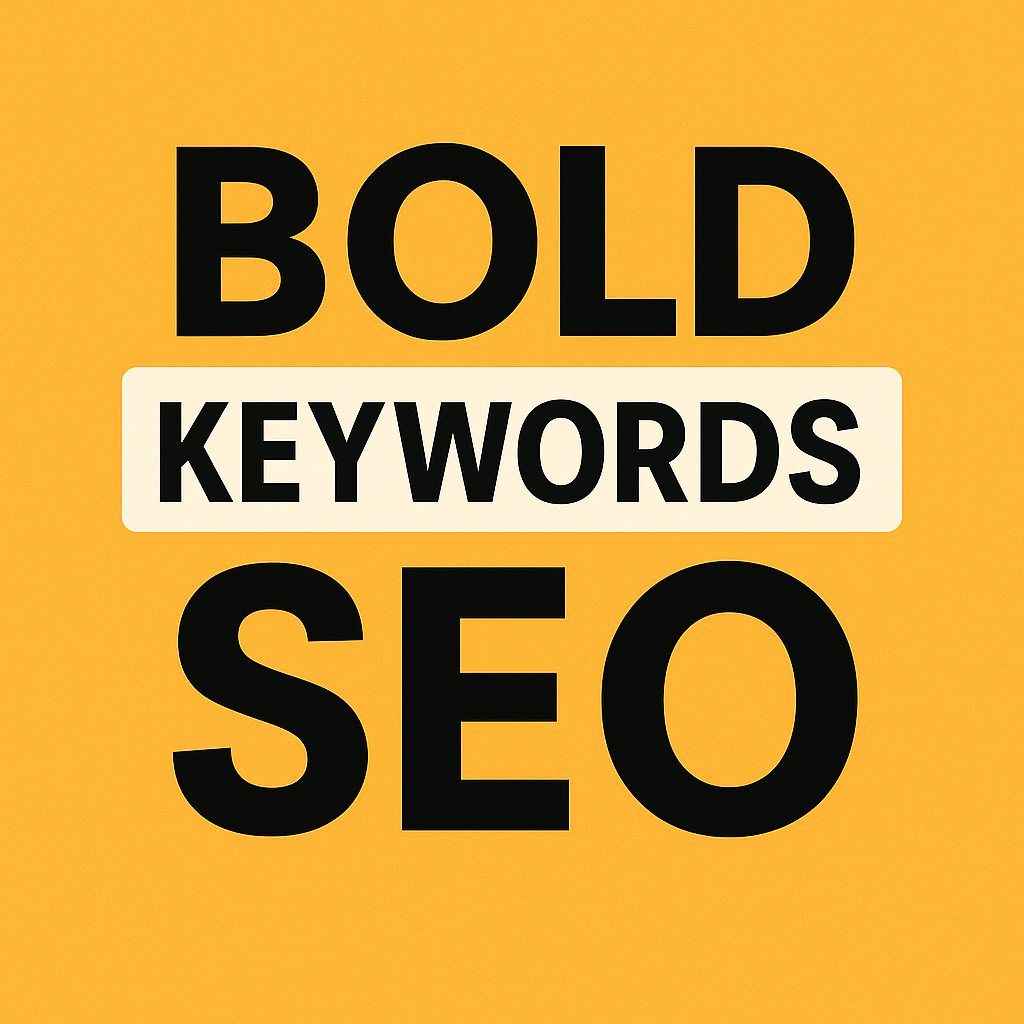
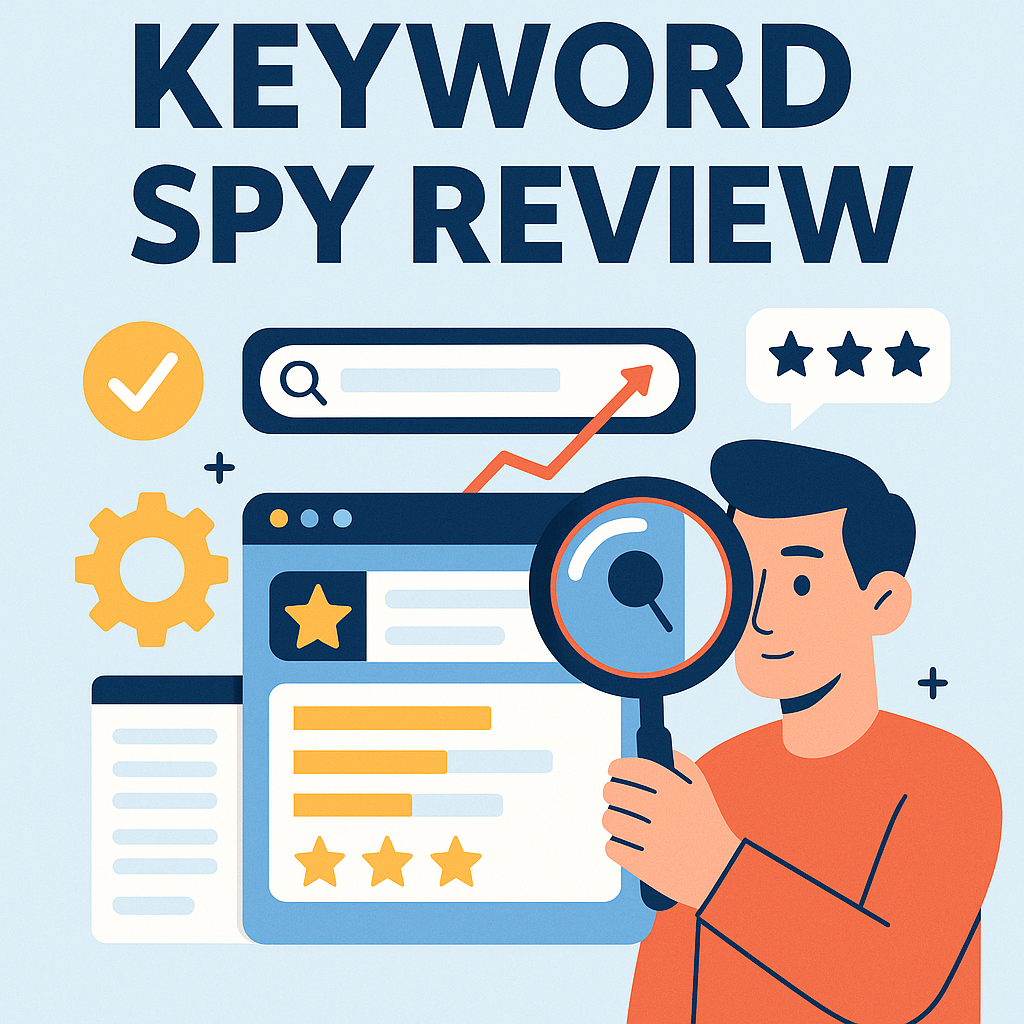


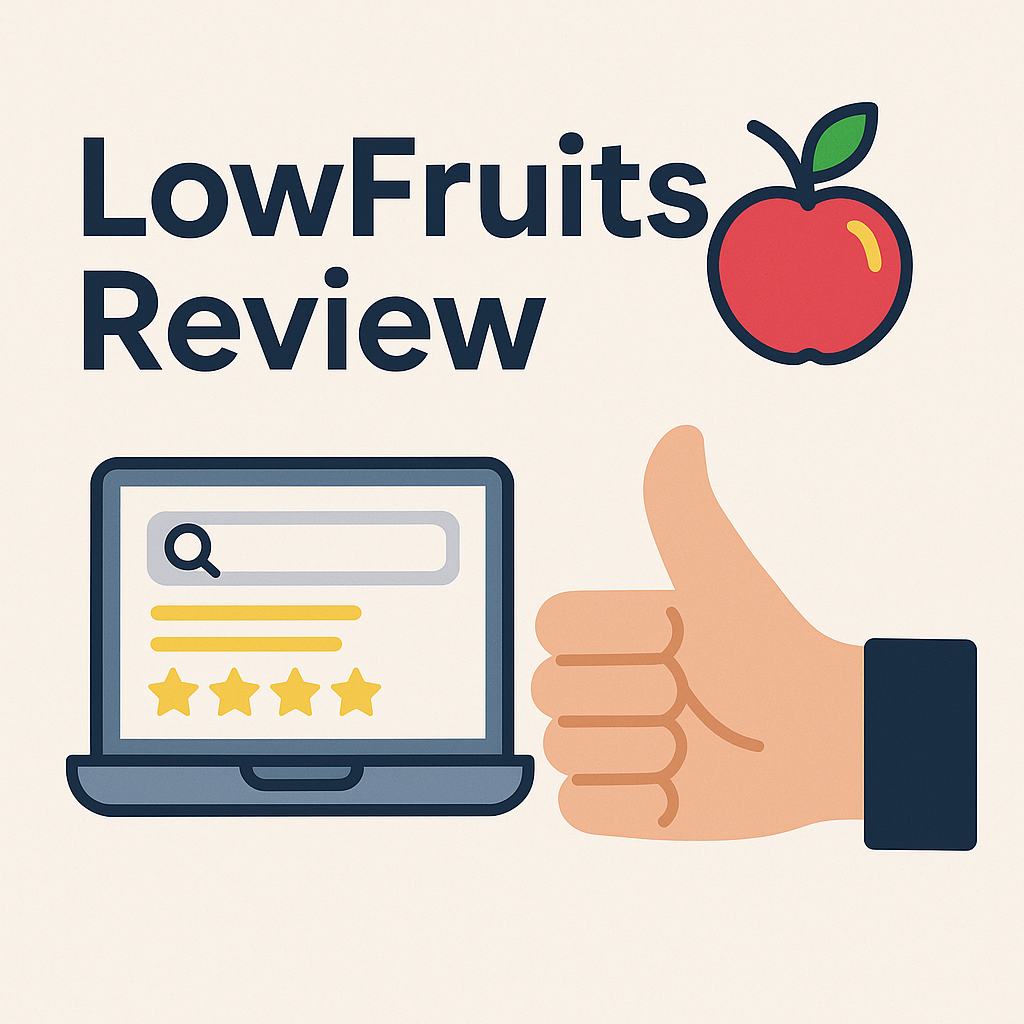

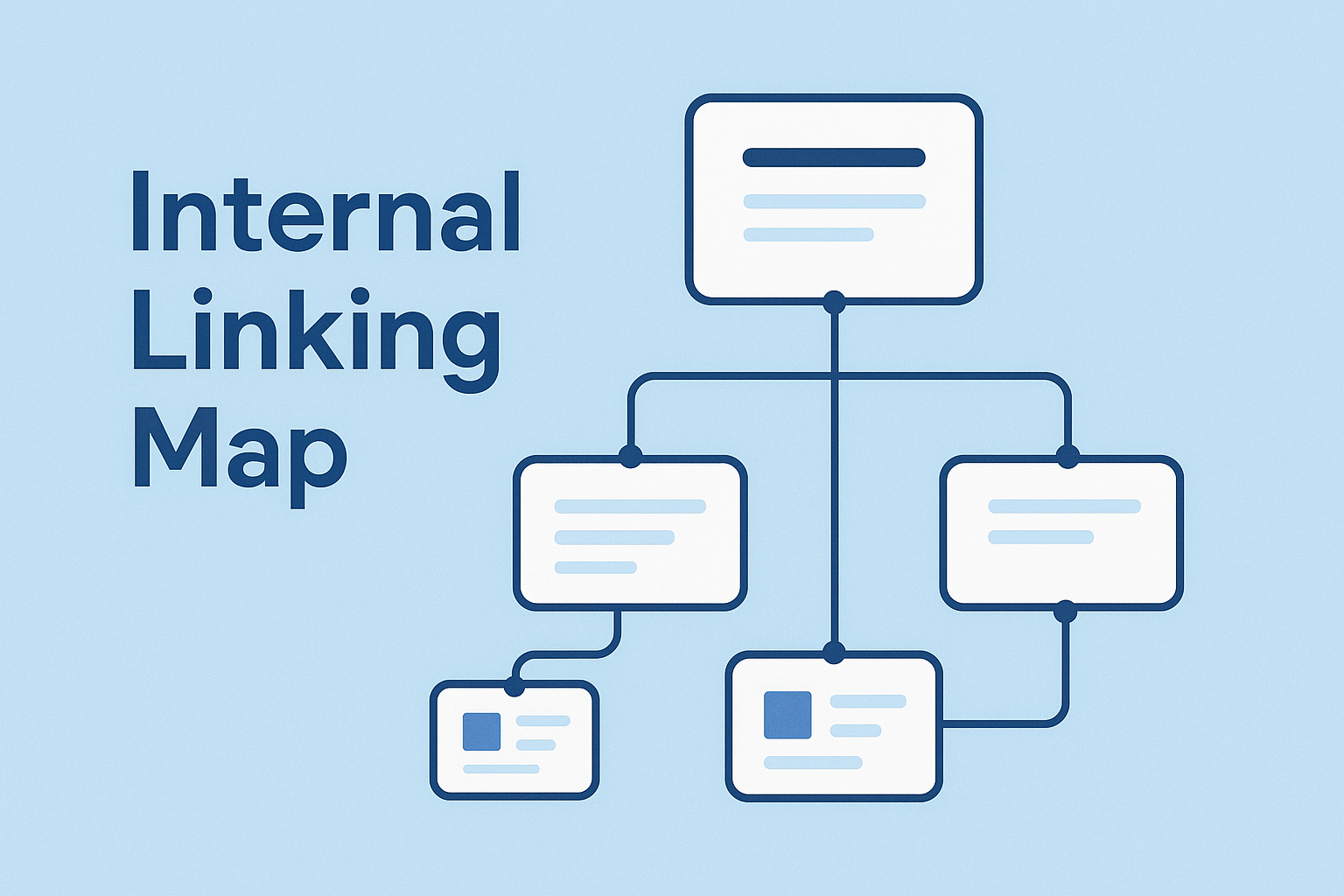
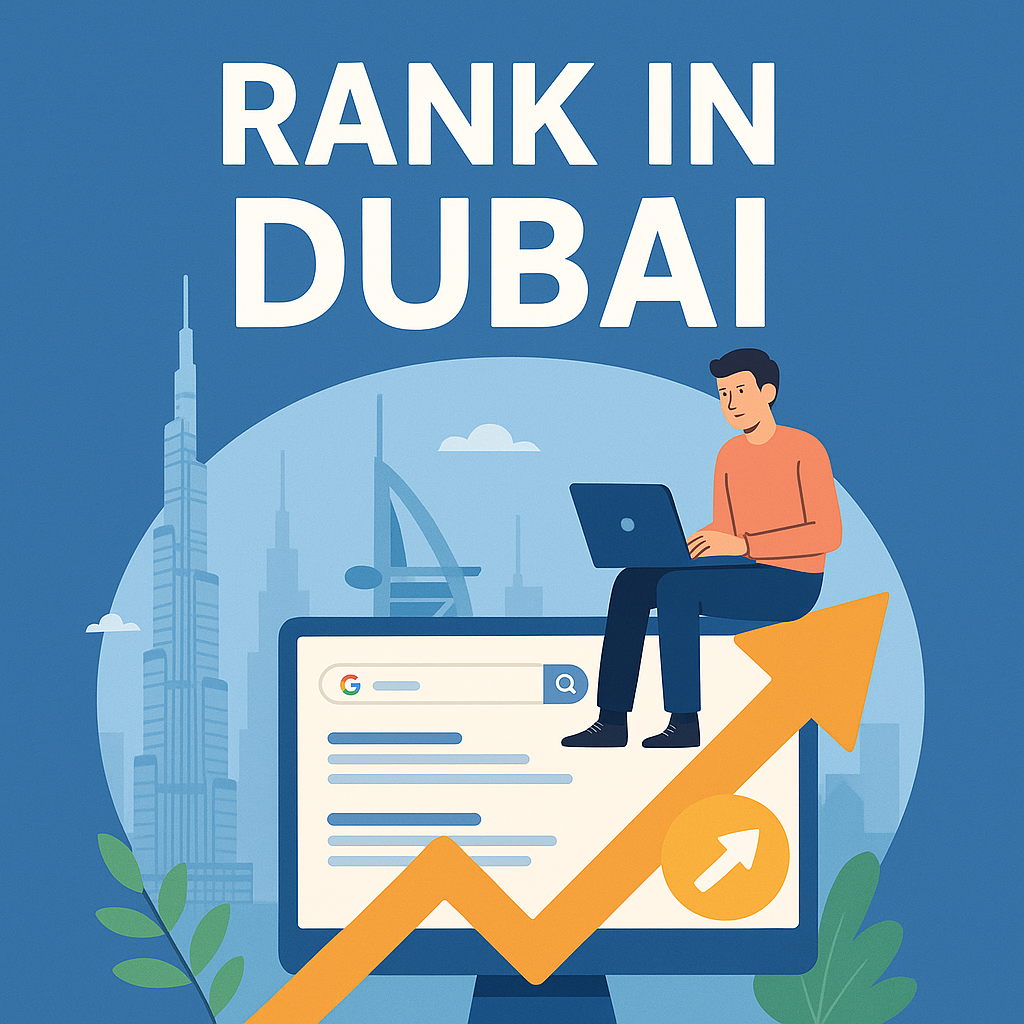
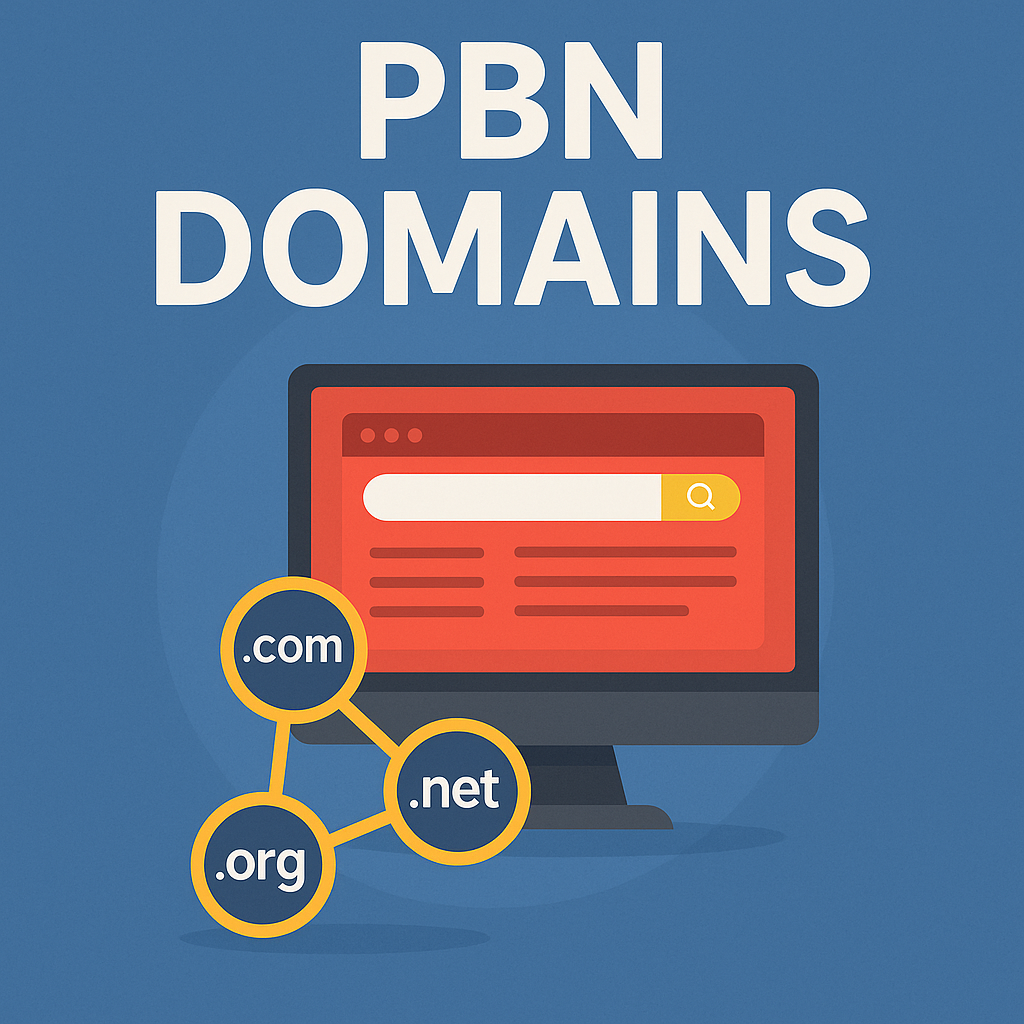
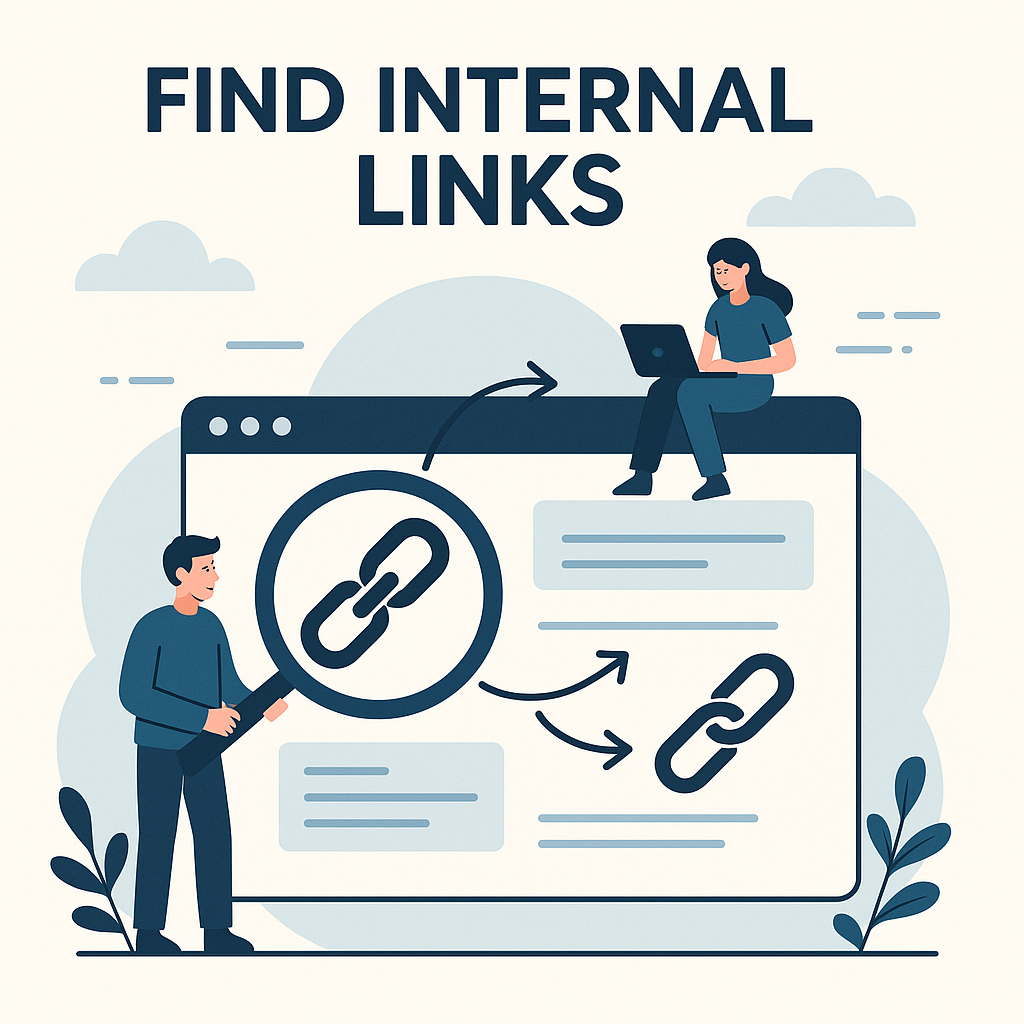
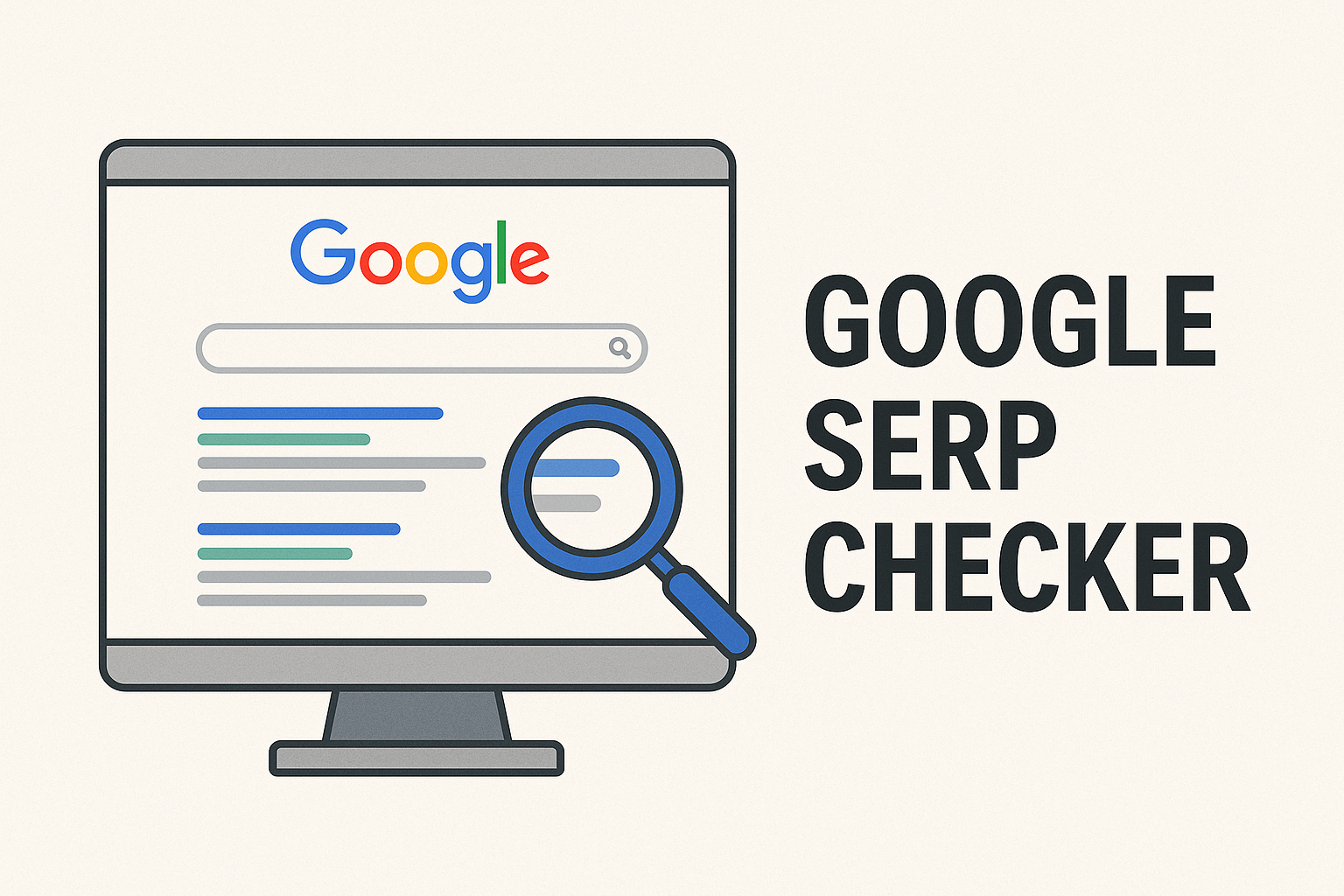
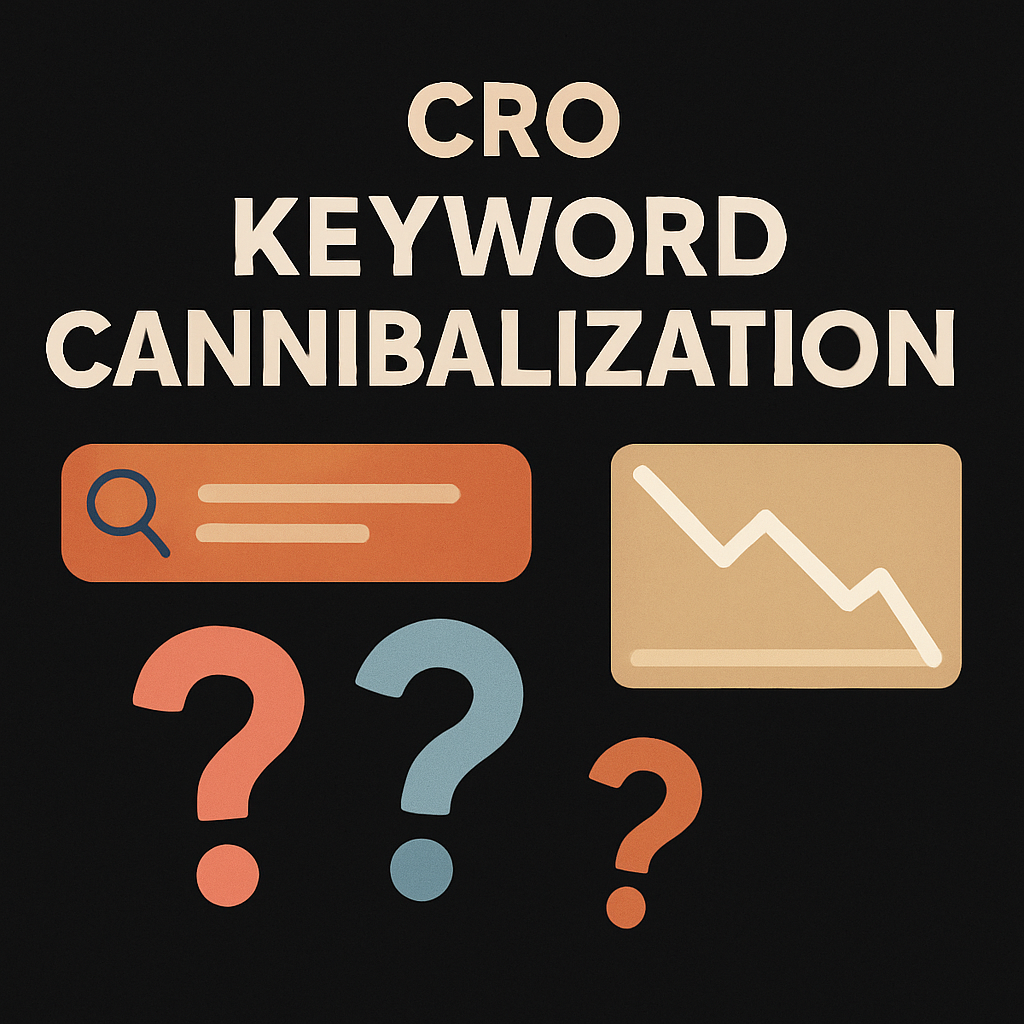
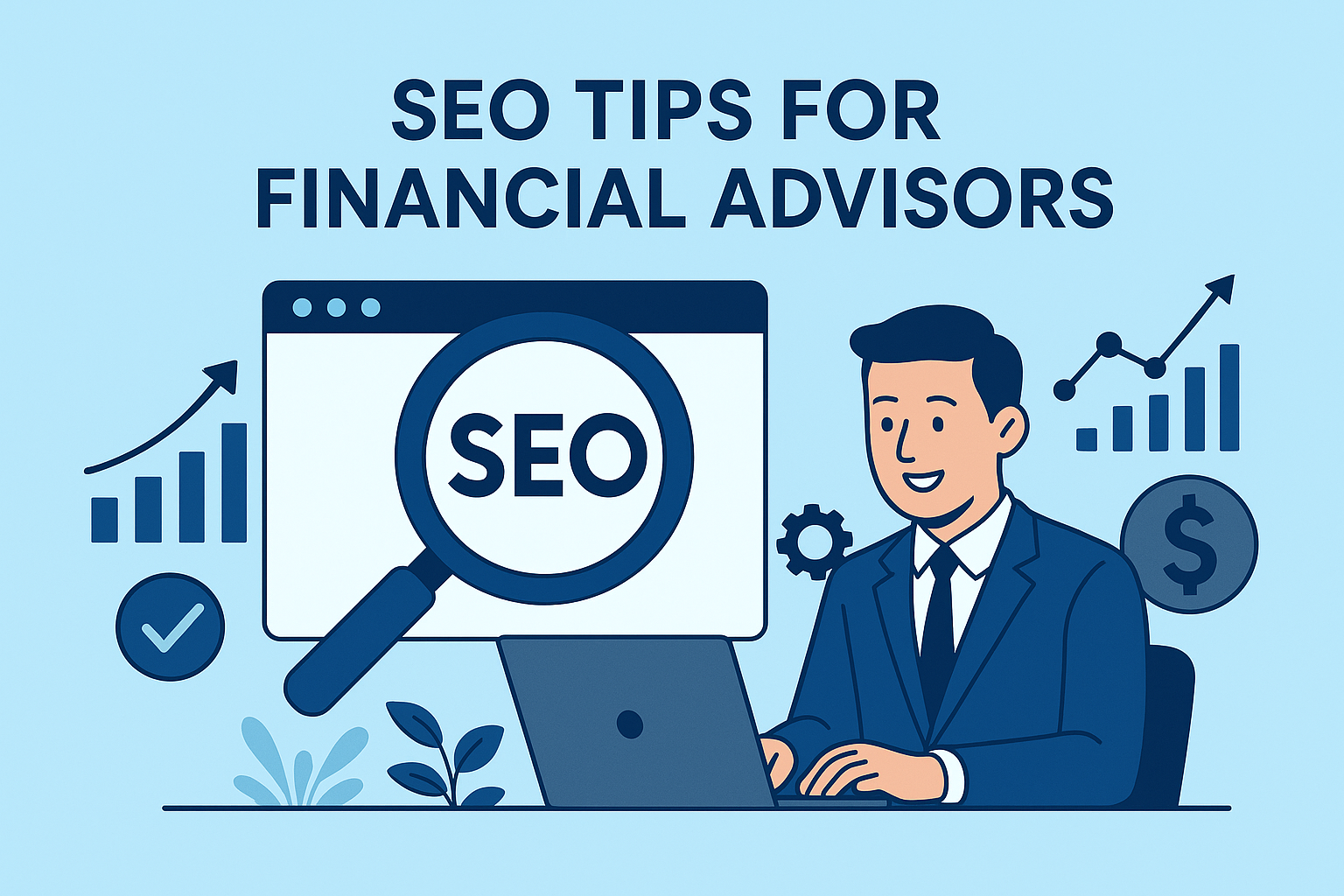
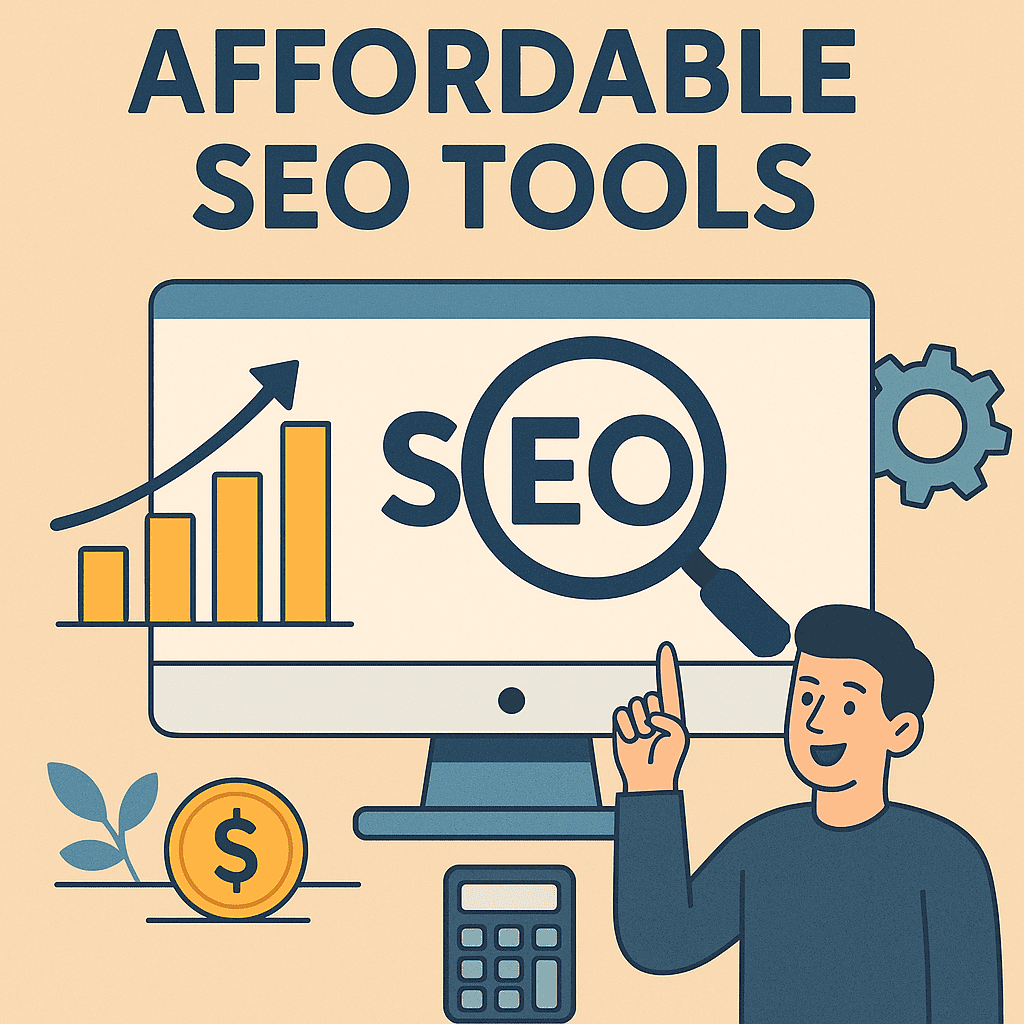
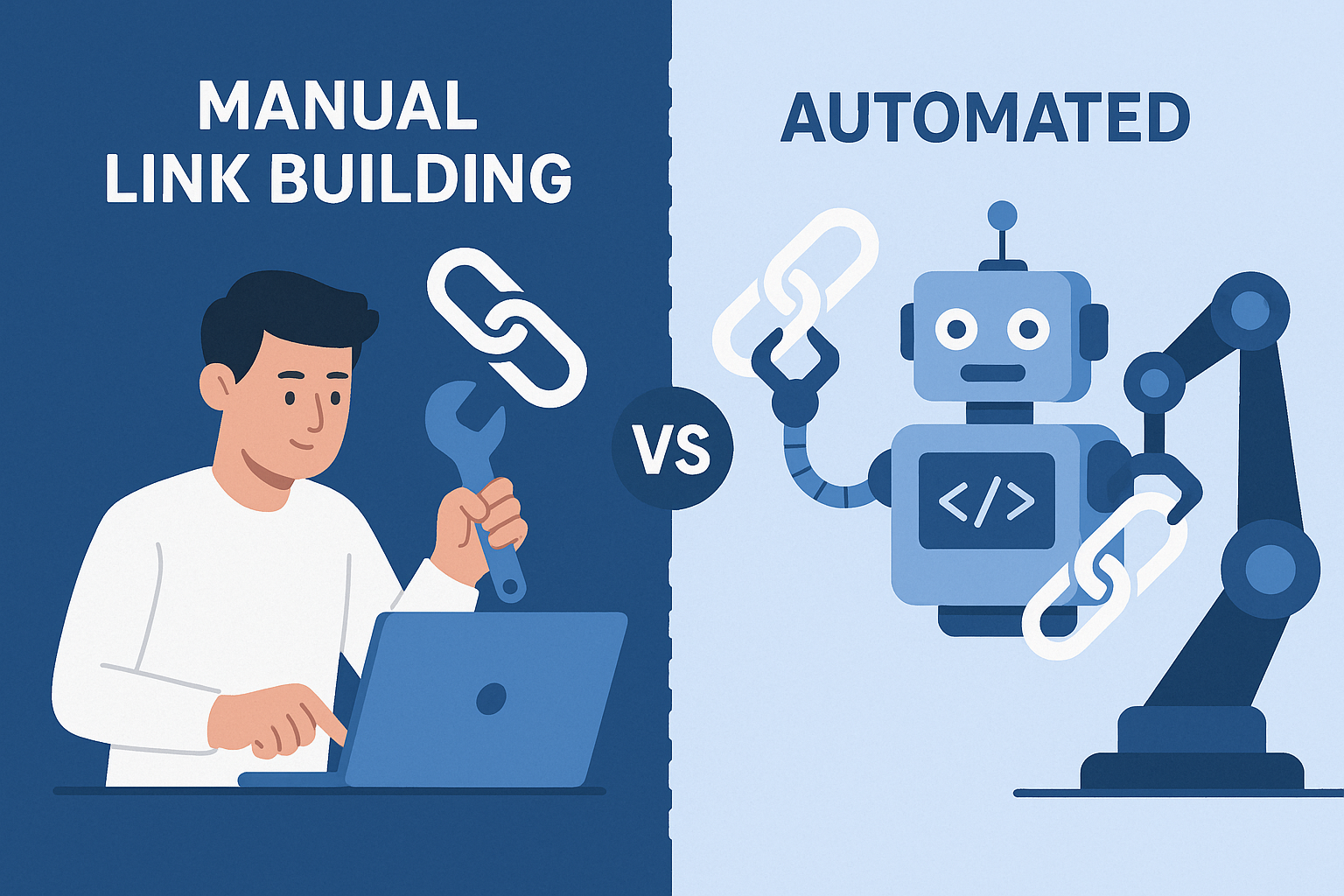

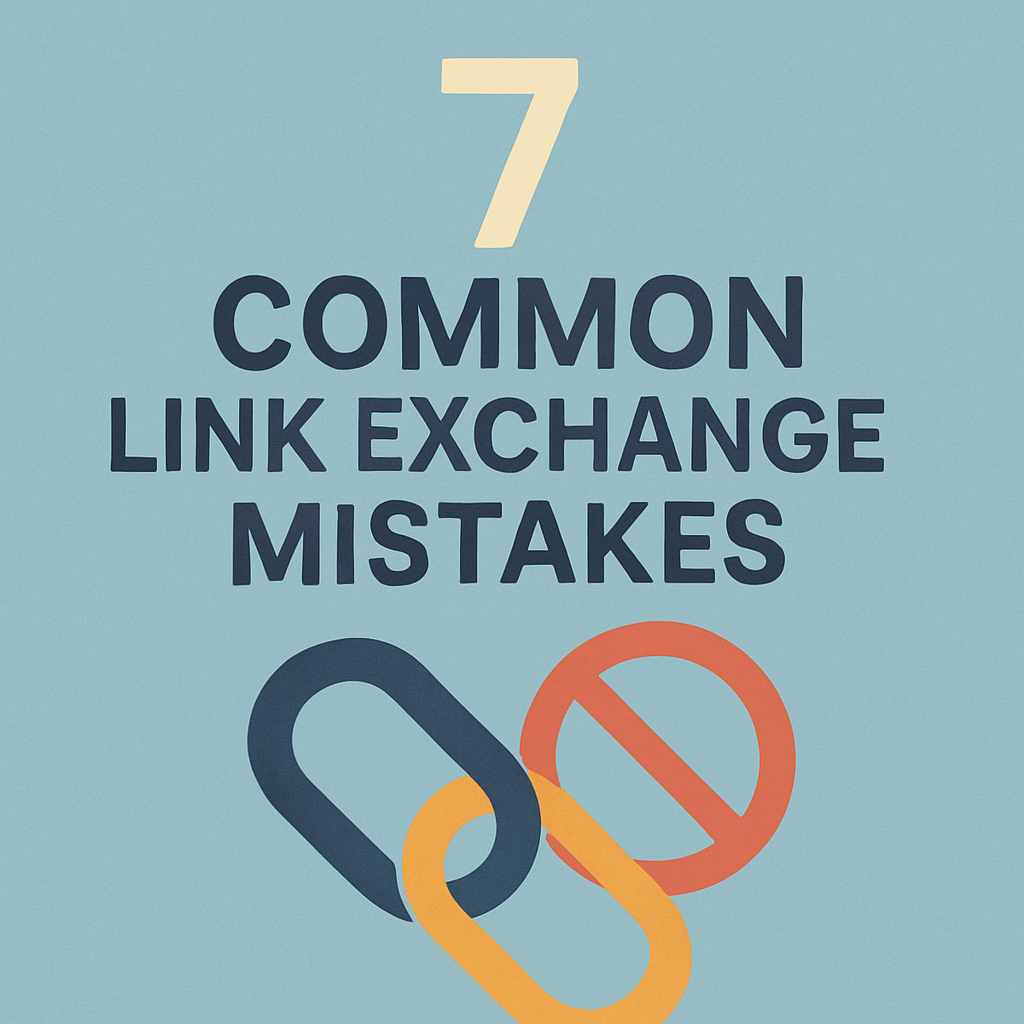
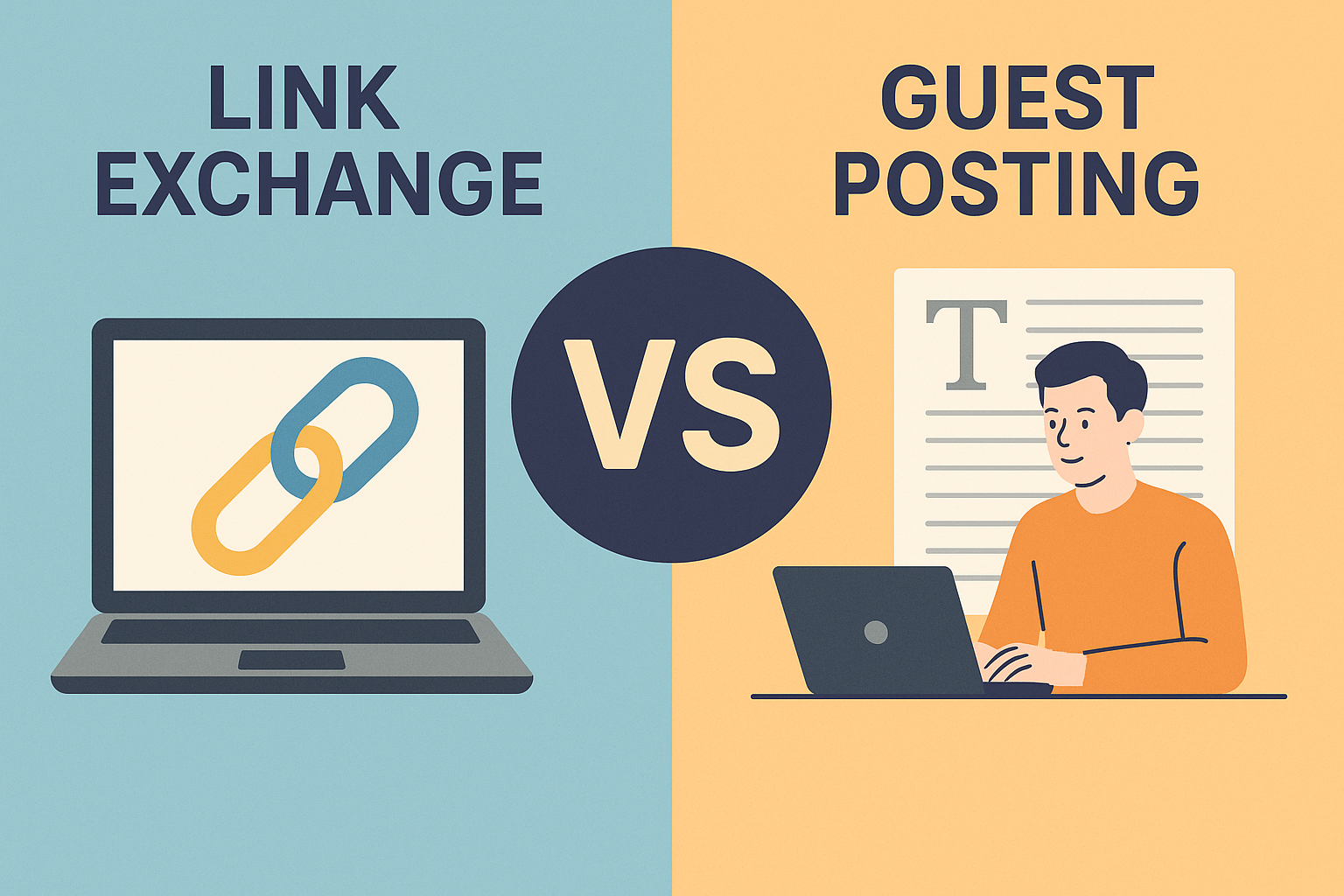
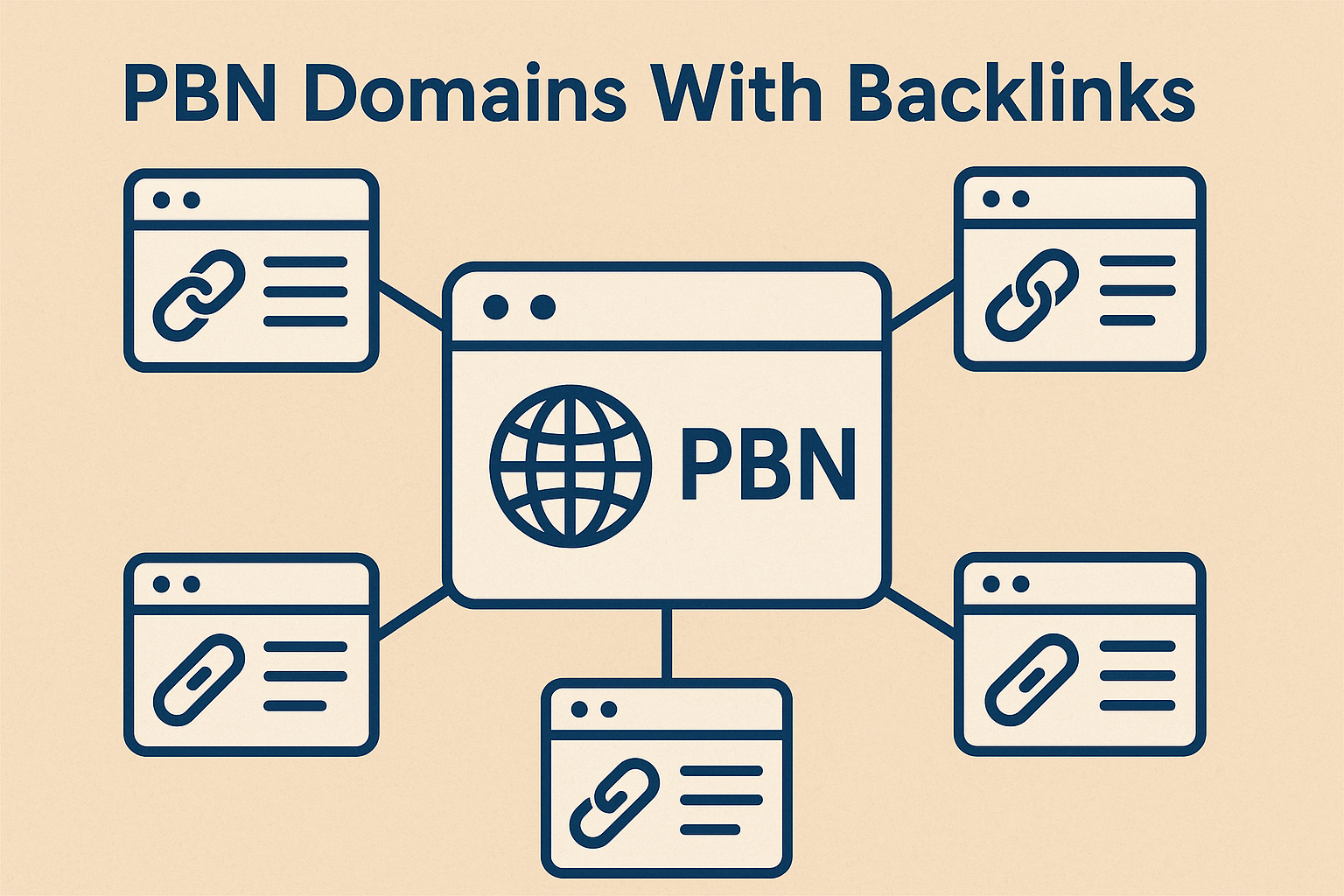
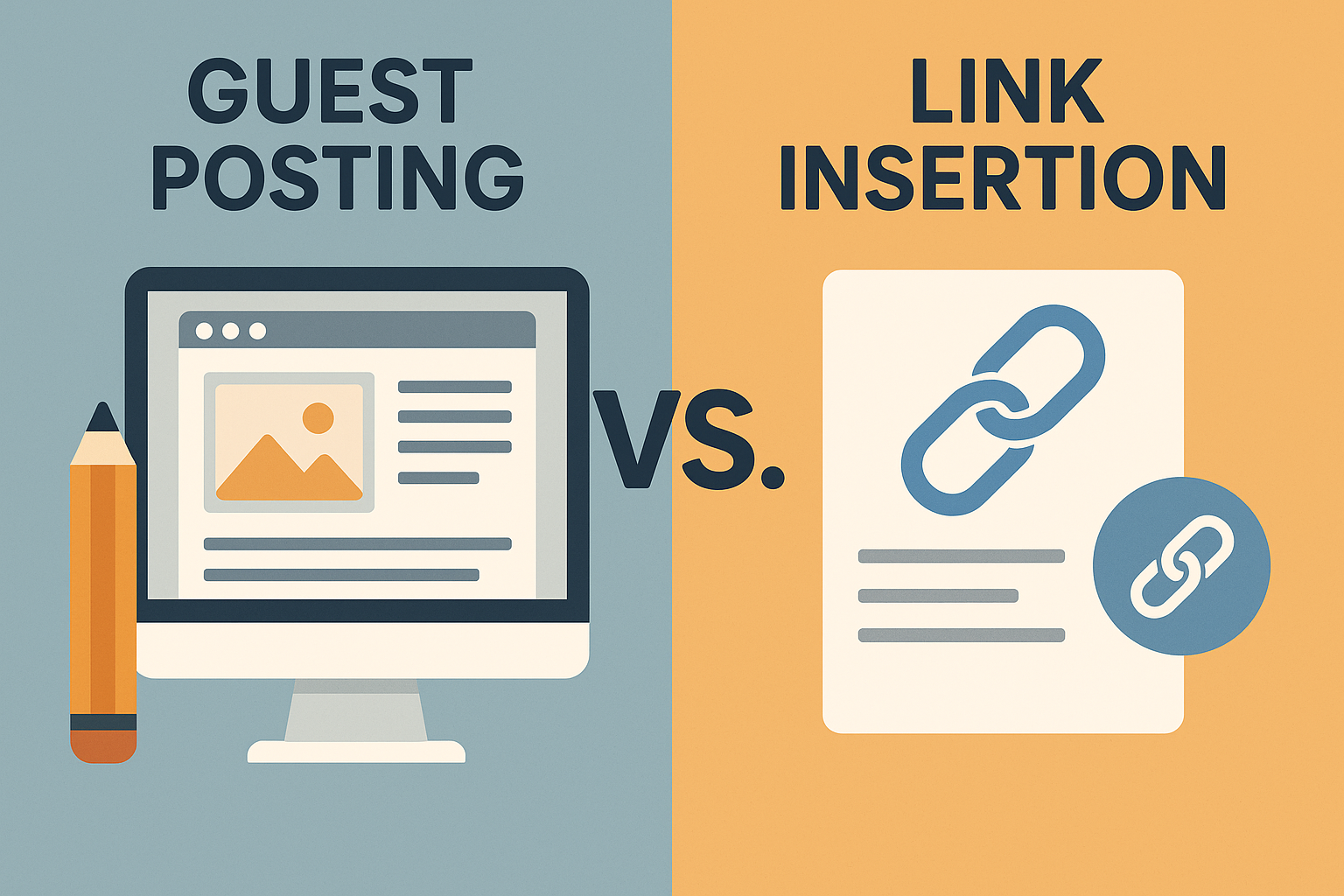
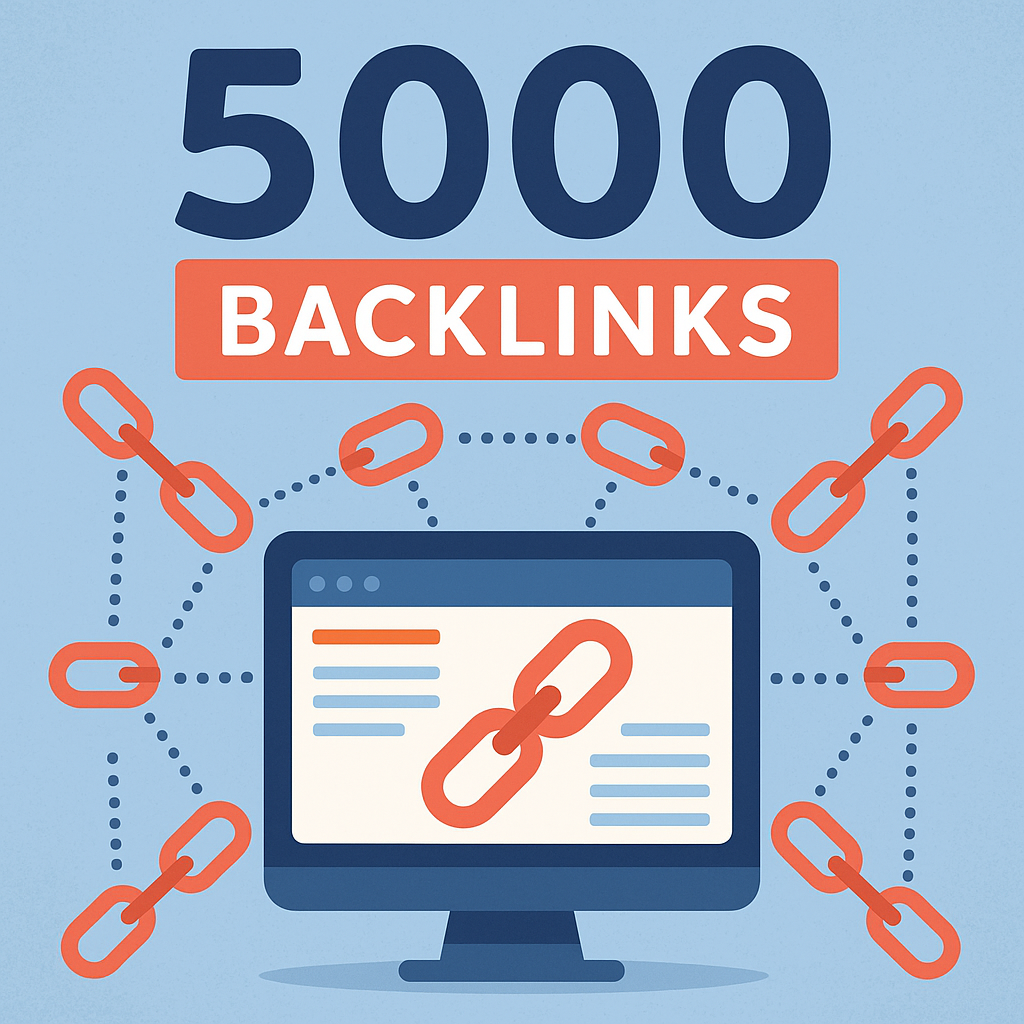

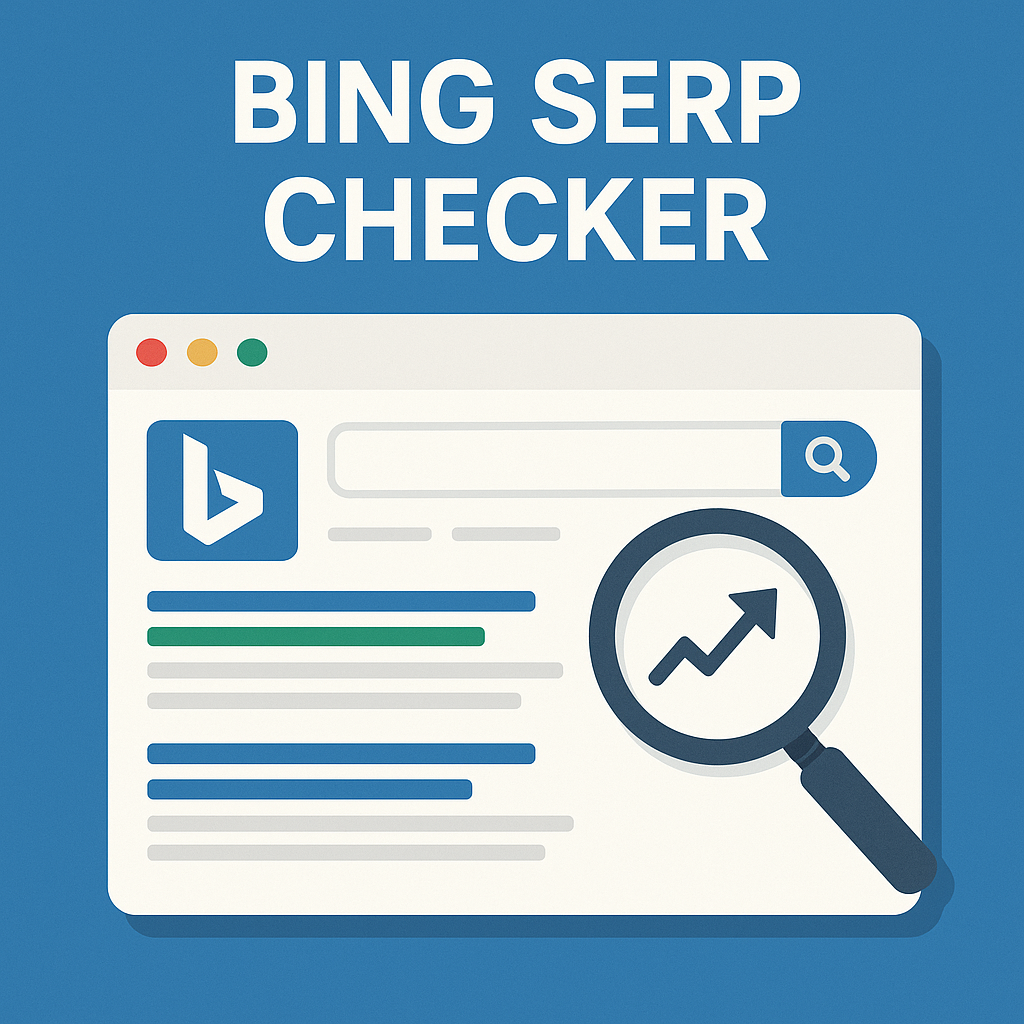
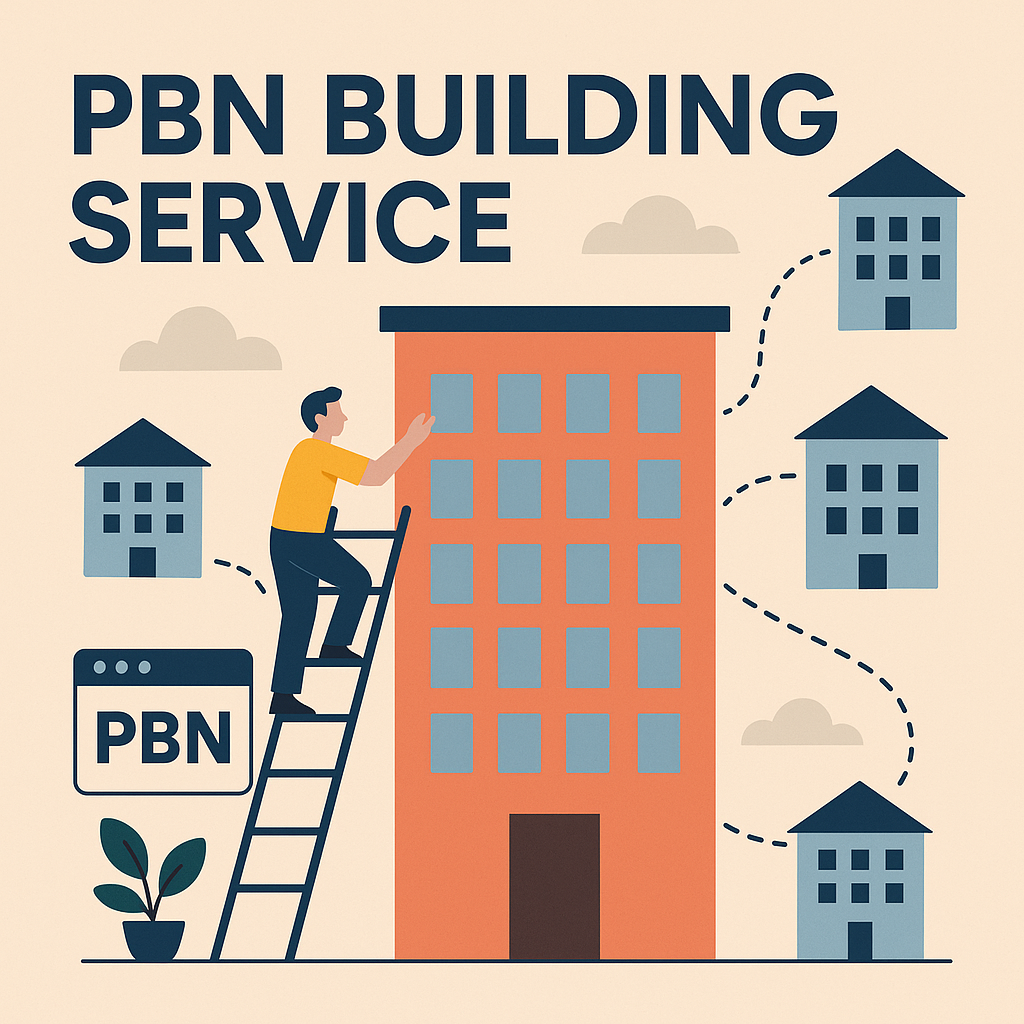
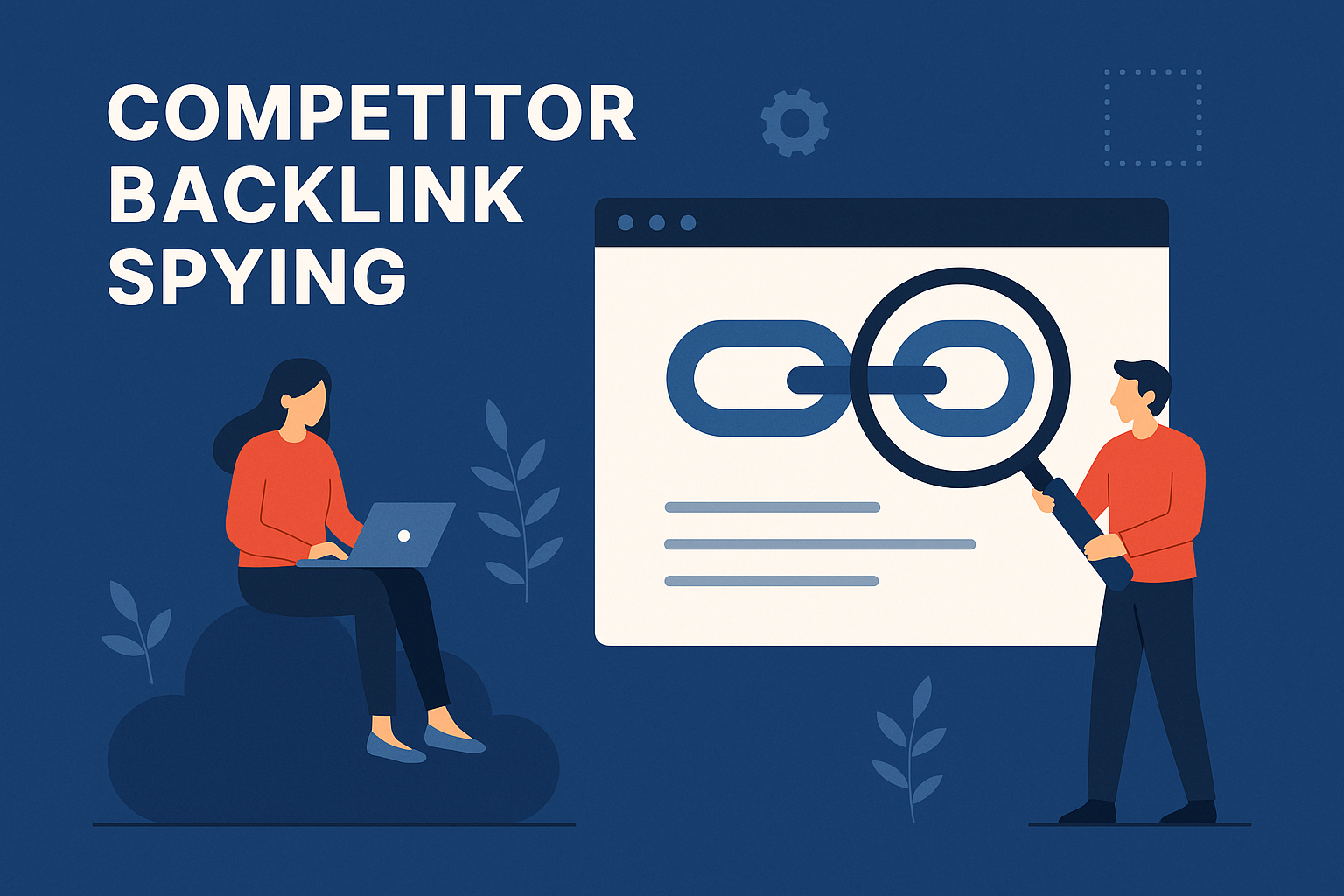
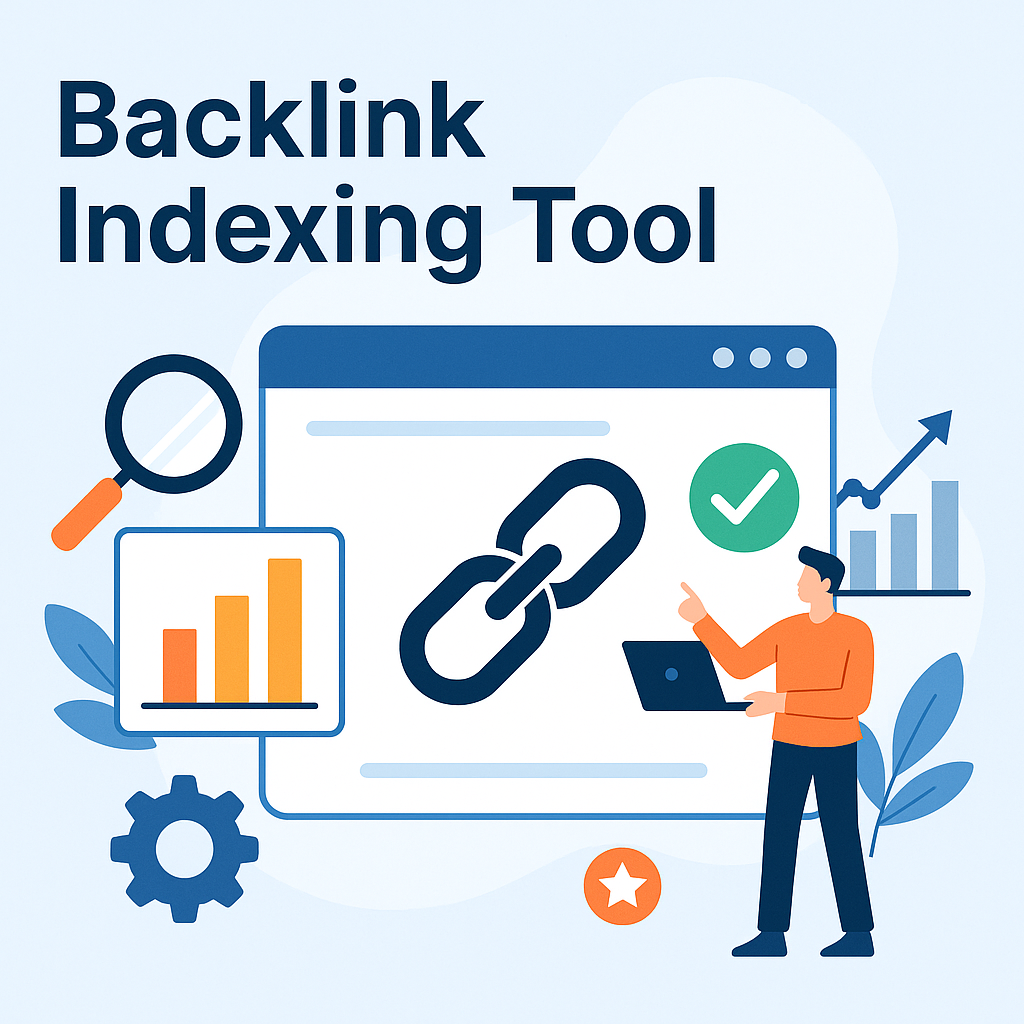
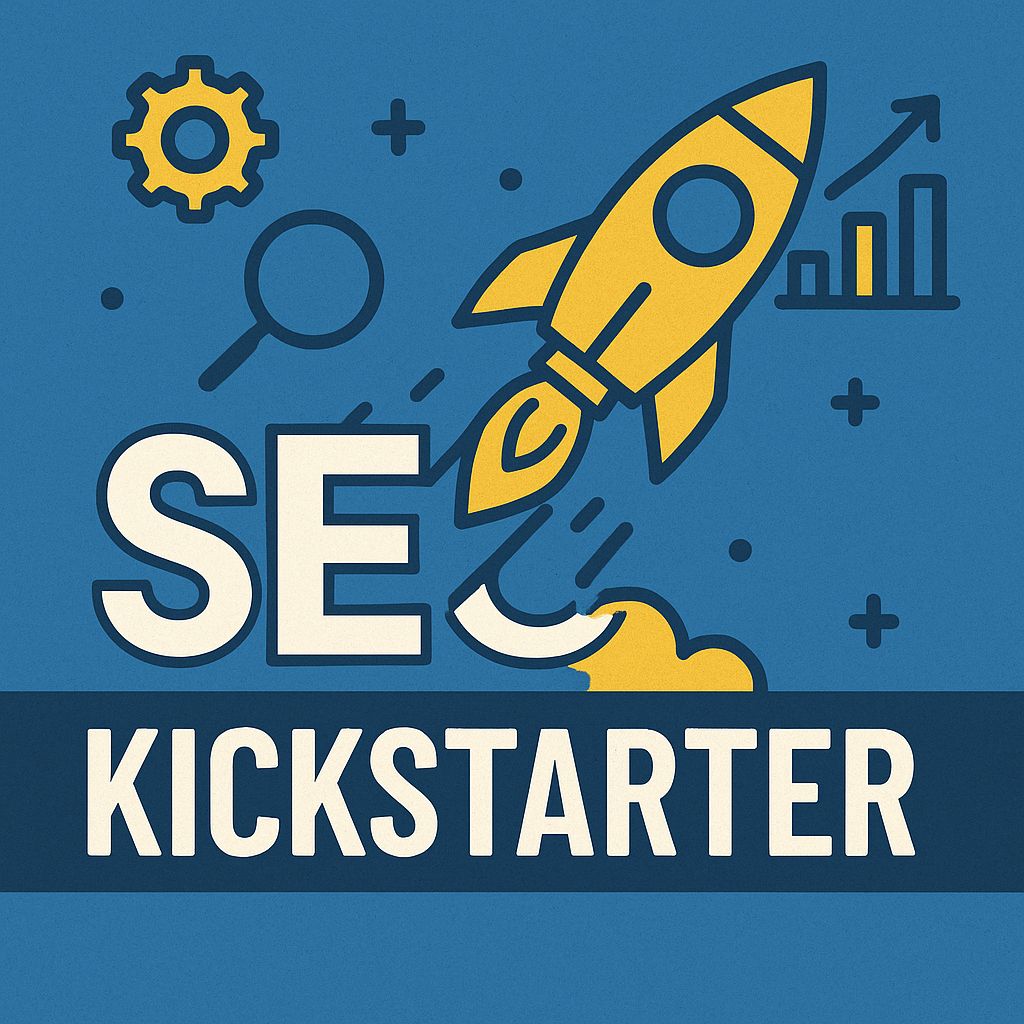

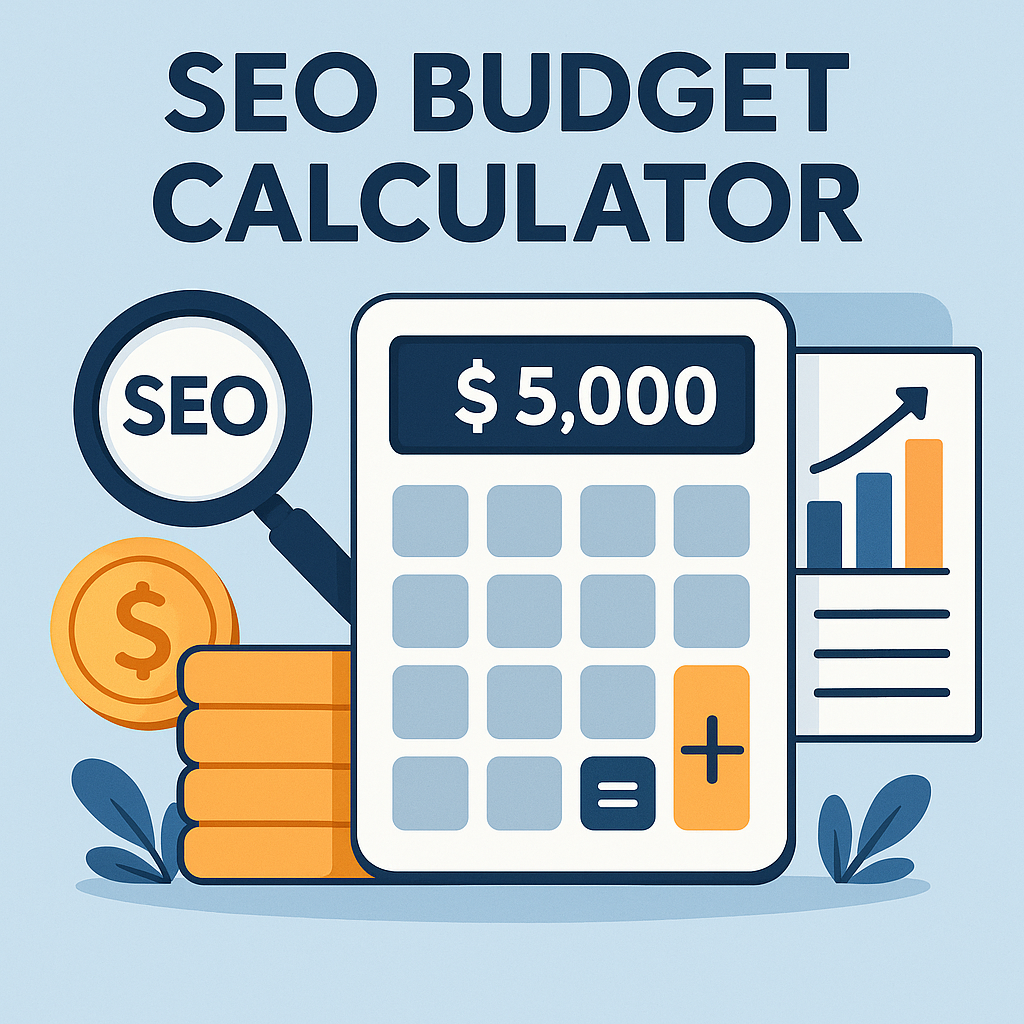
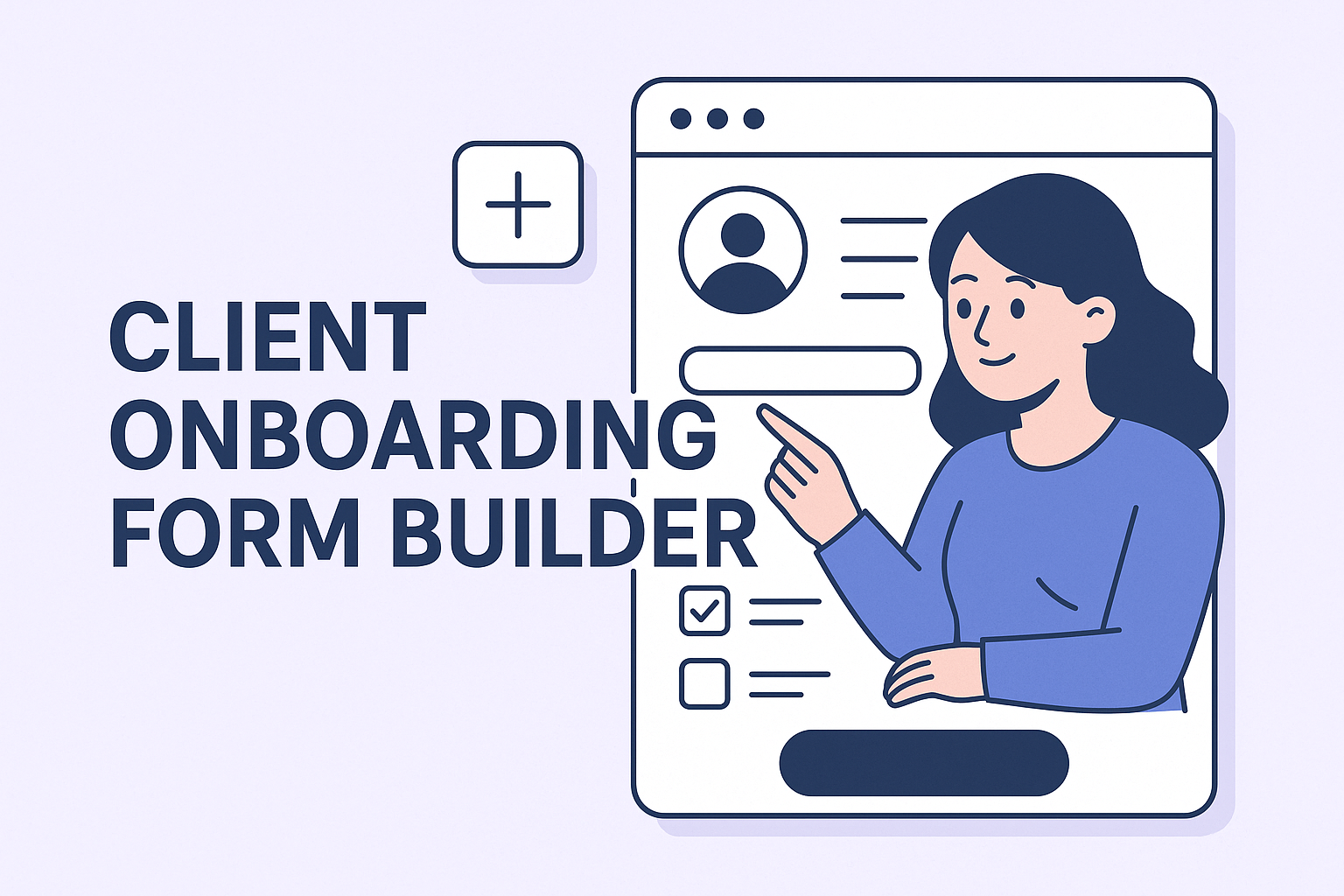
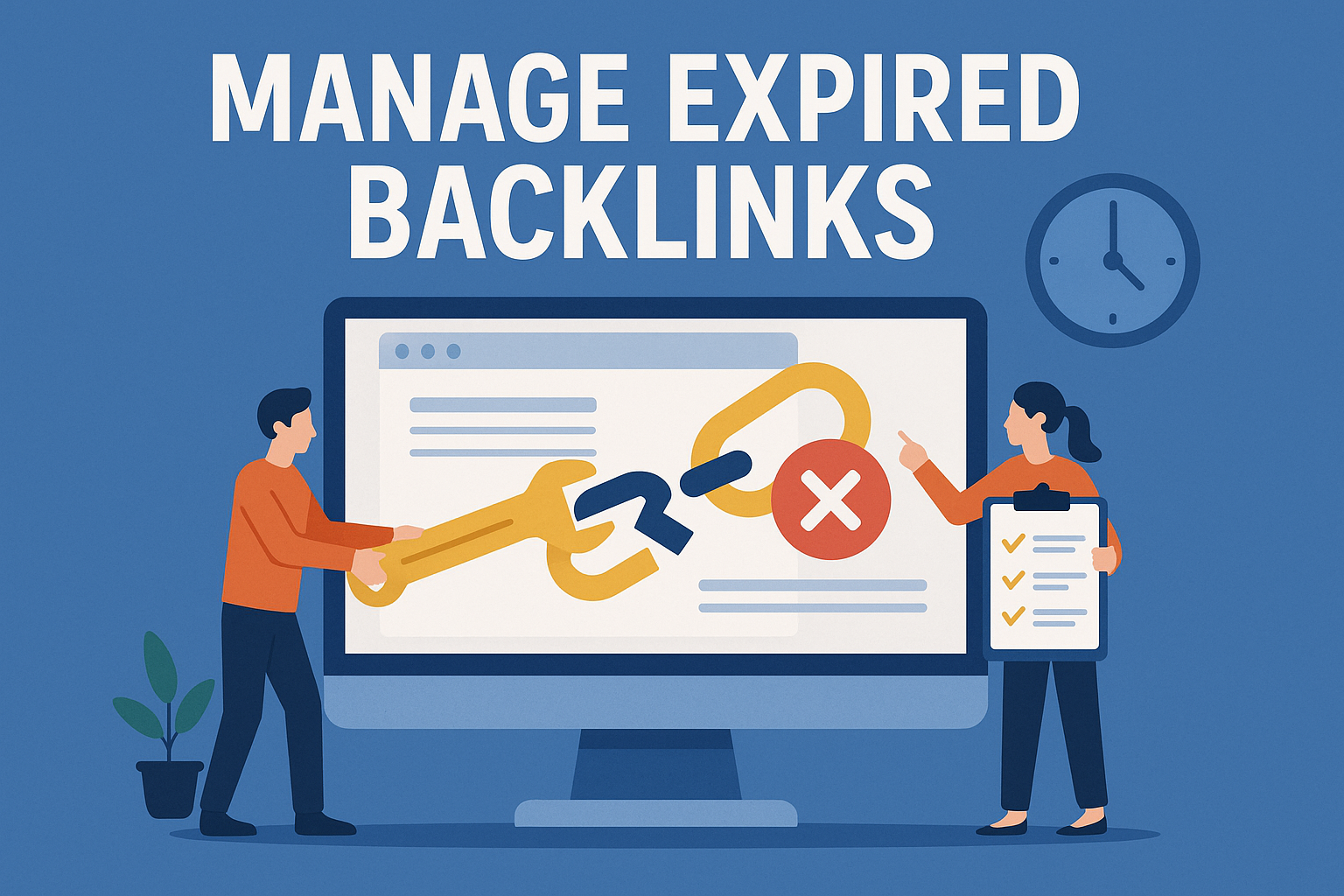
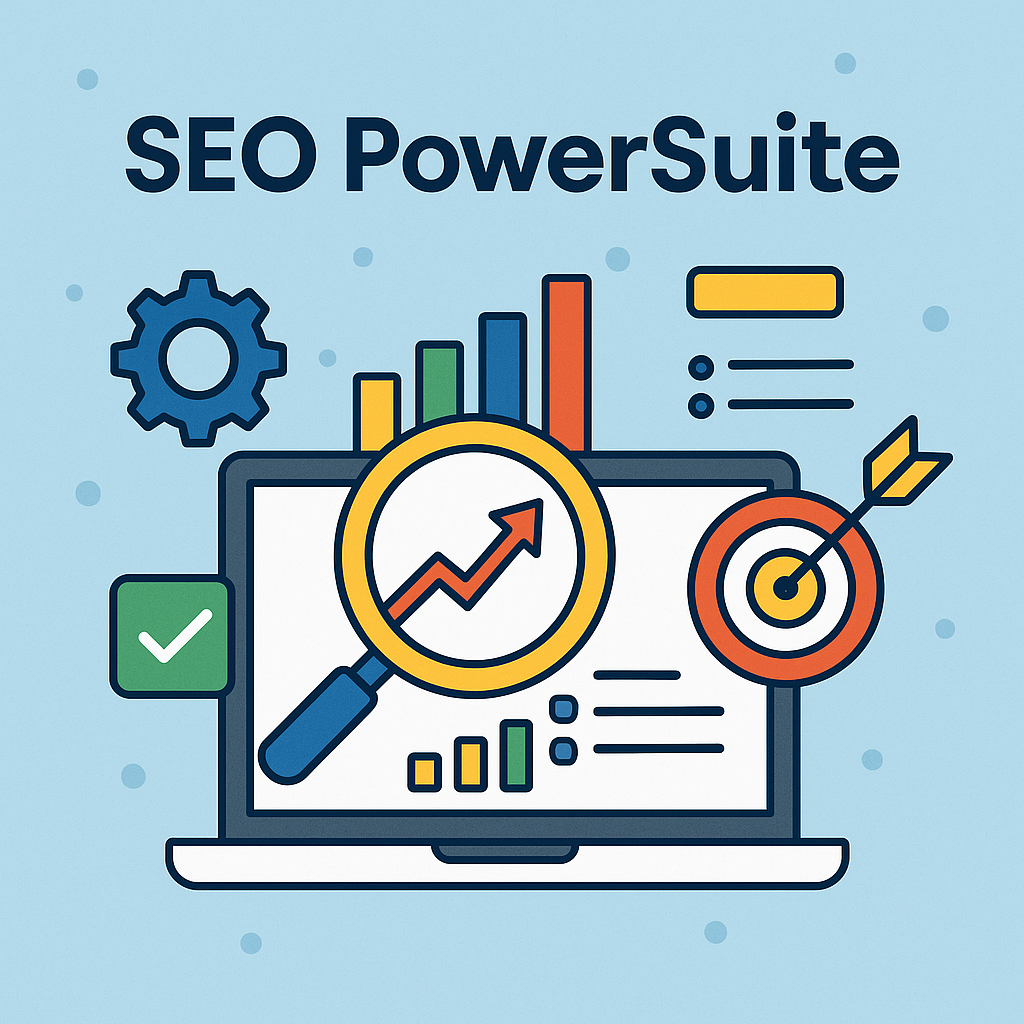
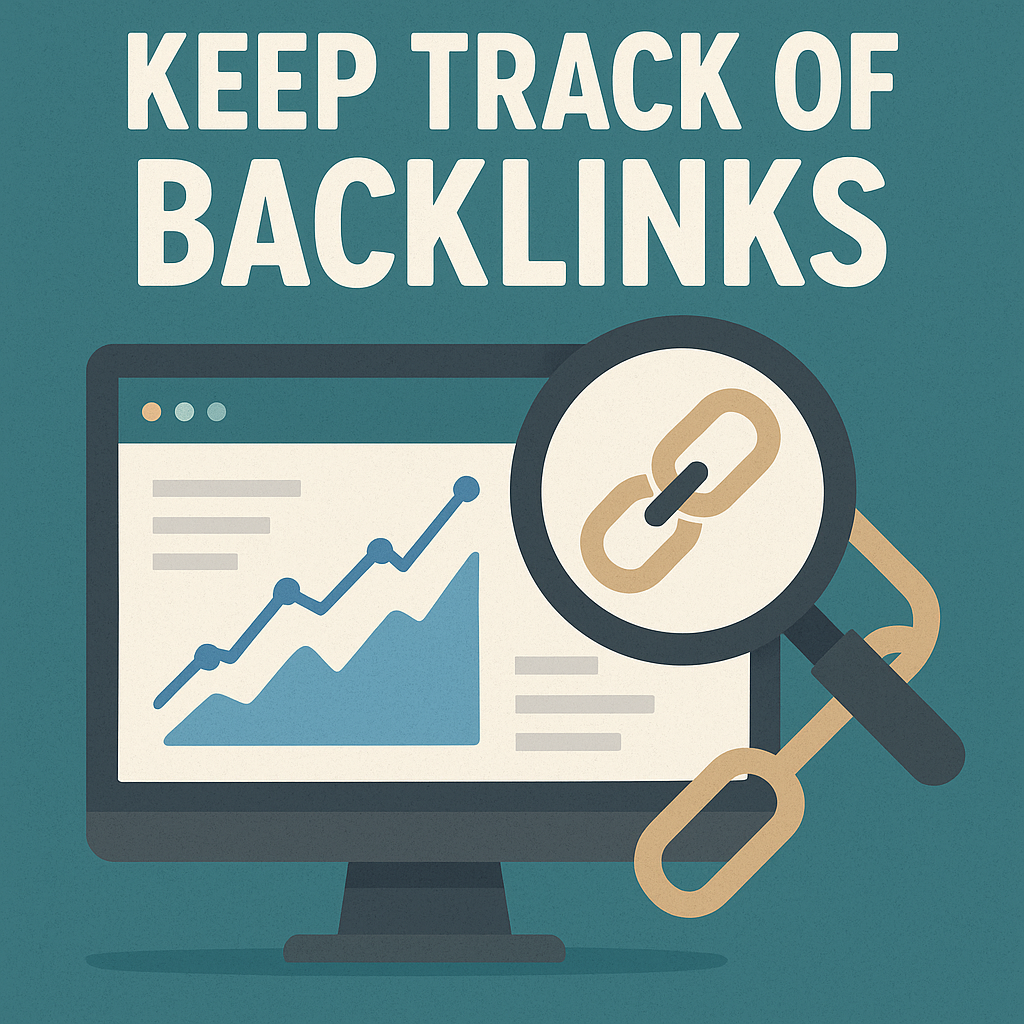
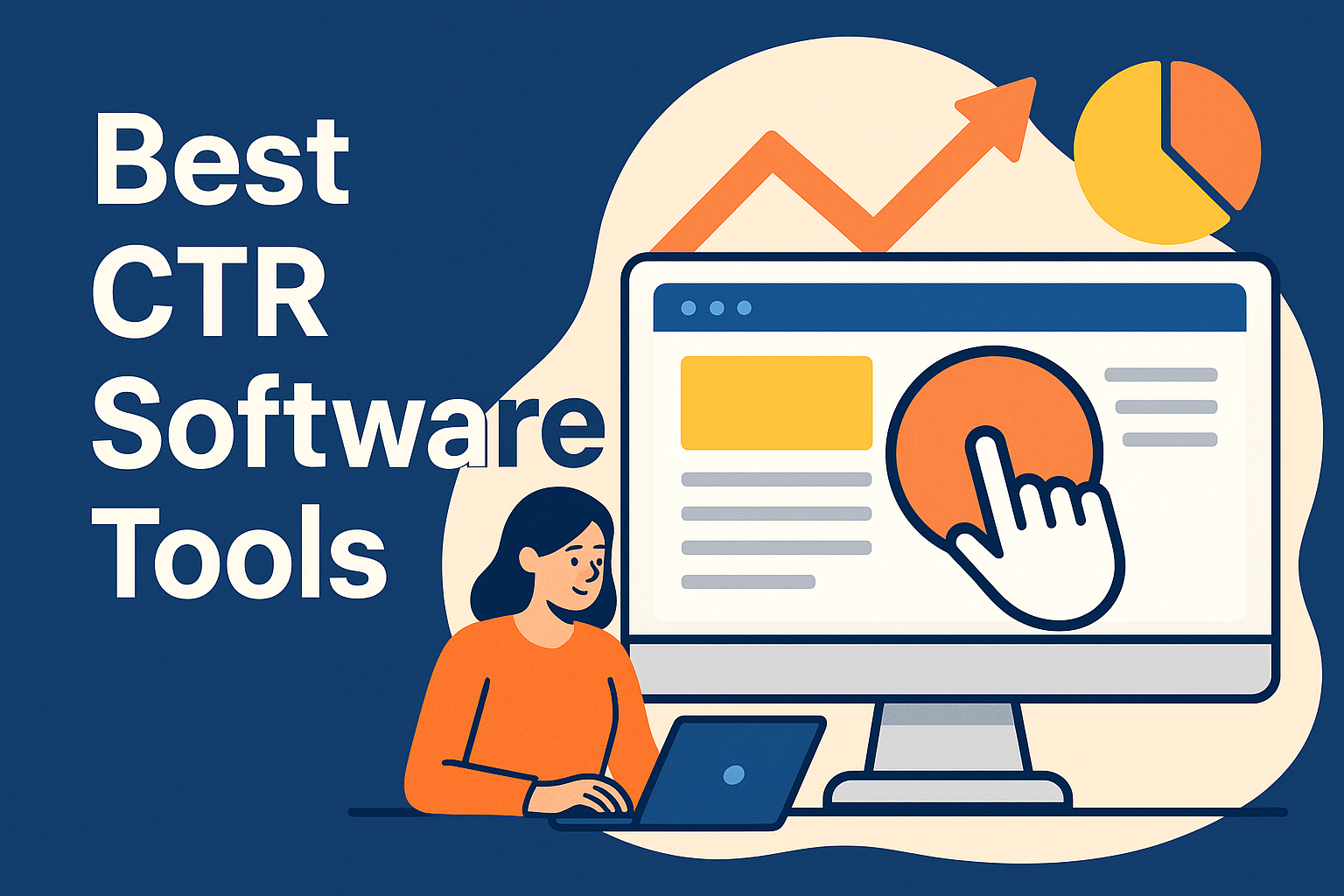
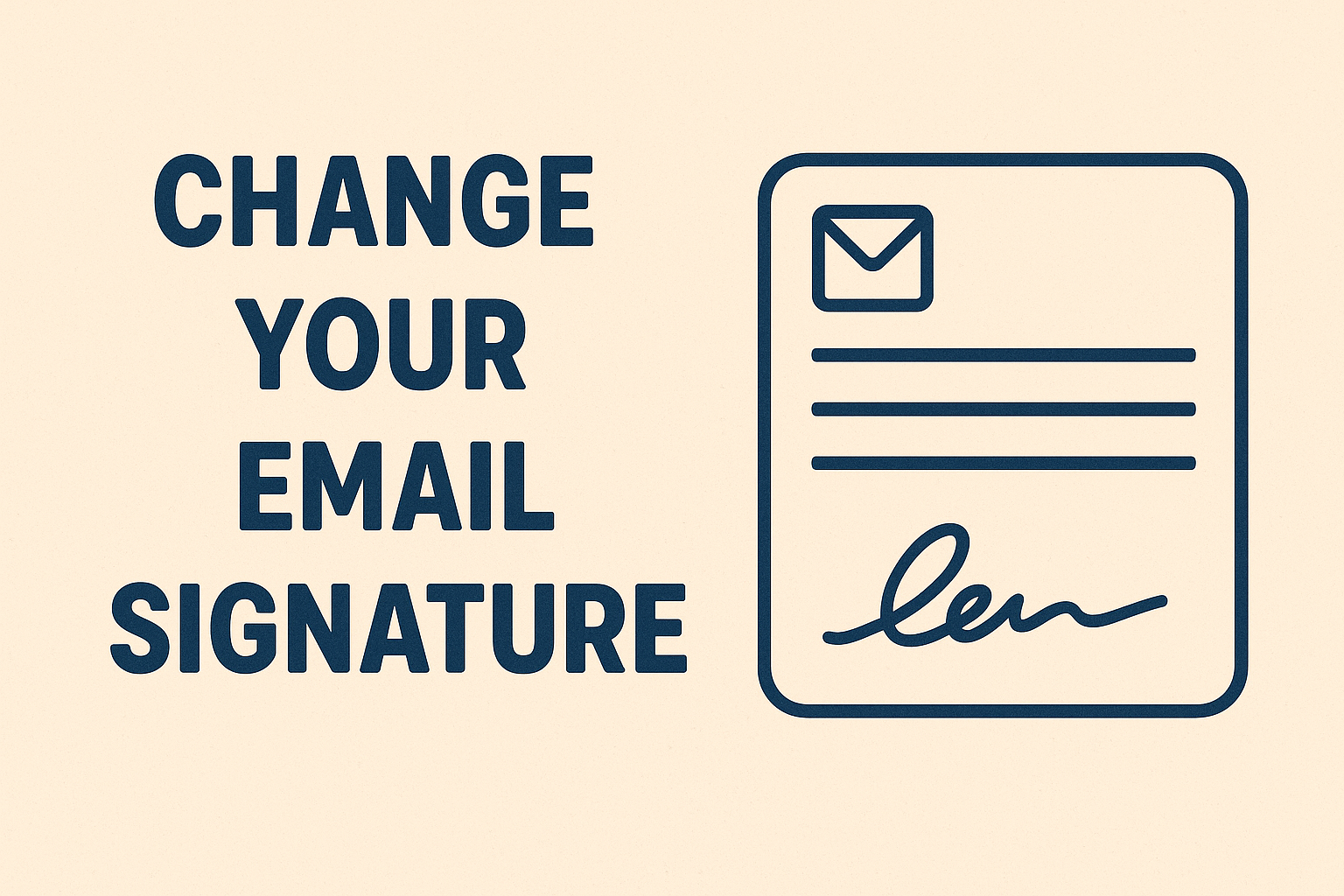
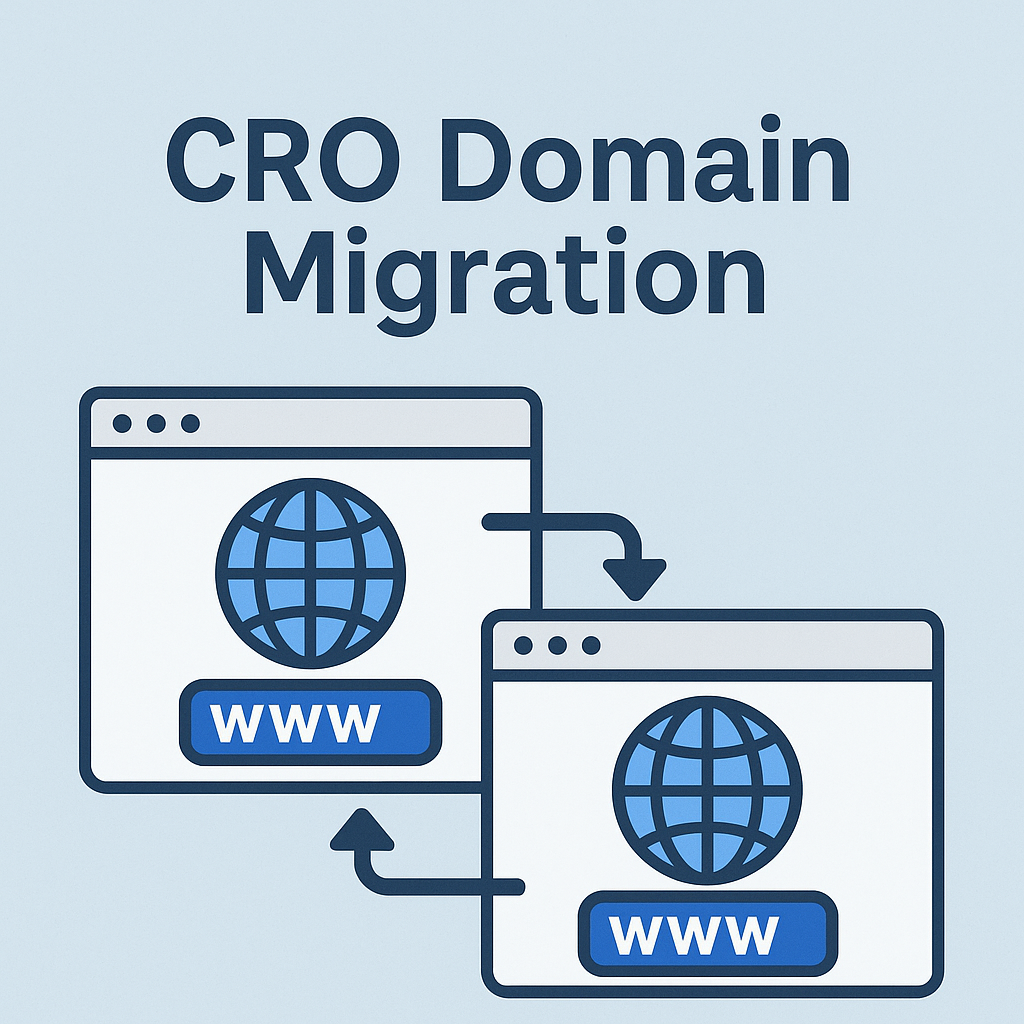
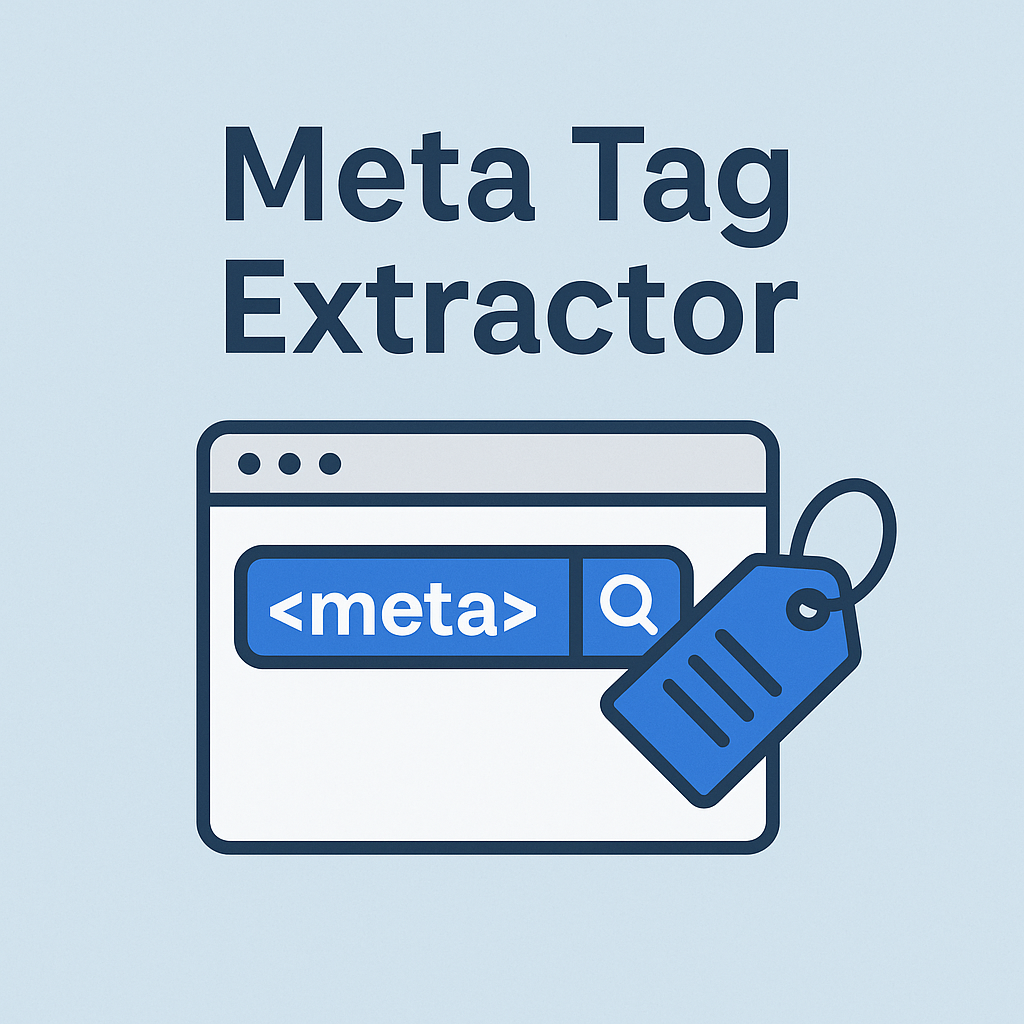
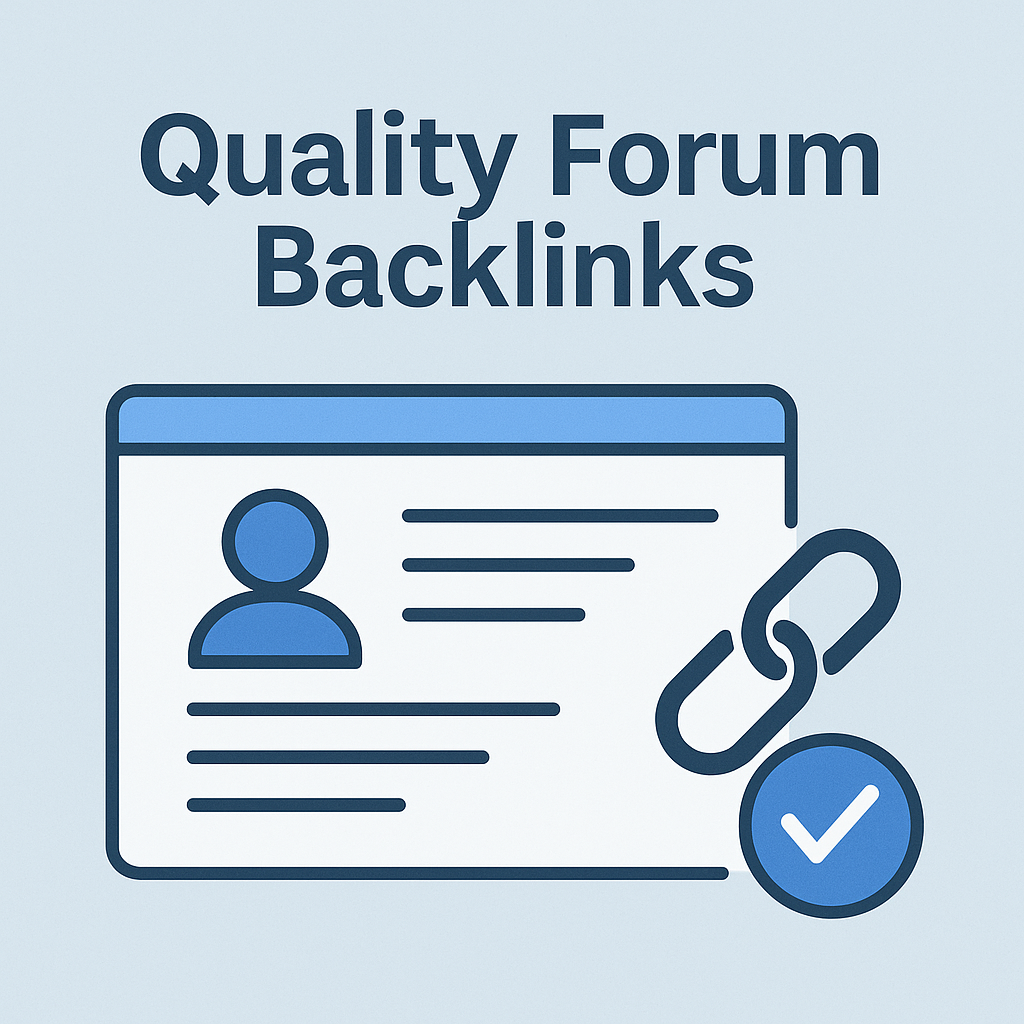
![Best Link Exchange Sites [Free & Safe] – Top 5 Picks](https://backlinkmanagement.io/wp-content/uploads/2025/04/Free-Link-Exchange.png)


